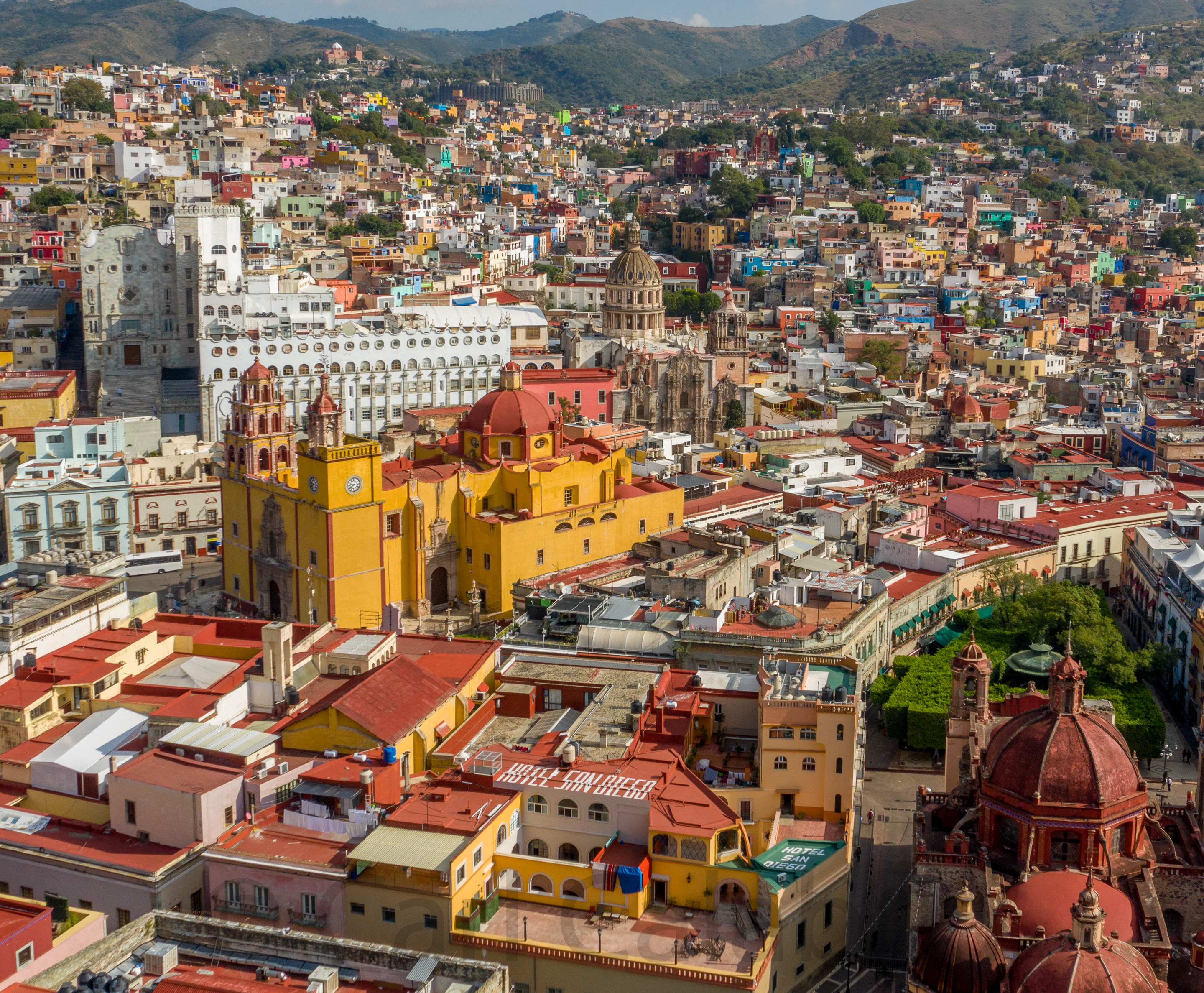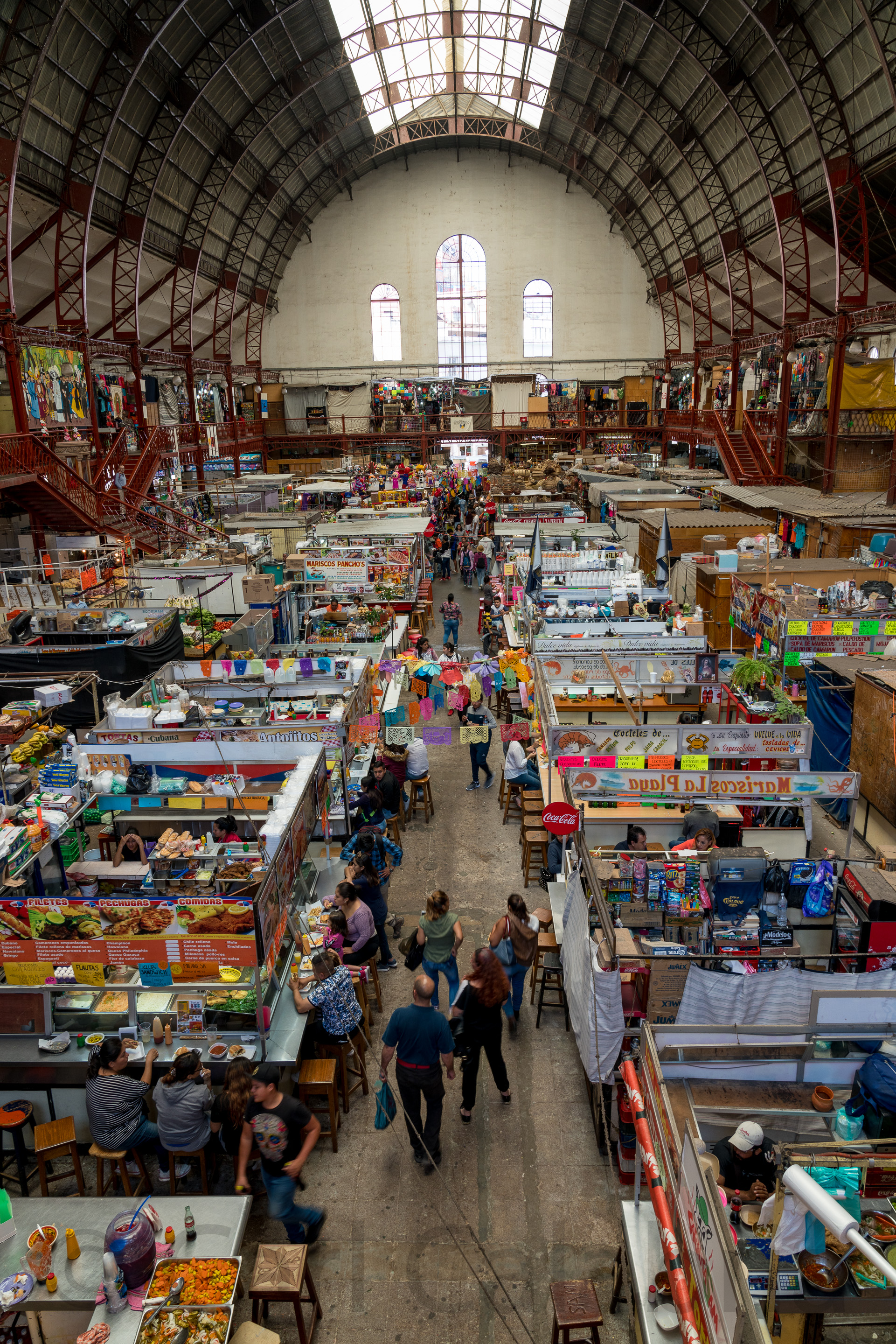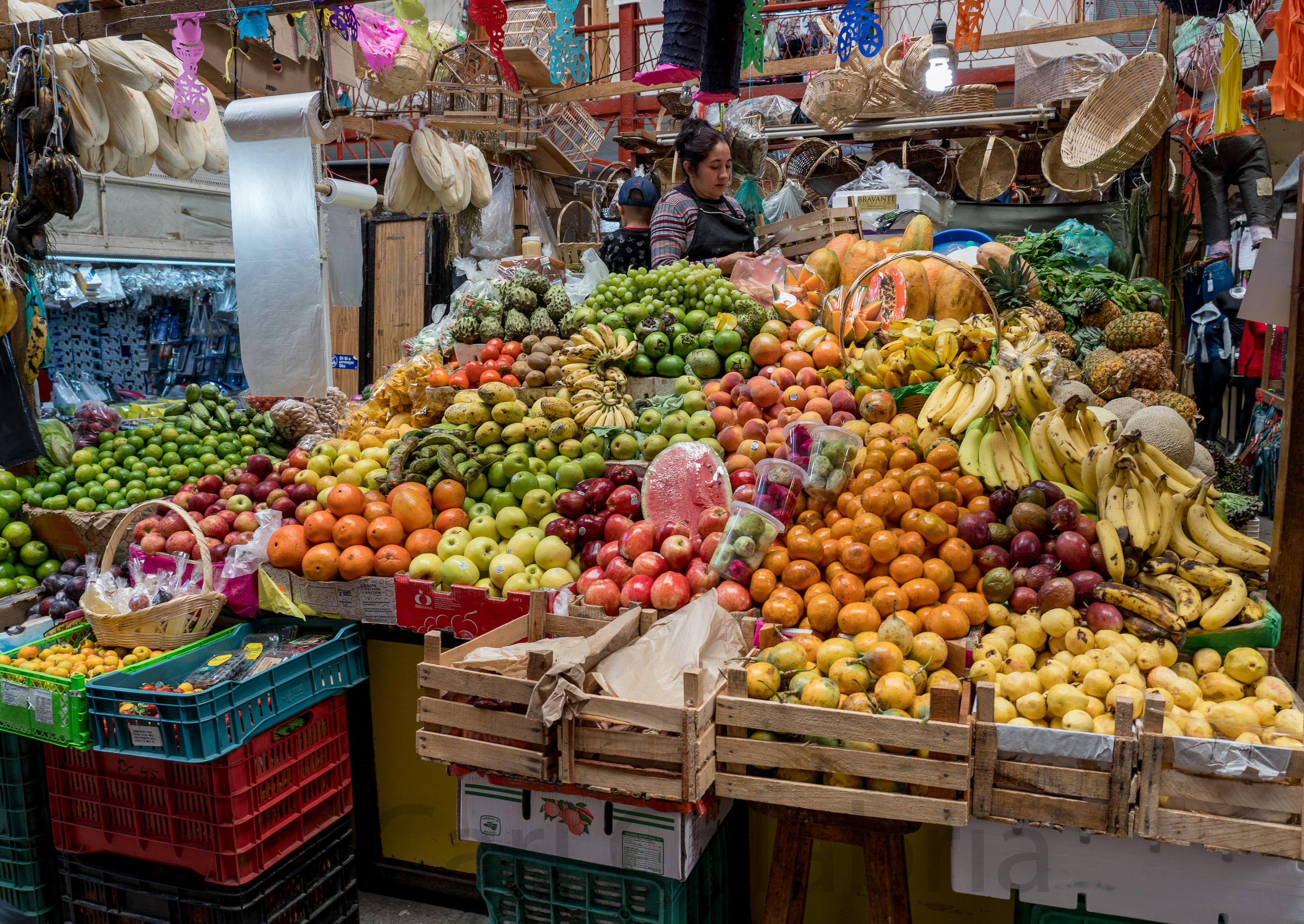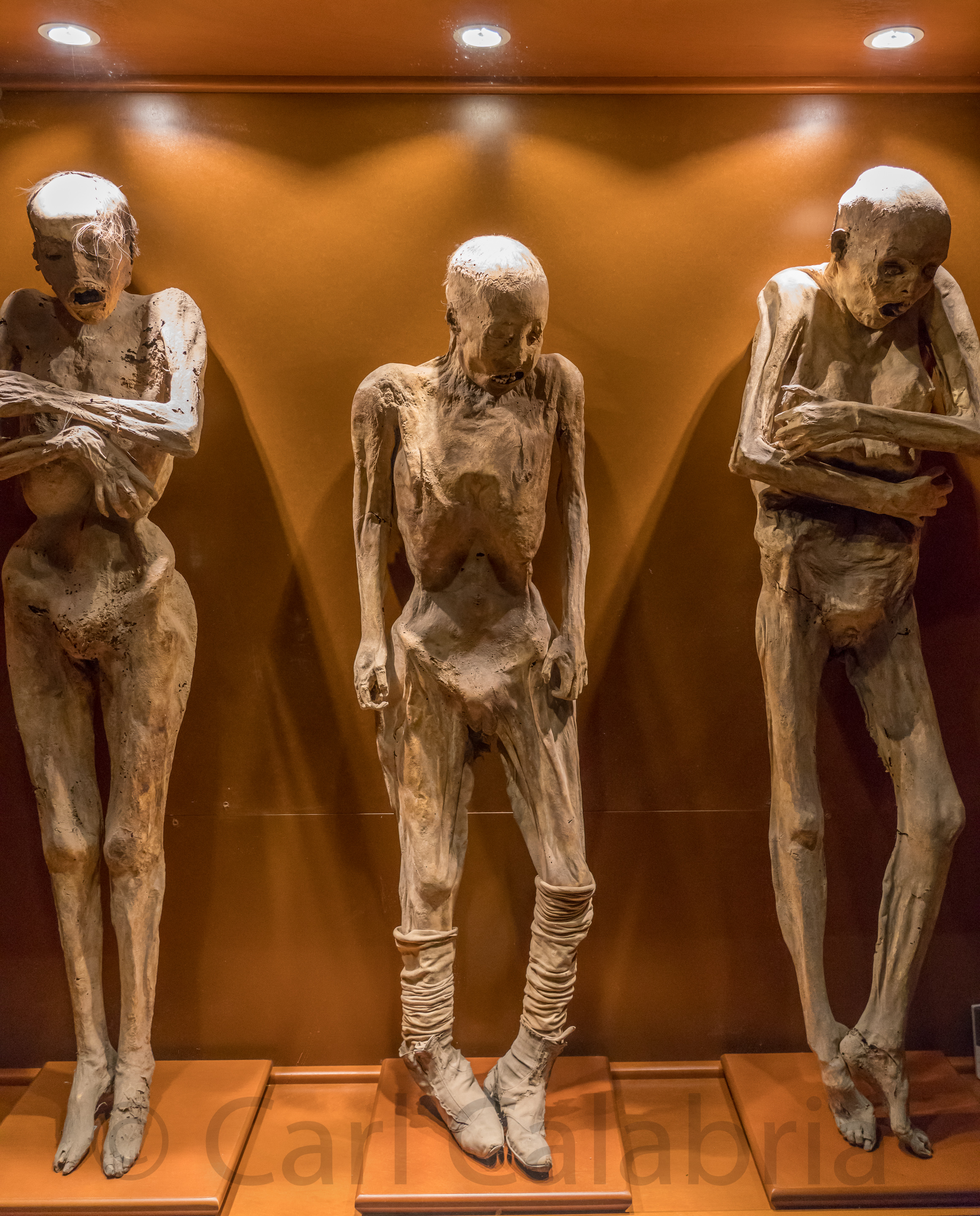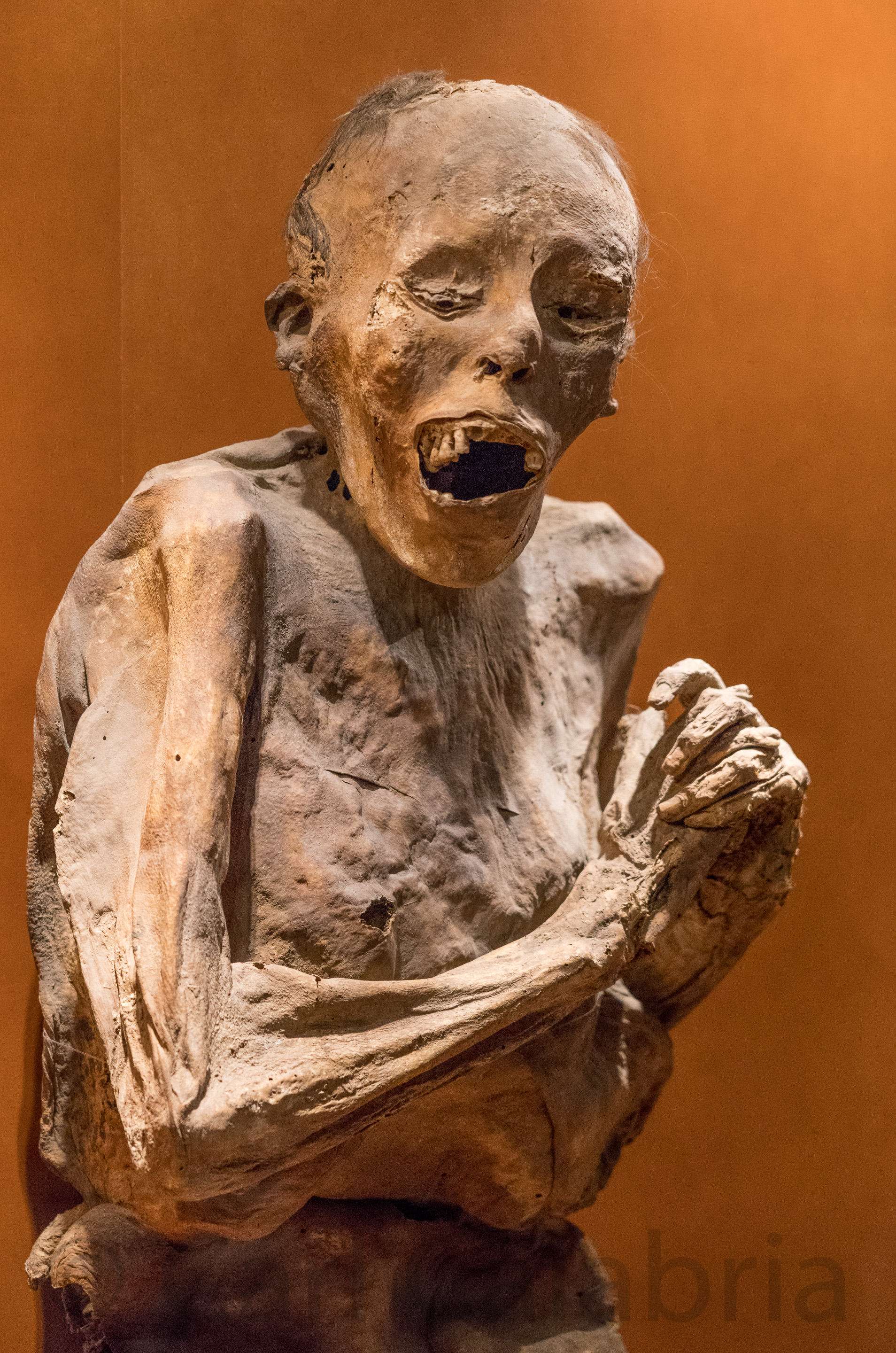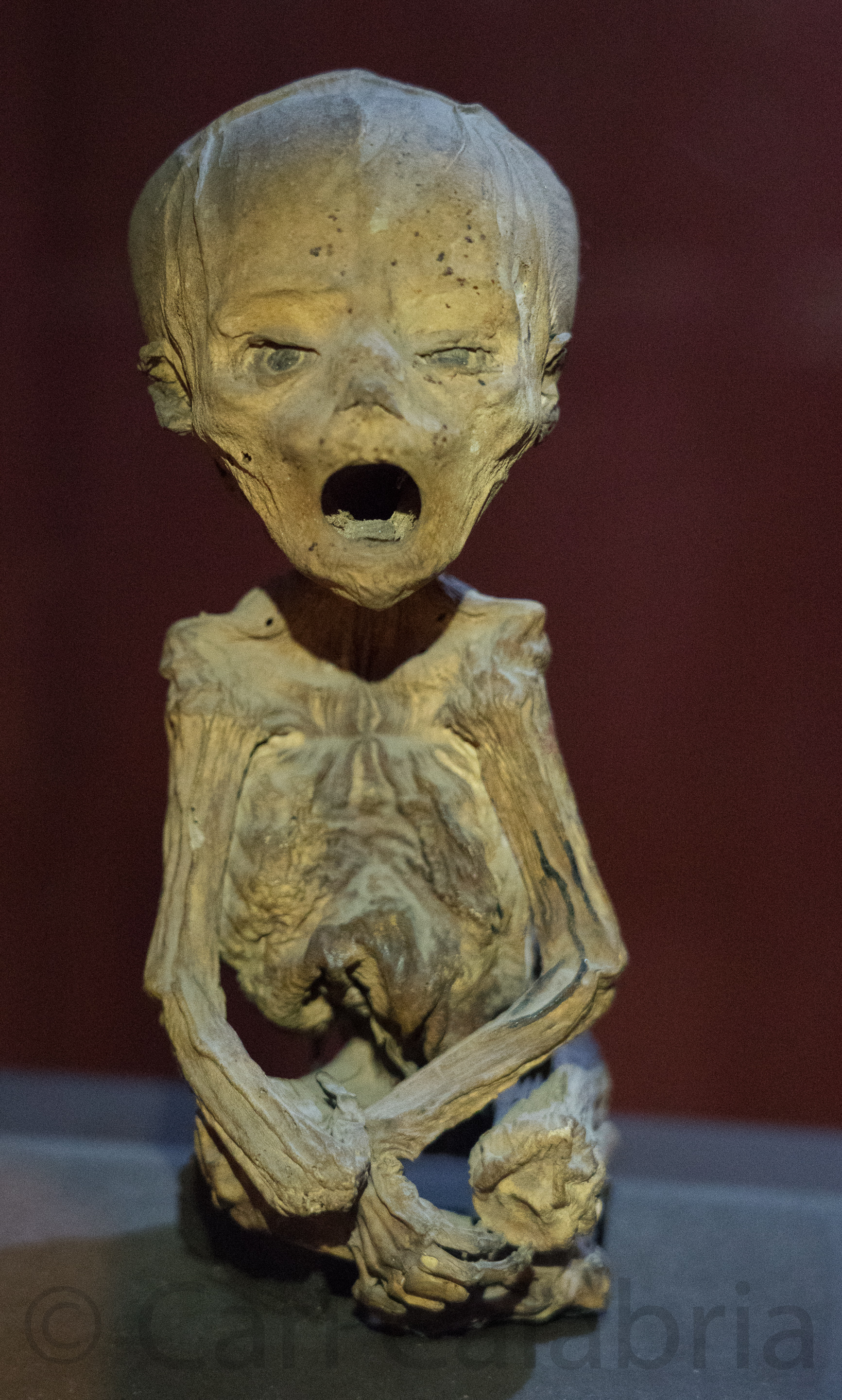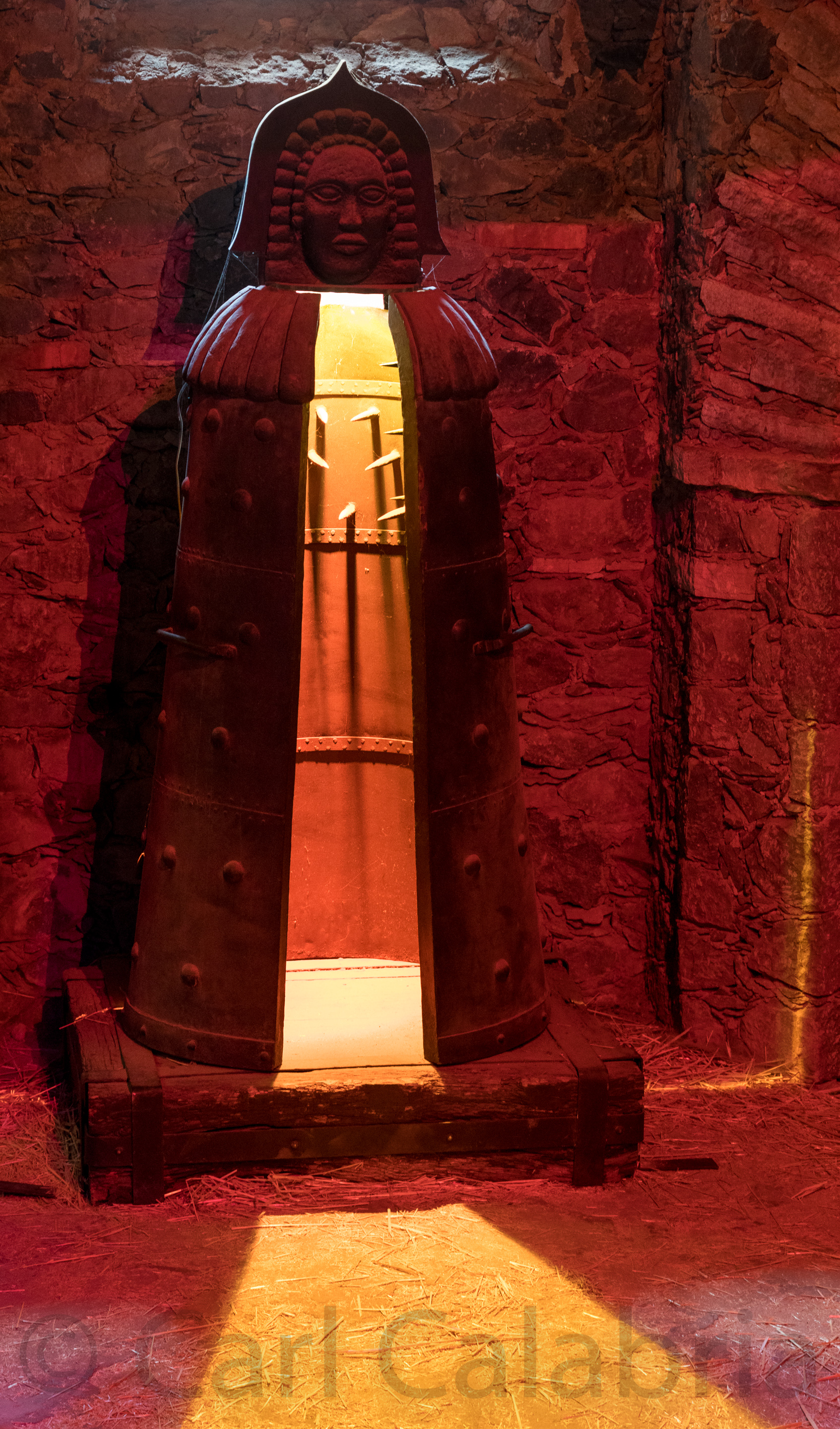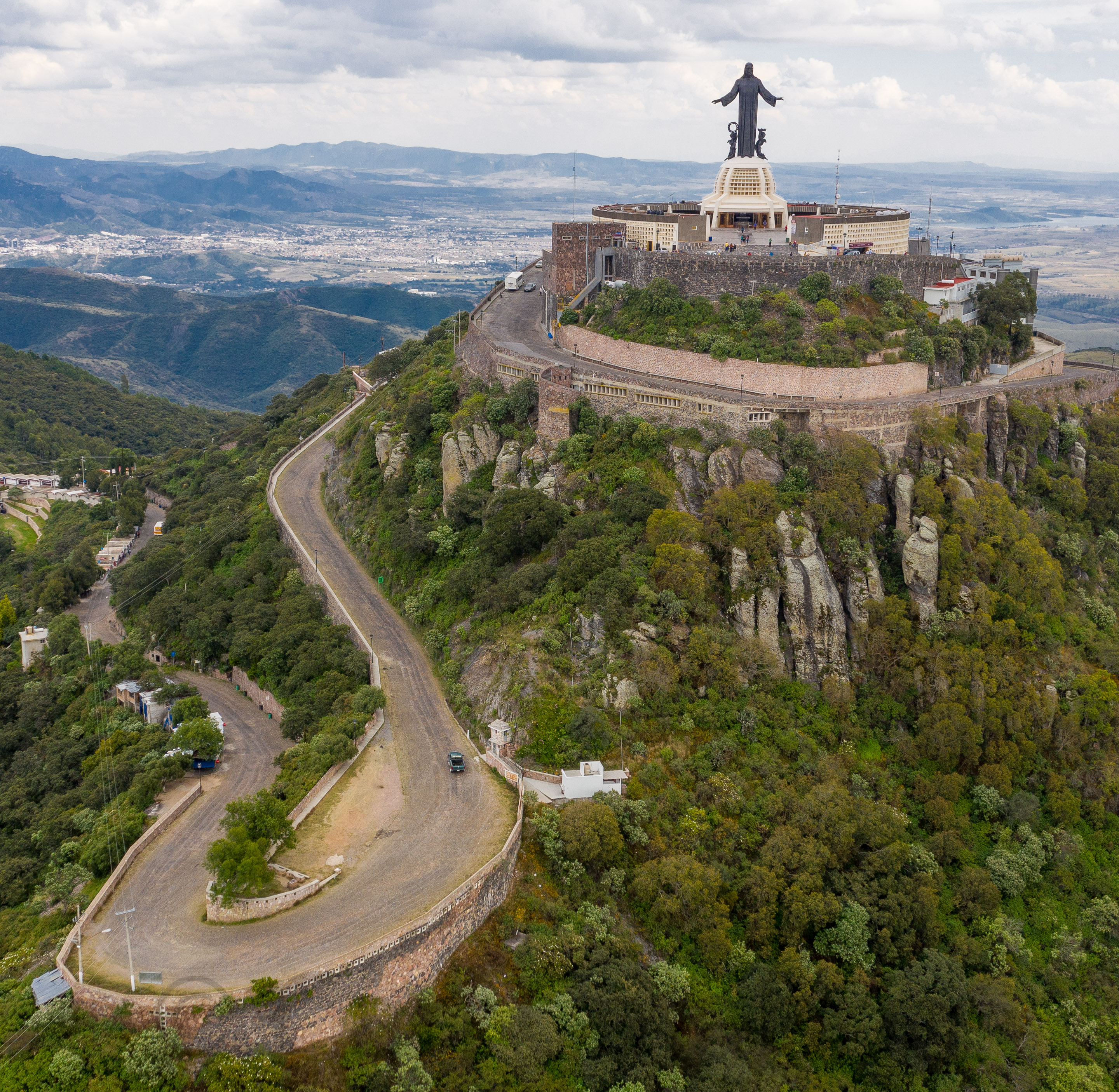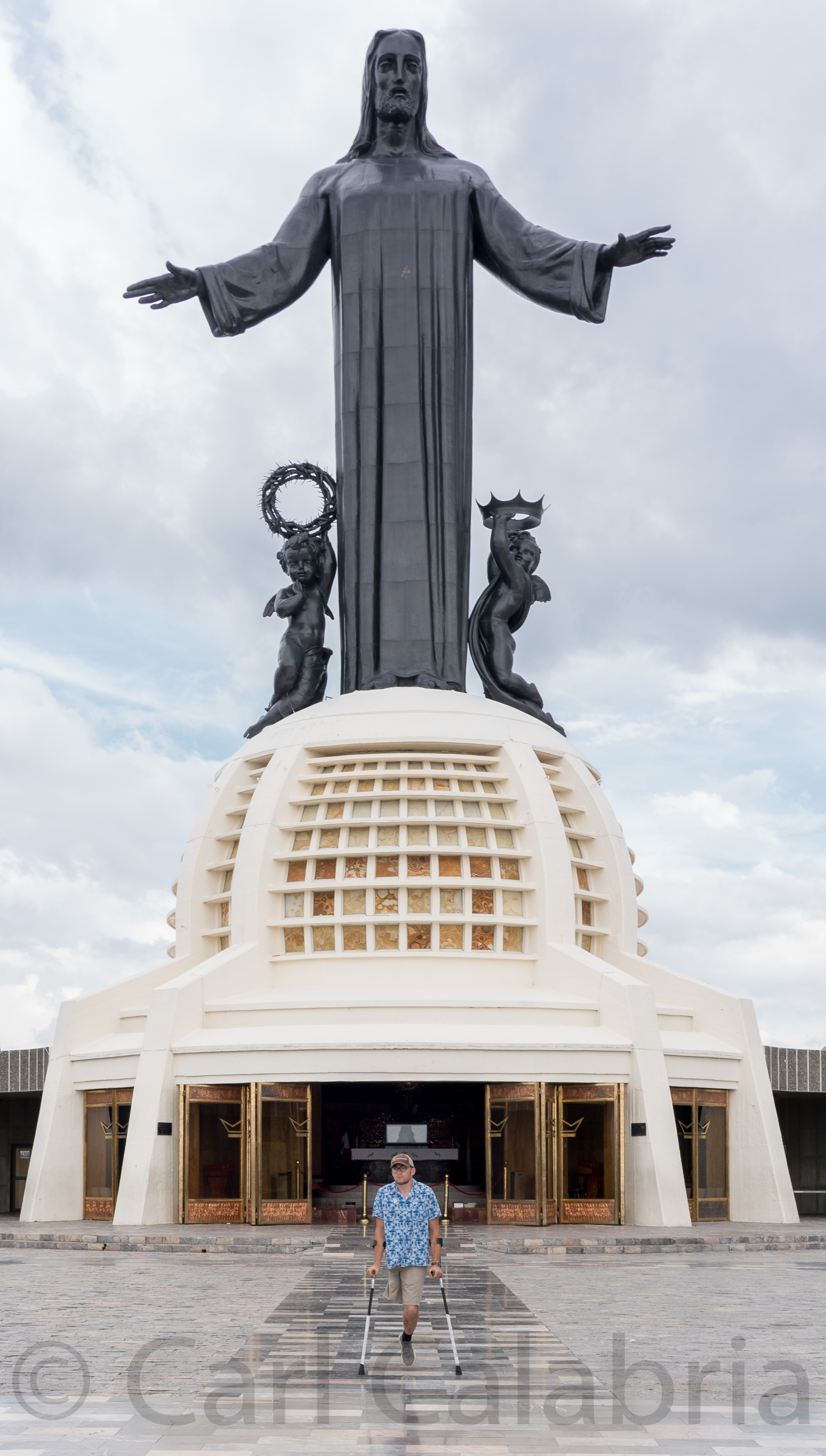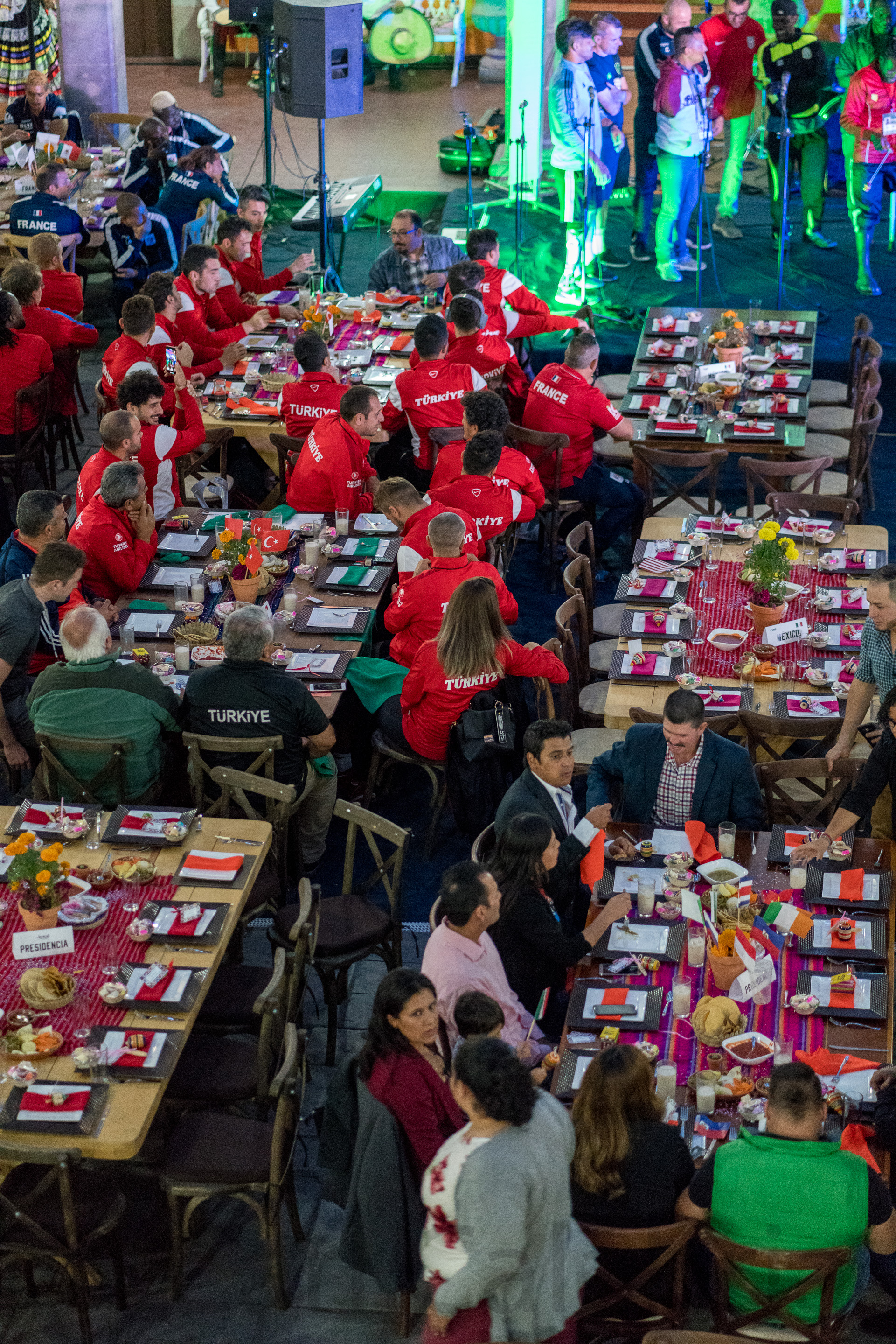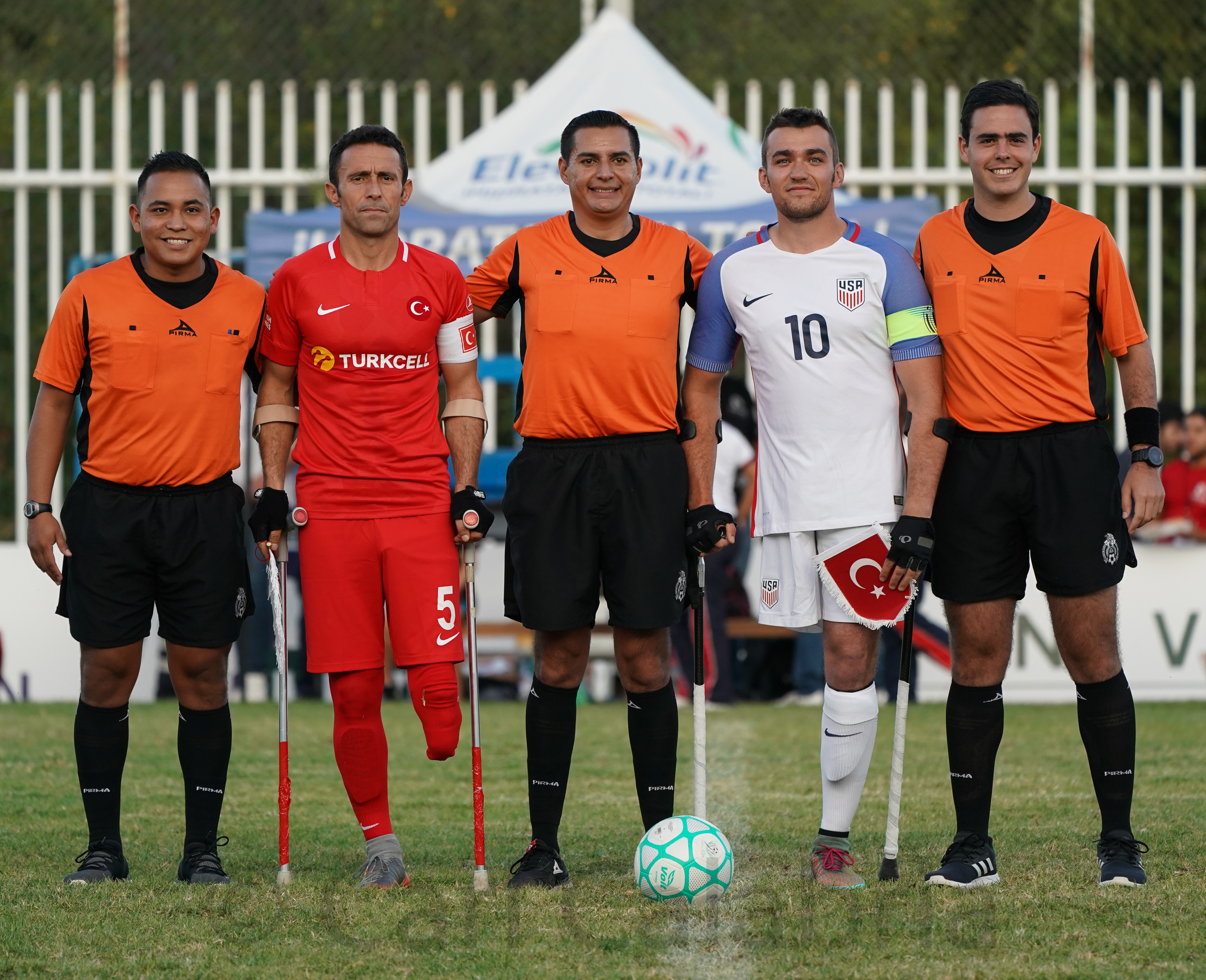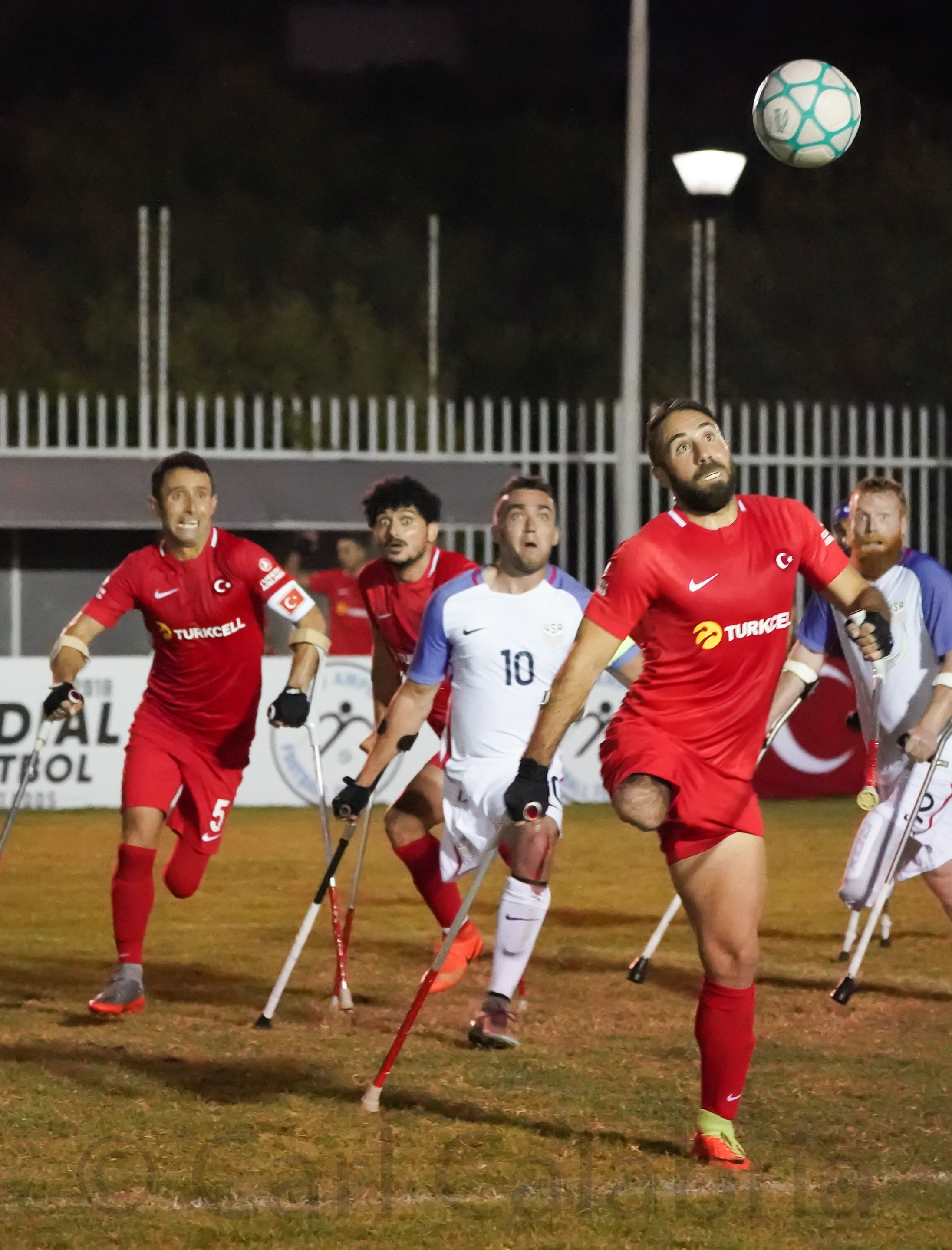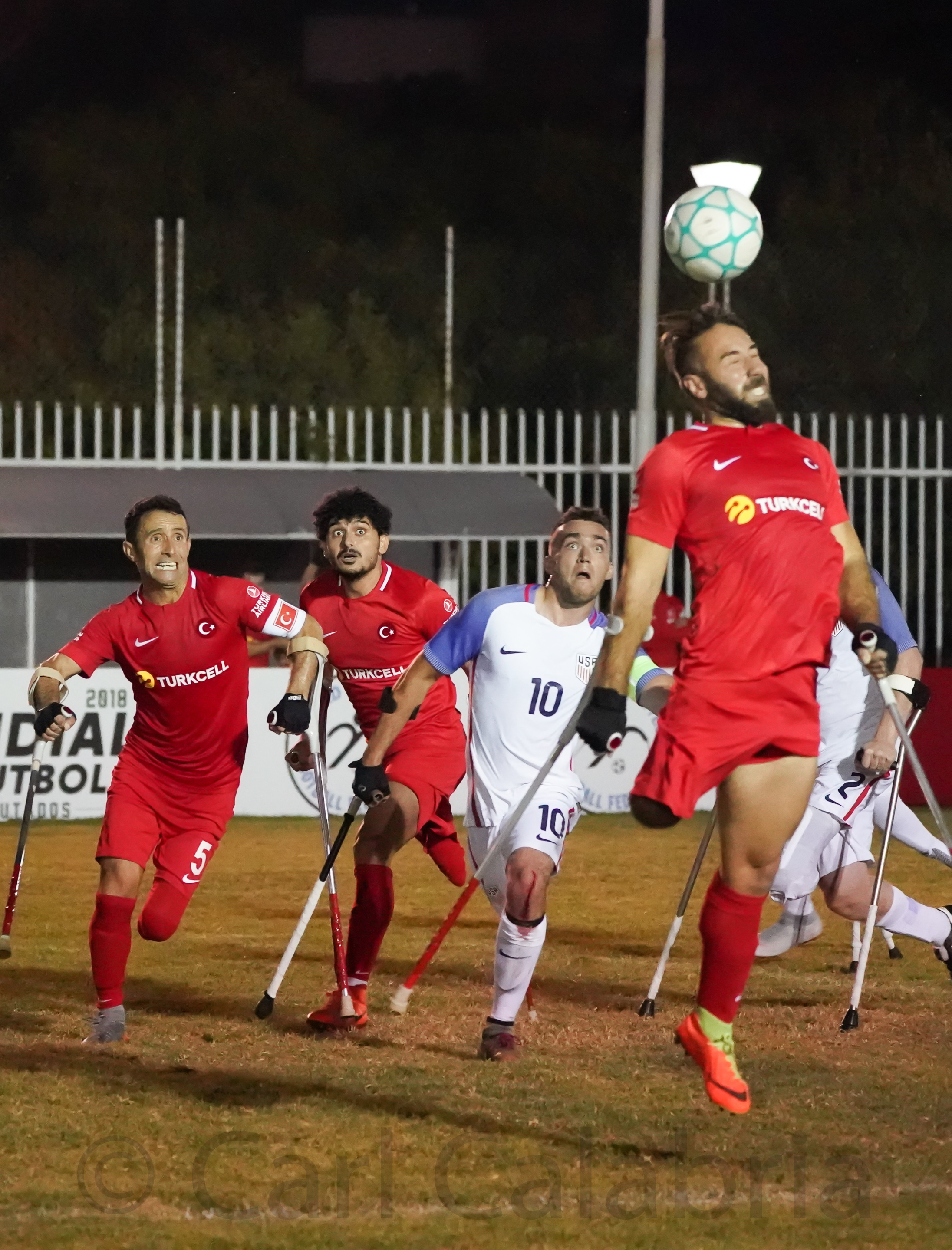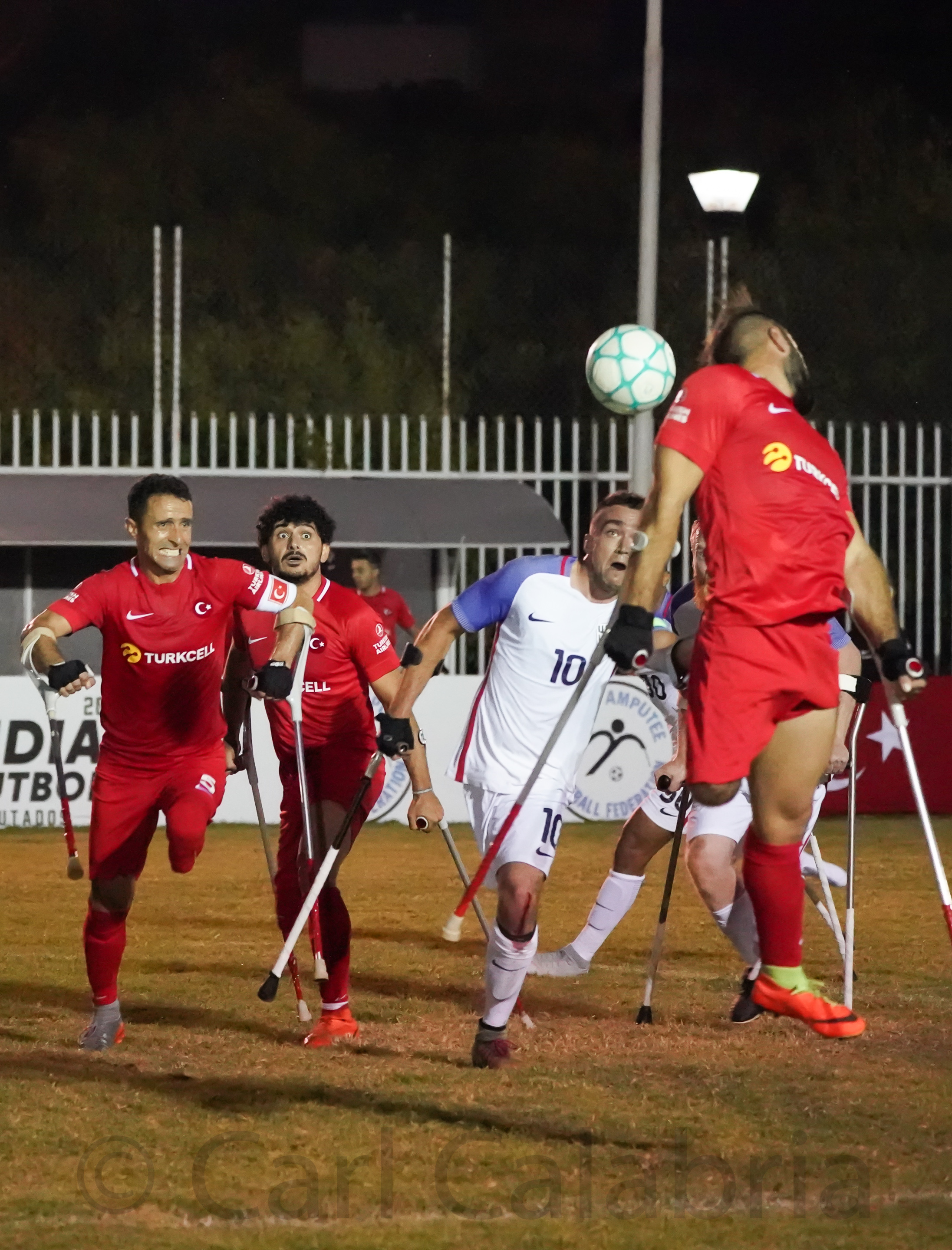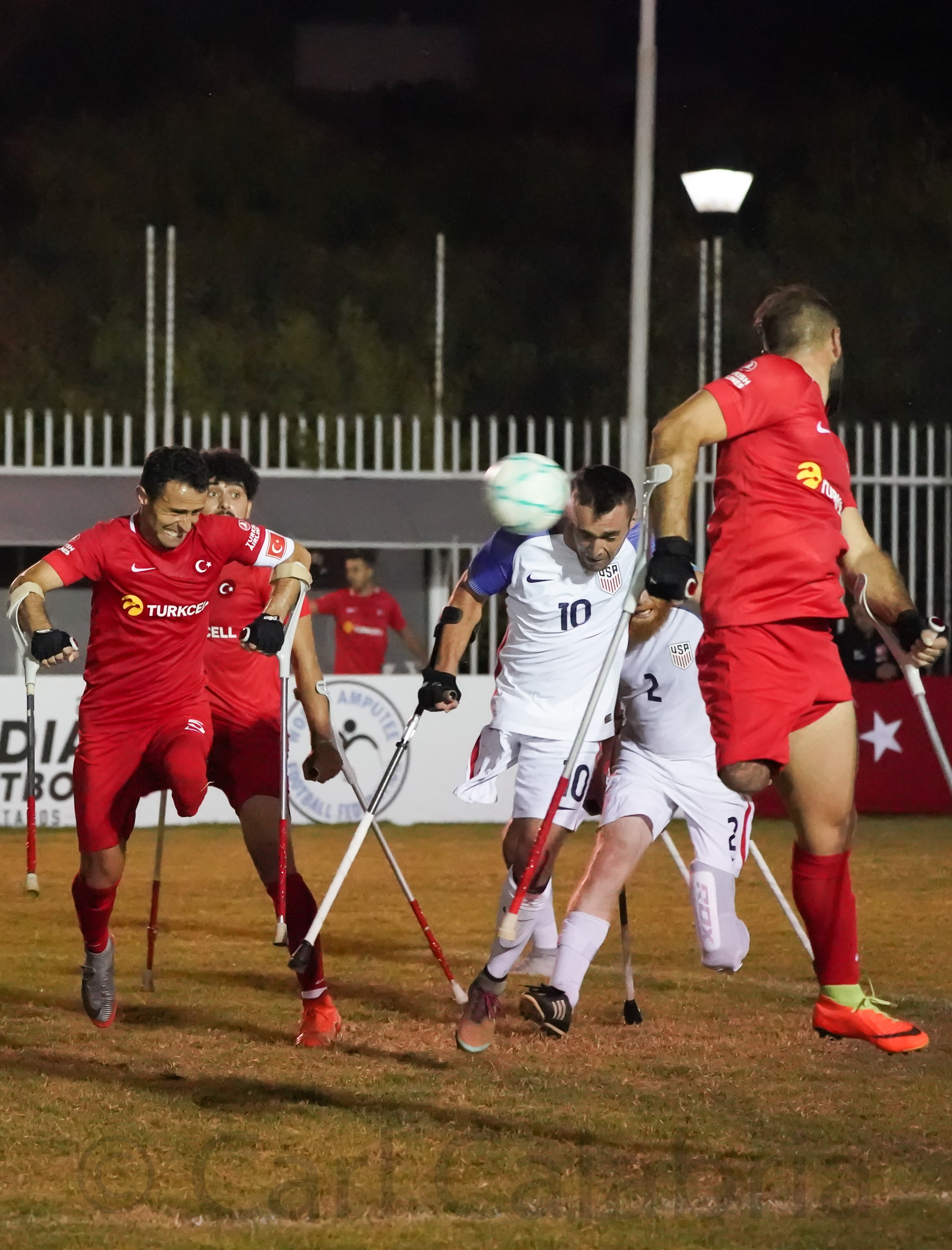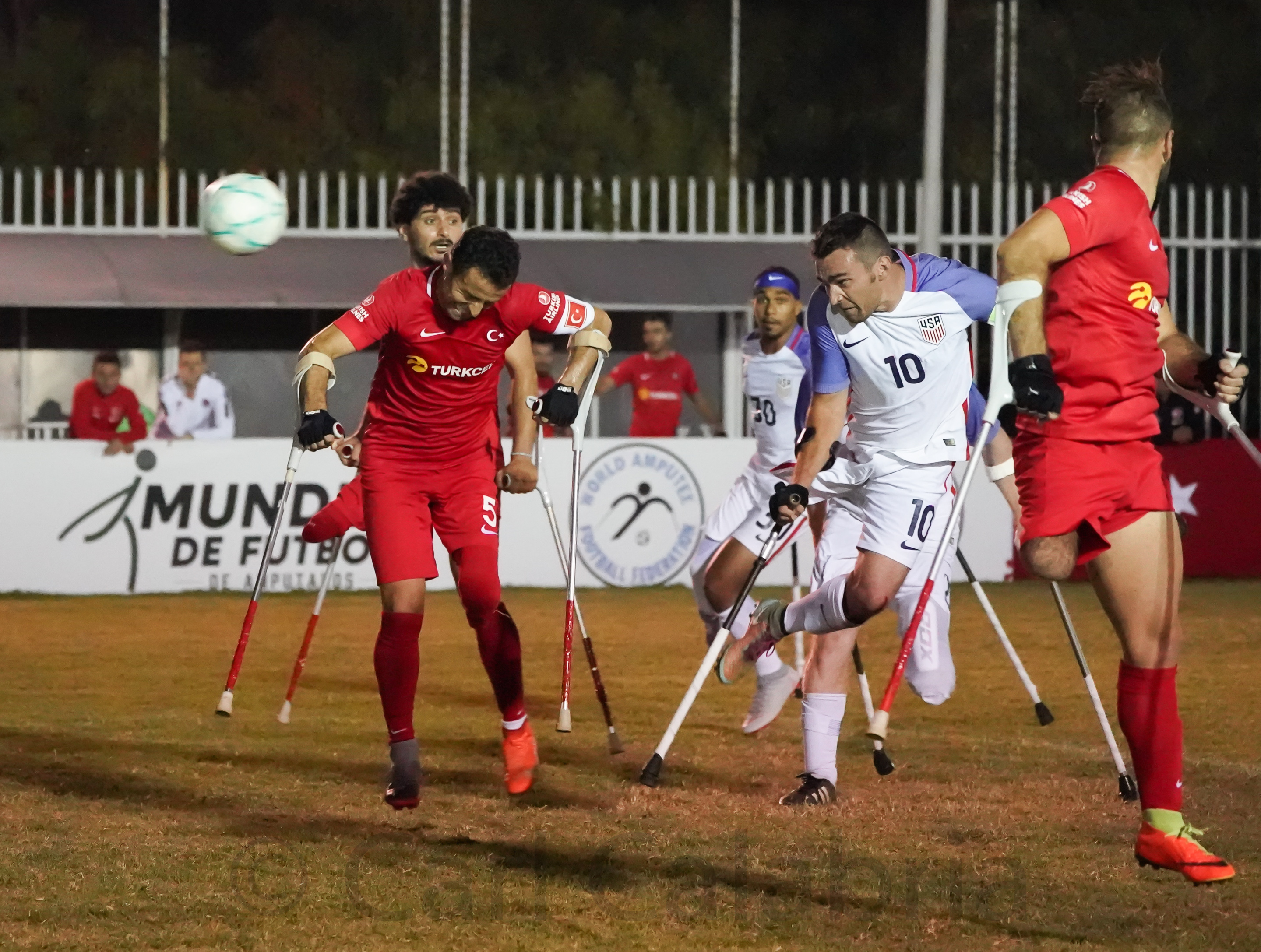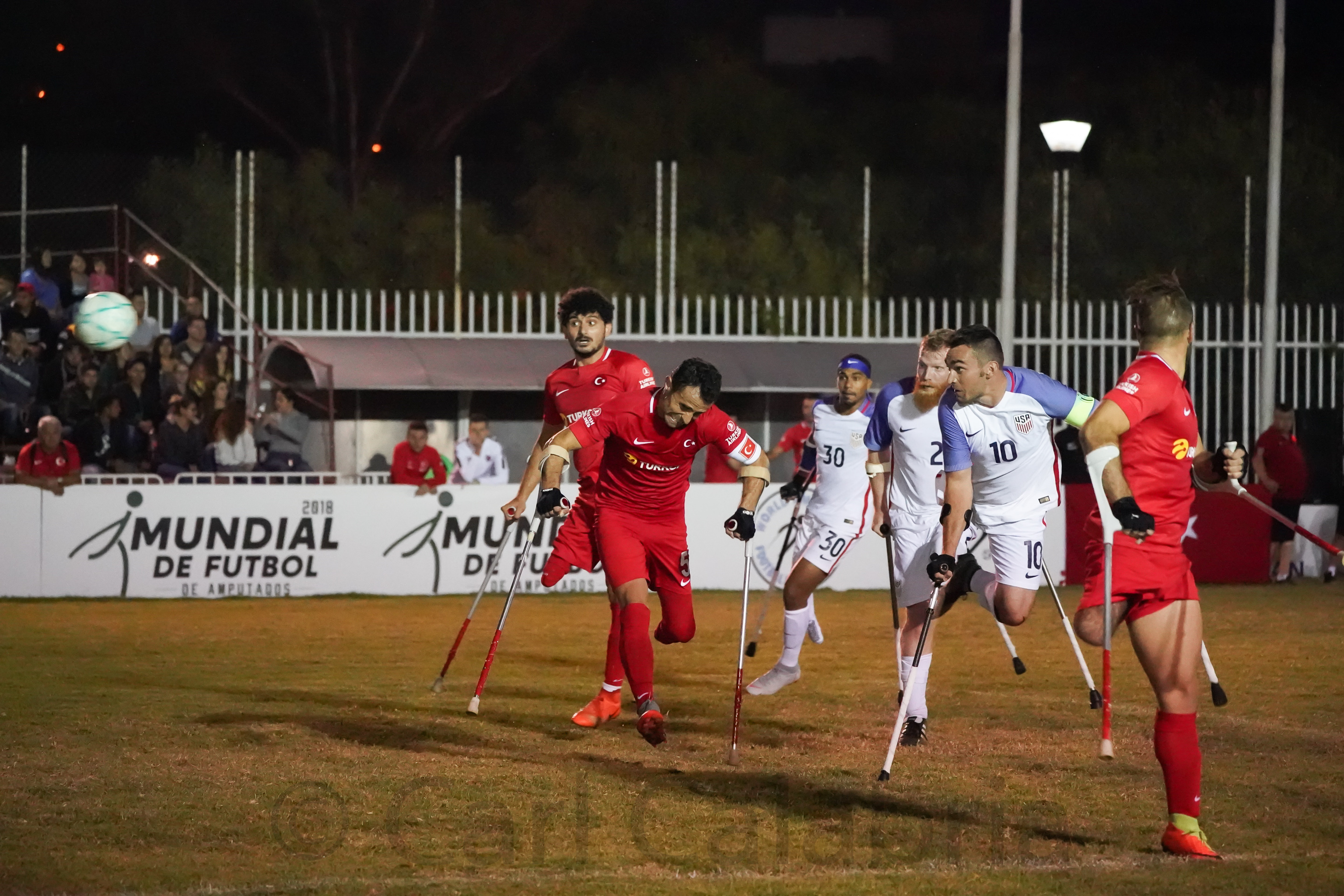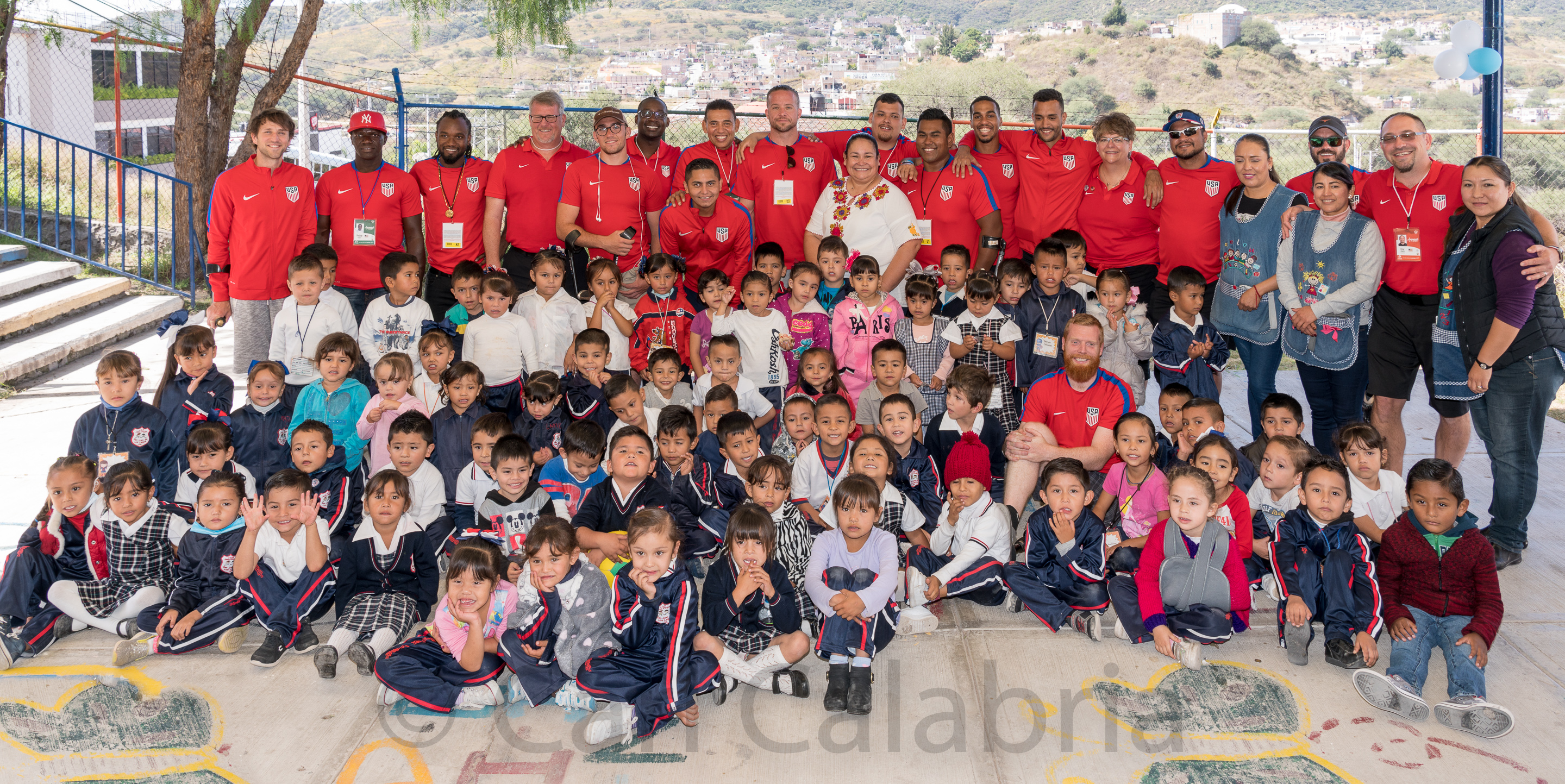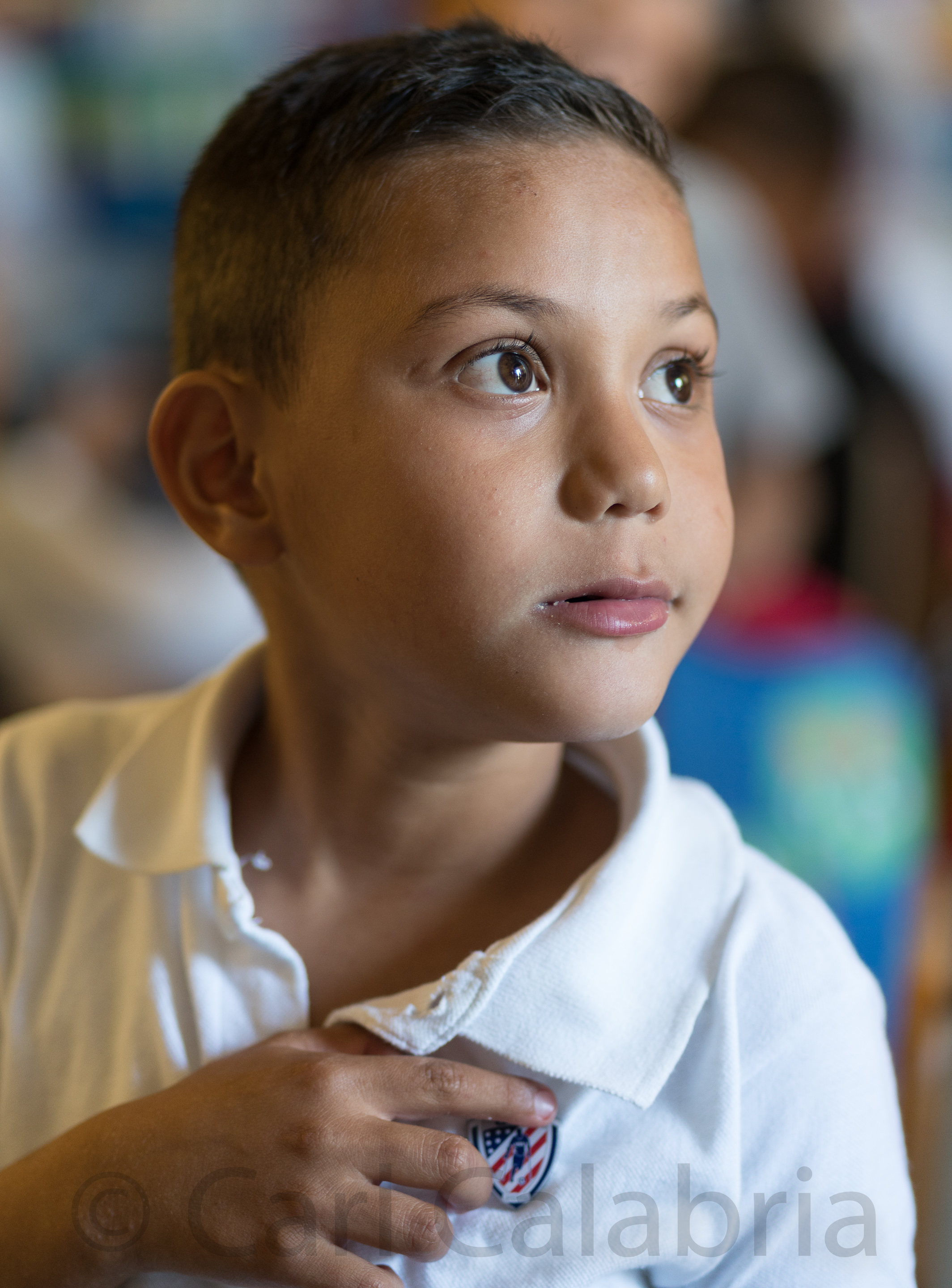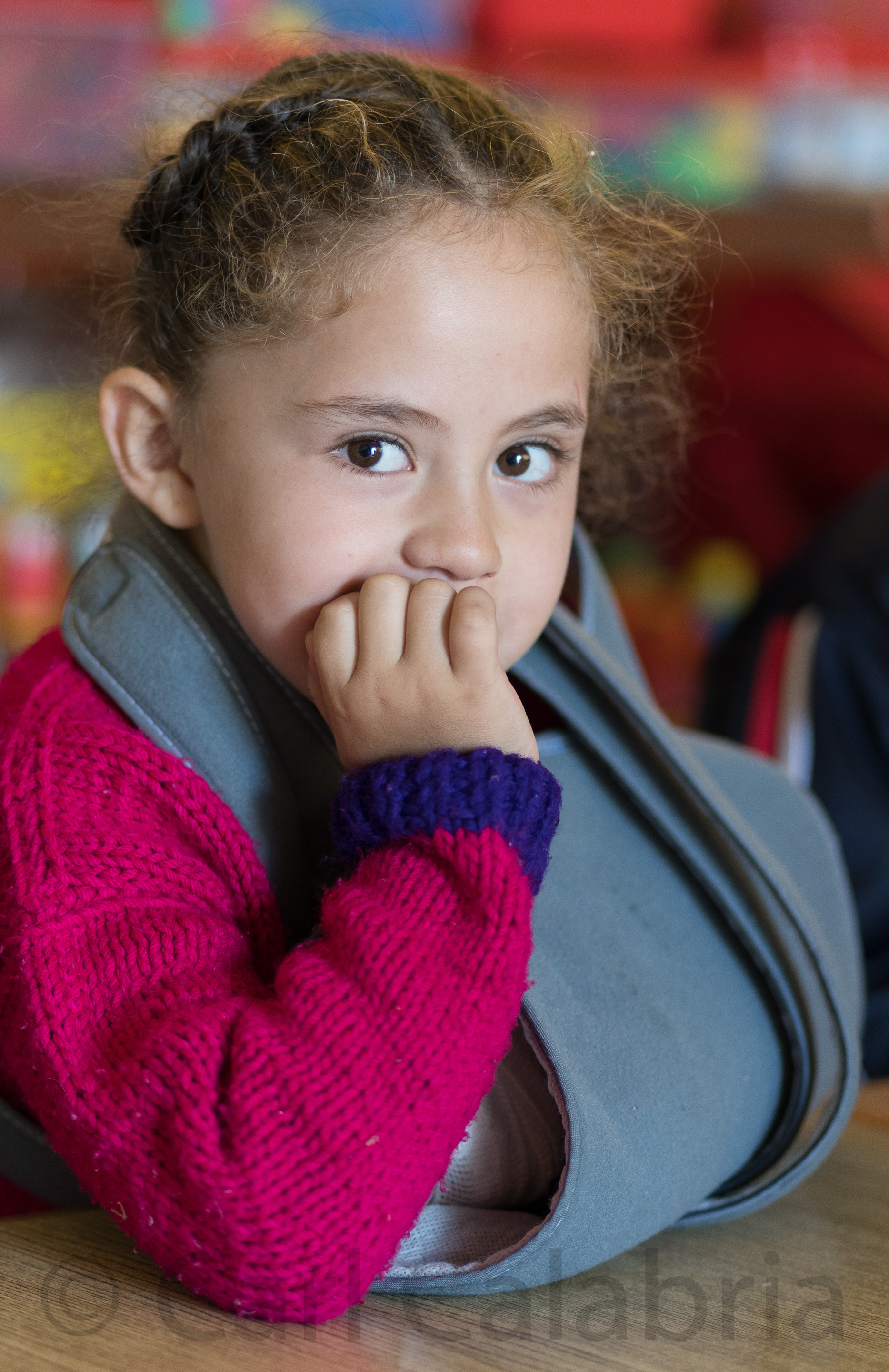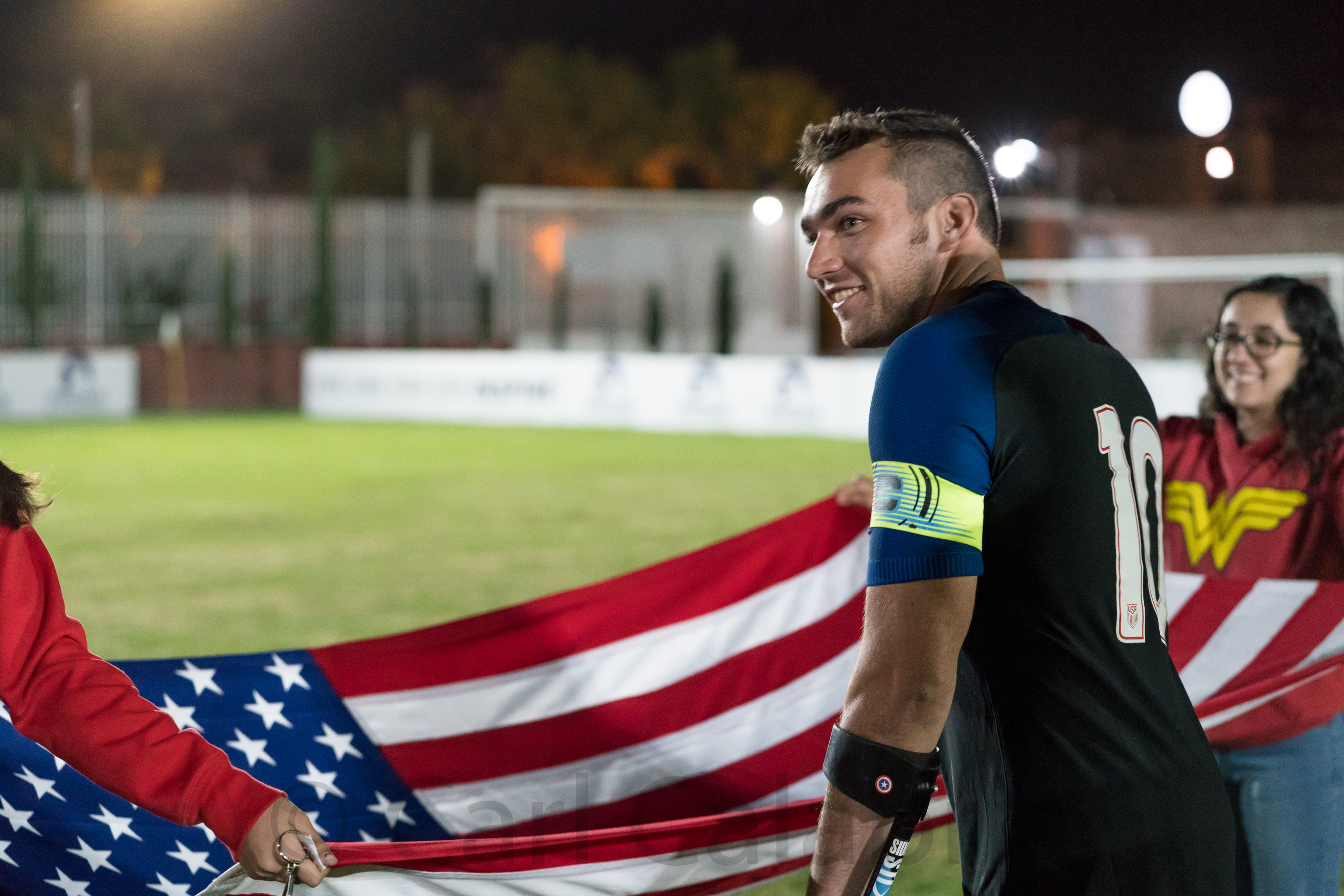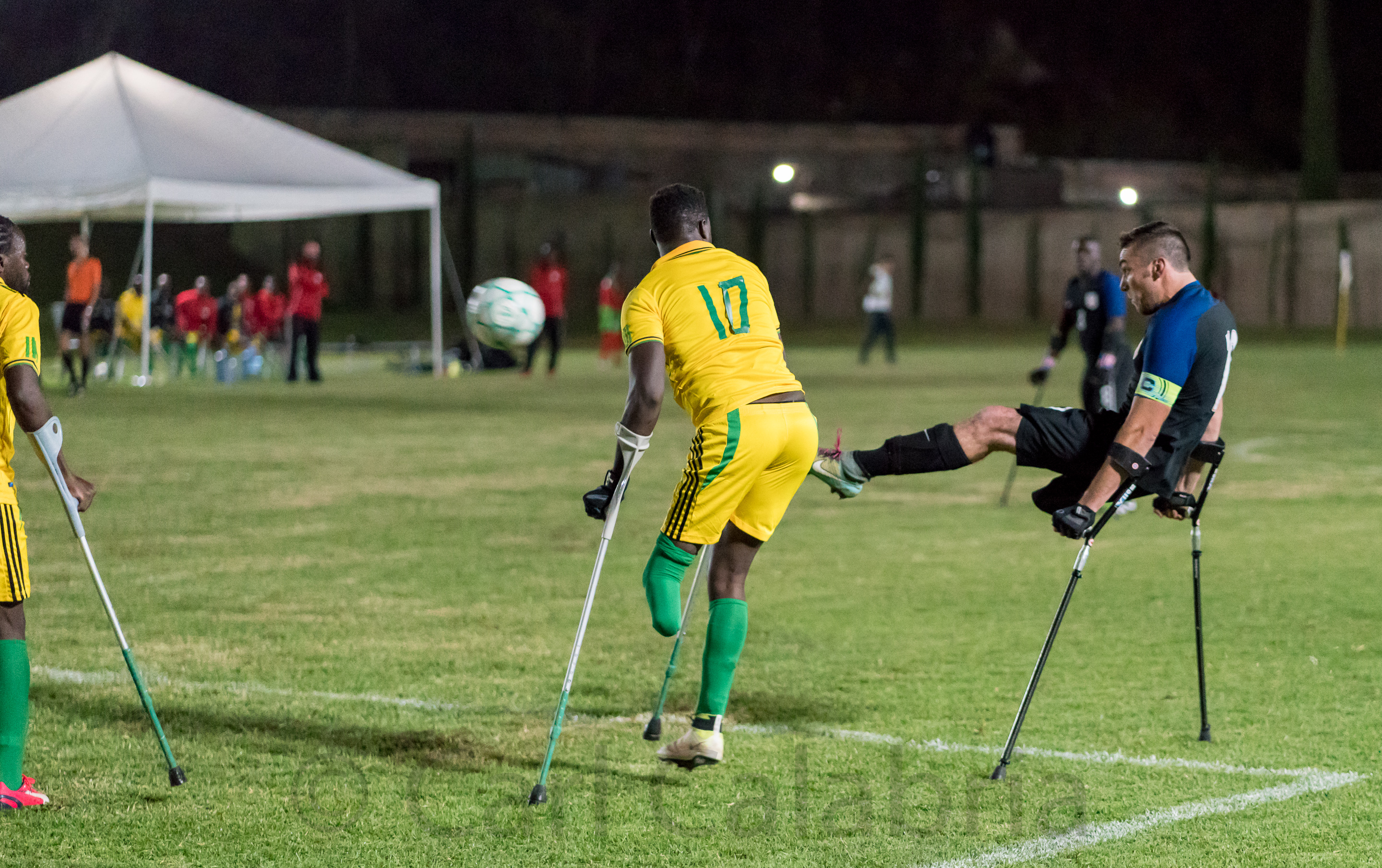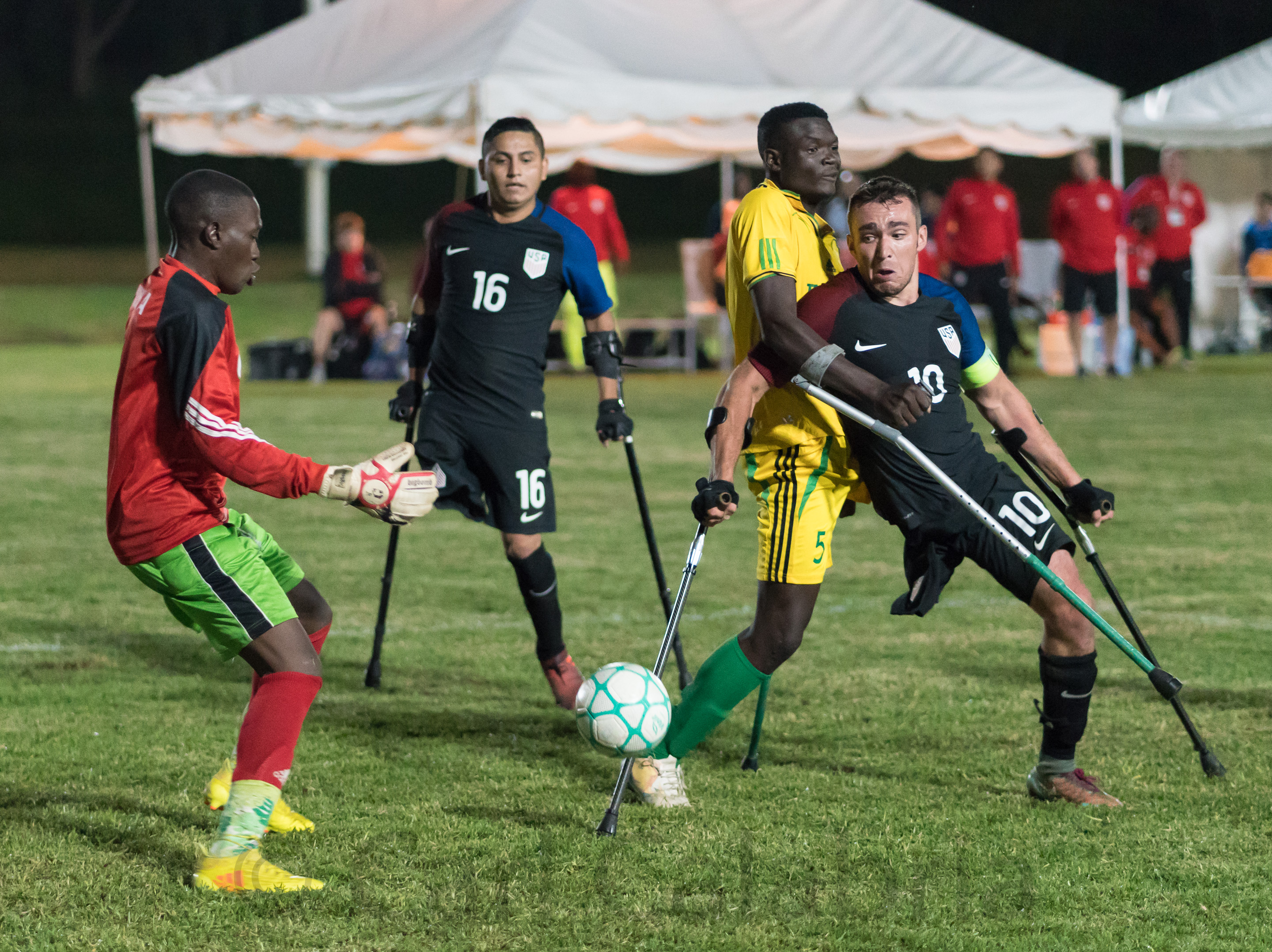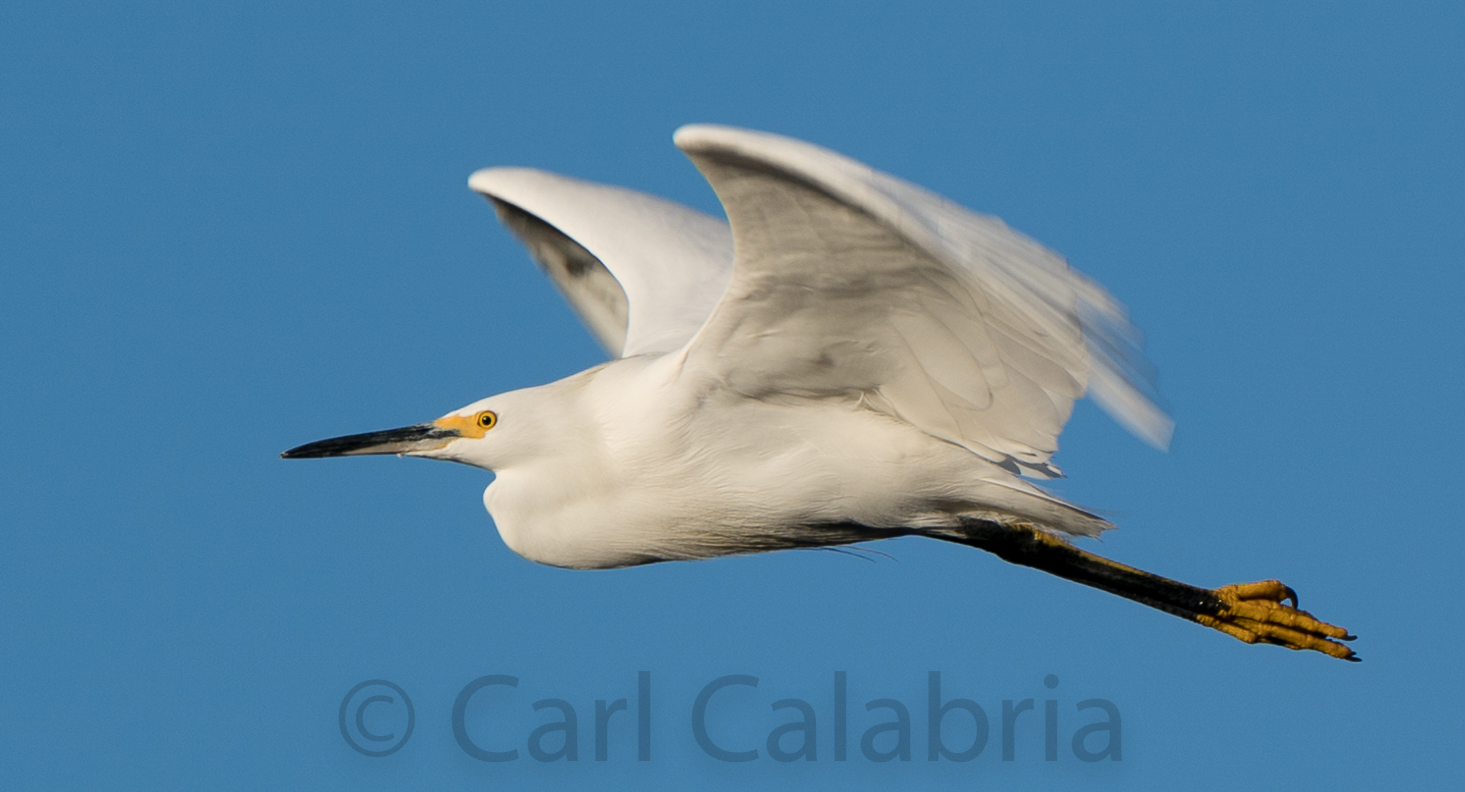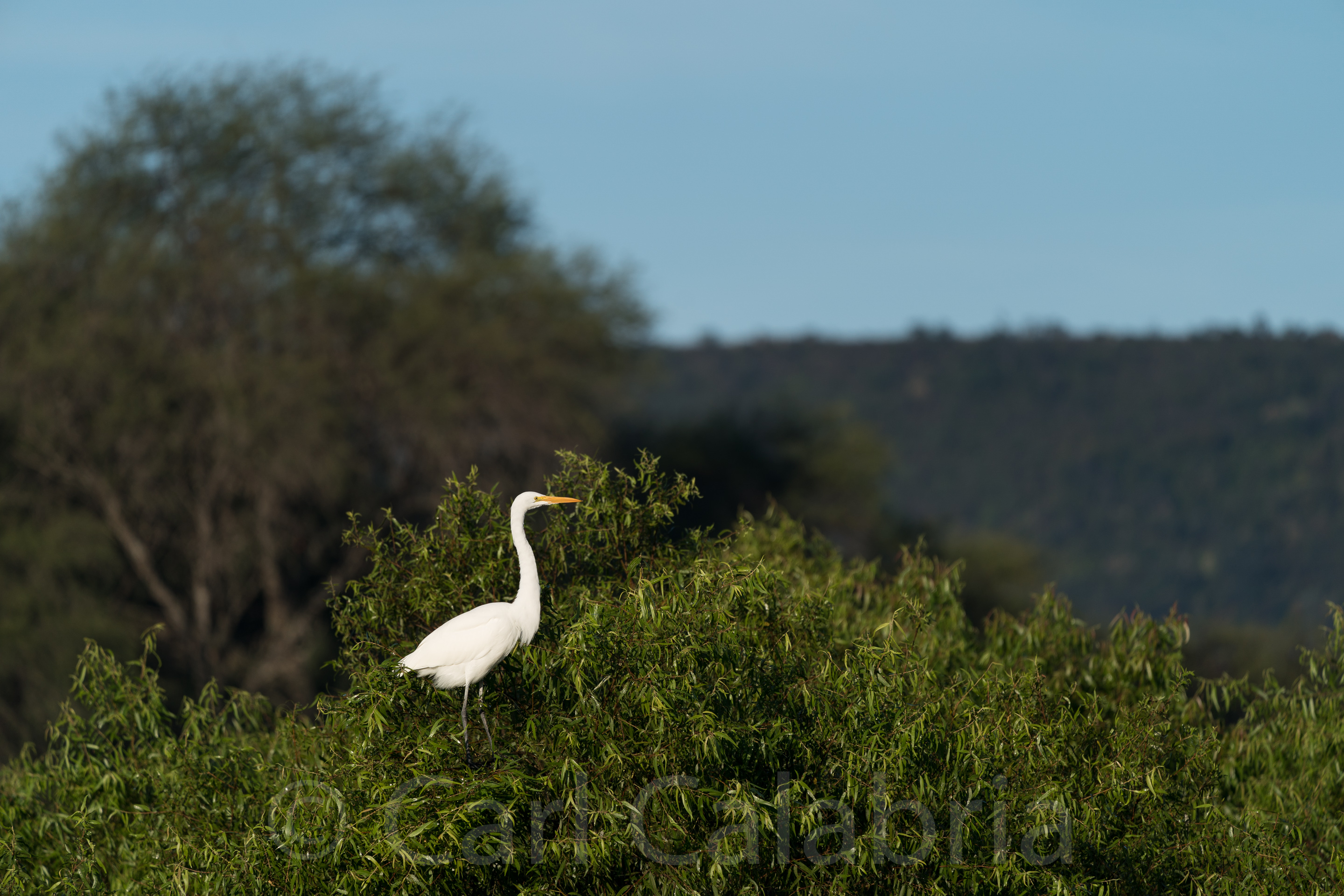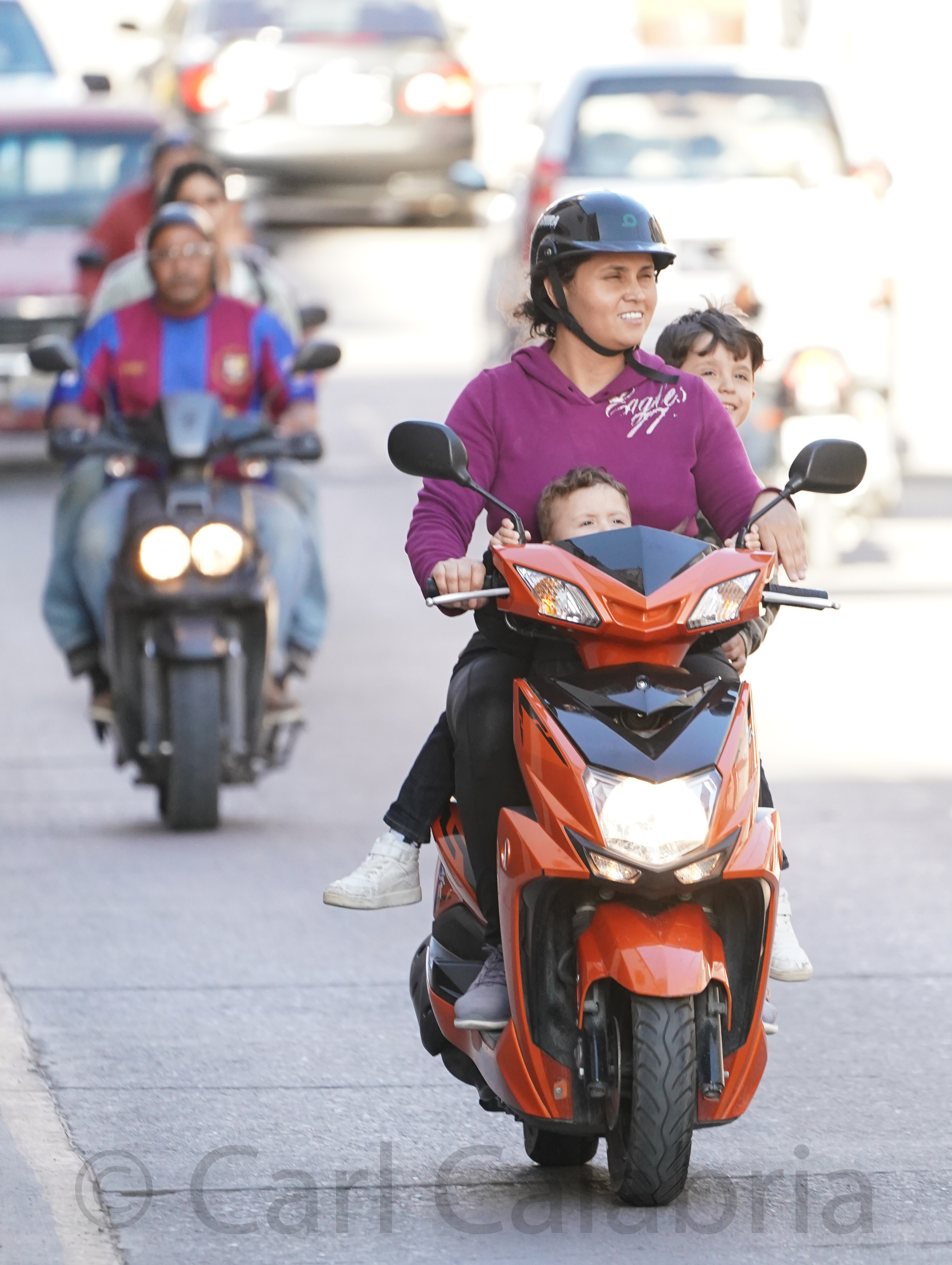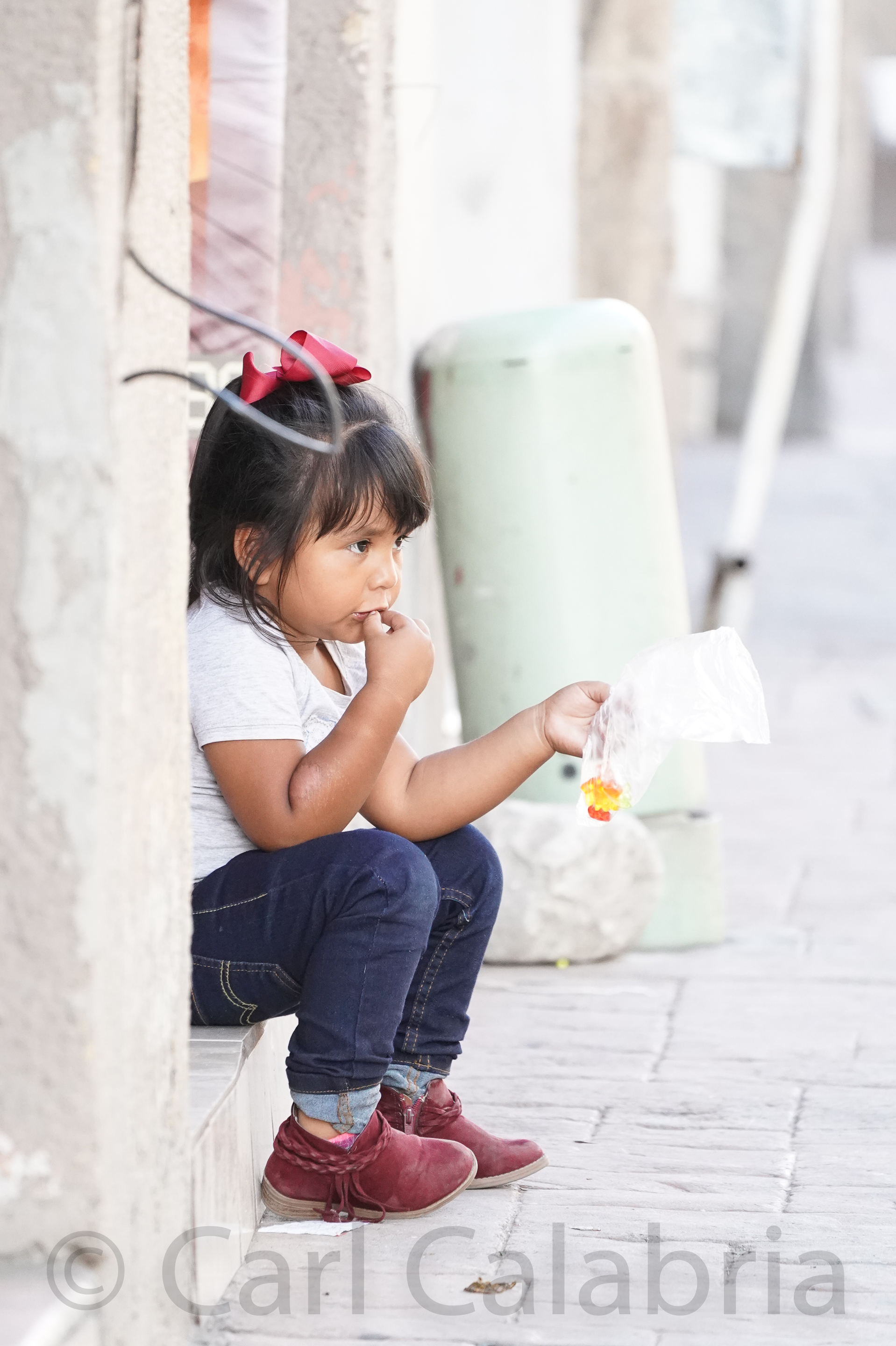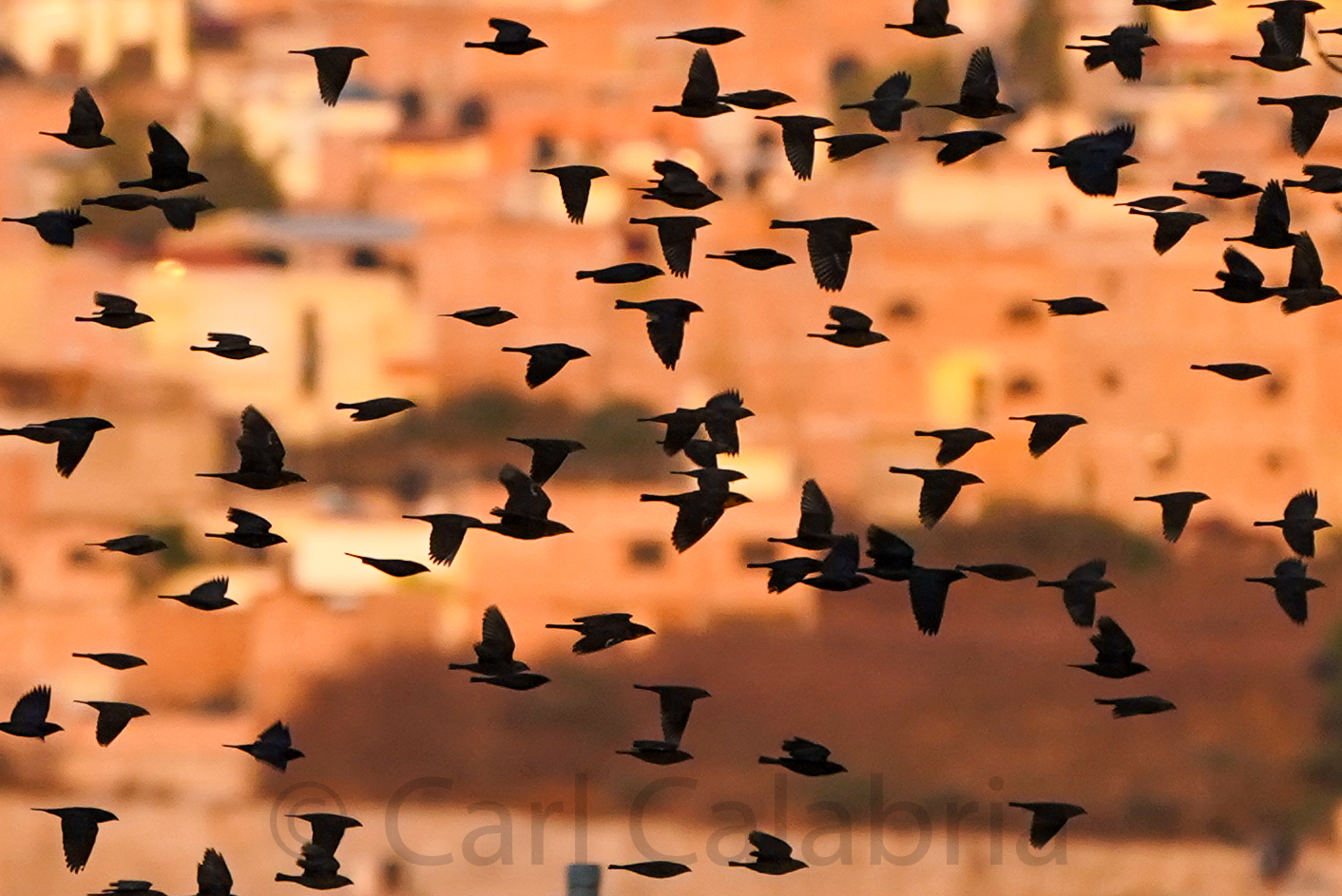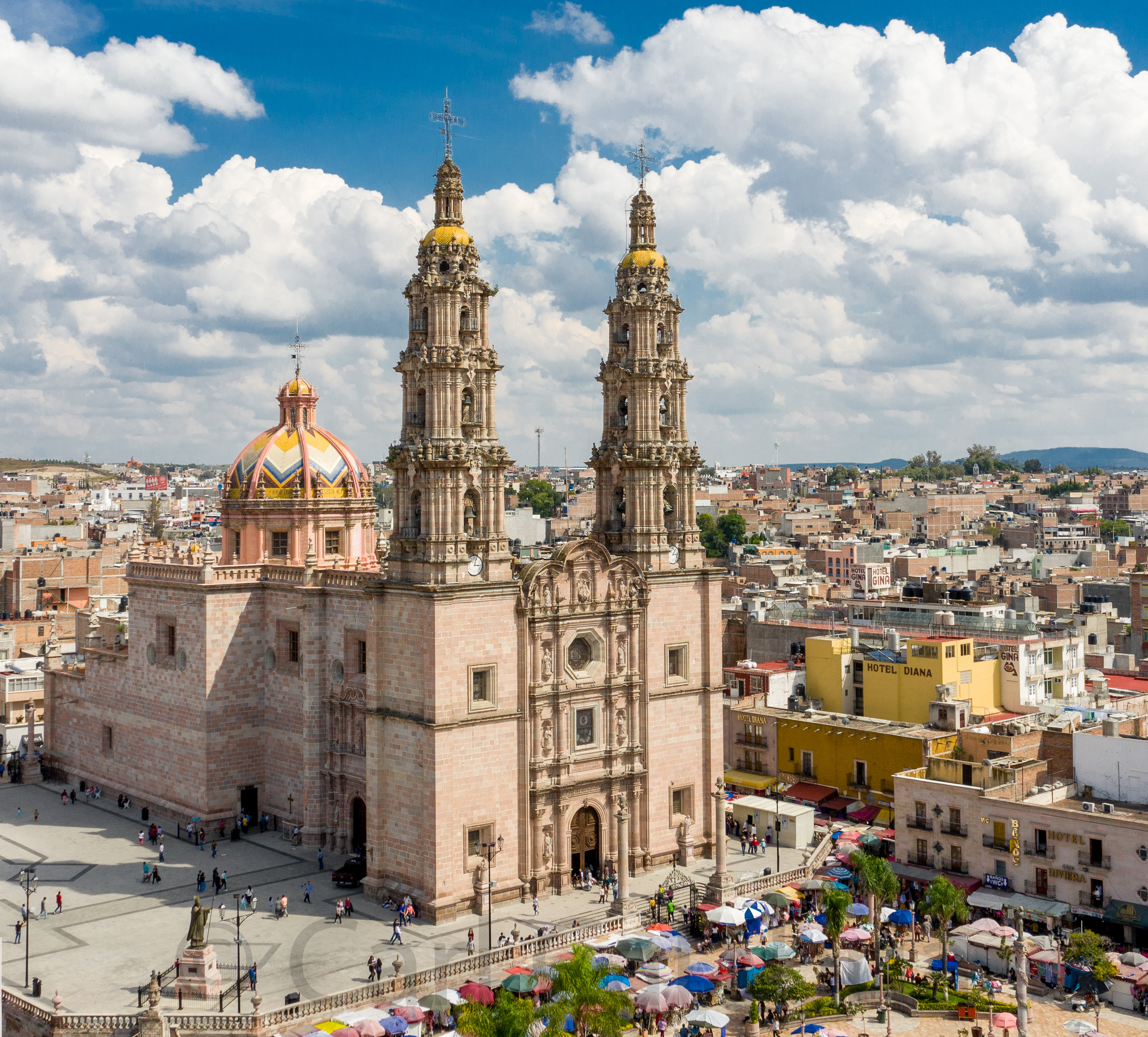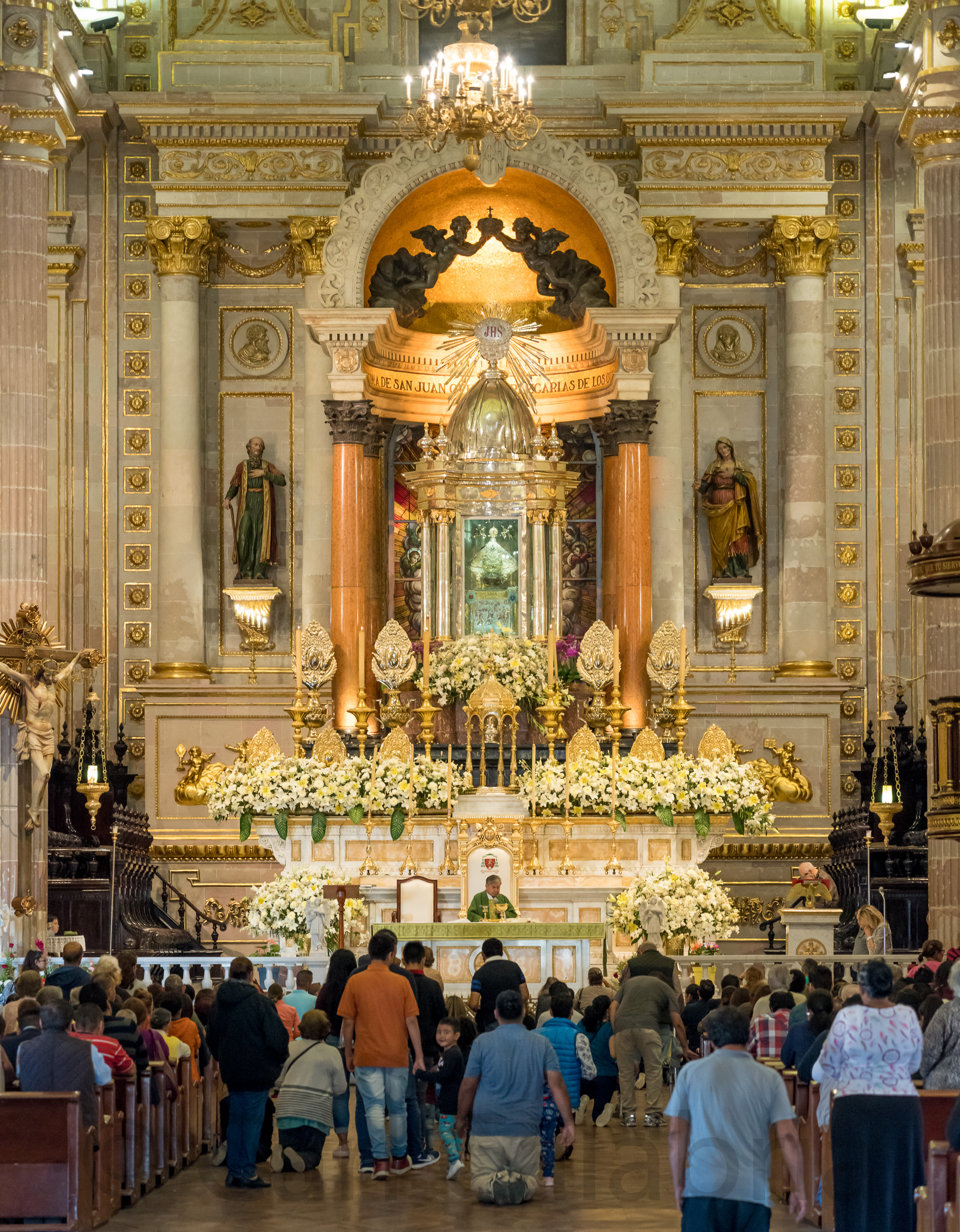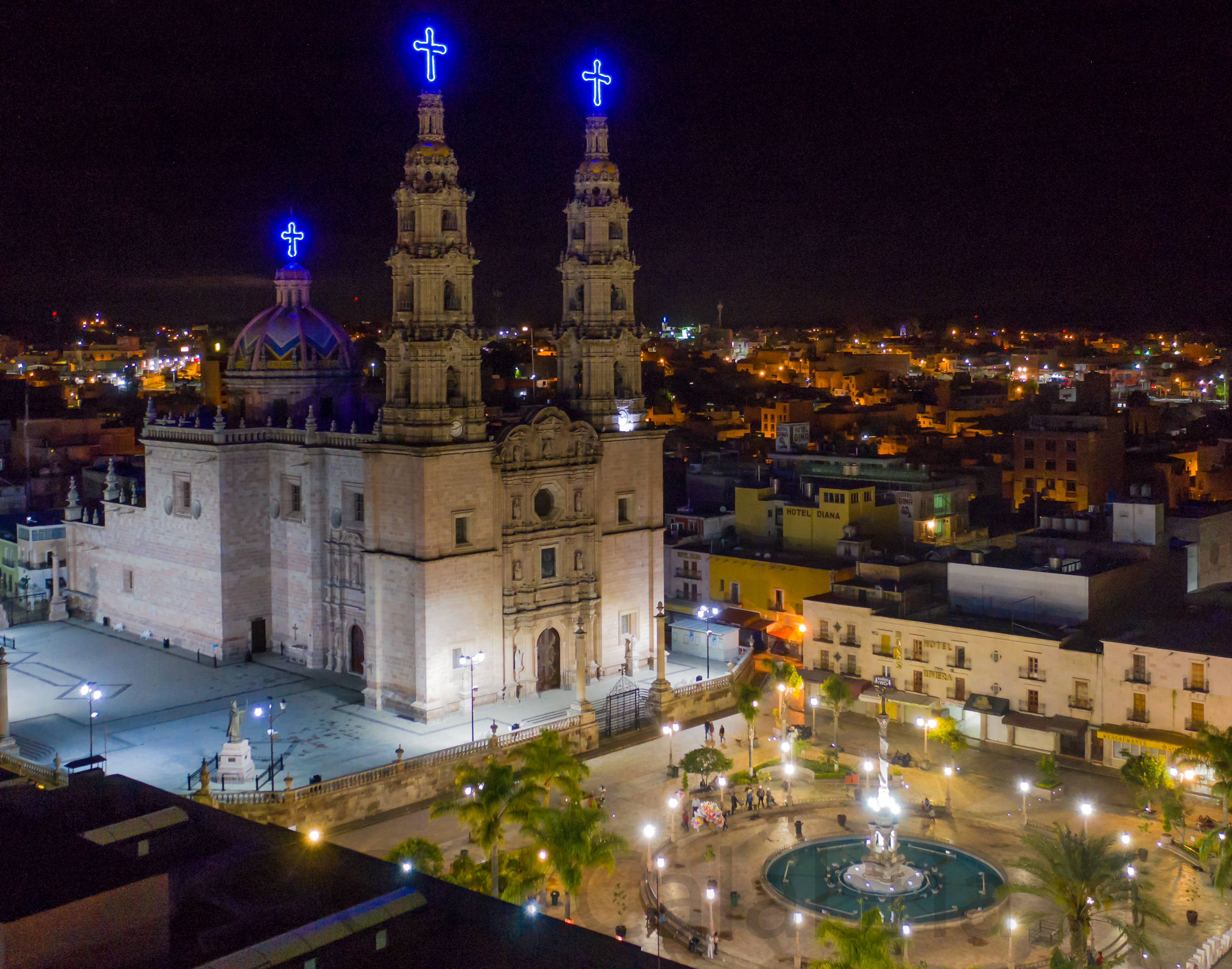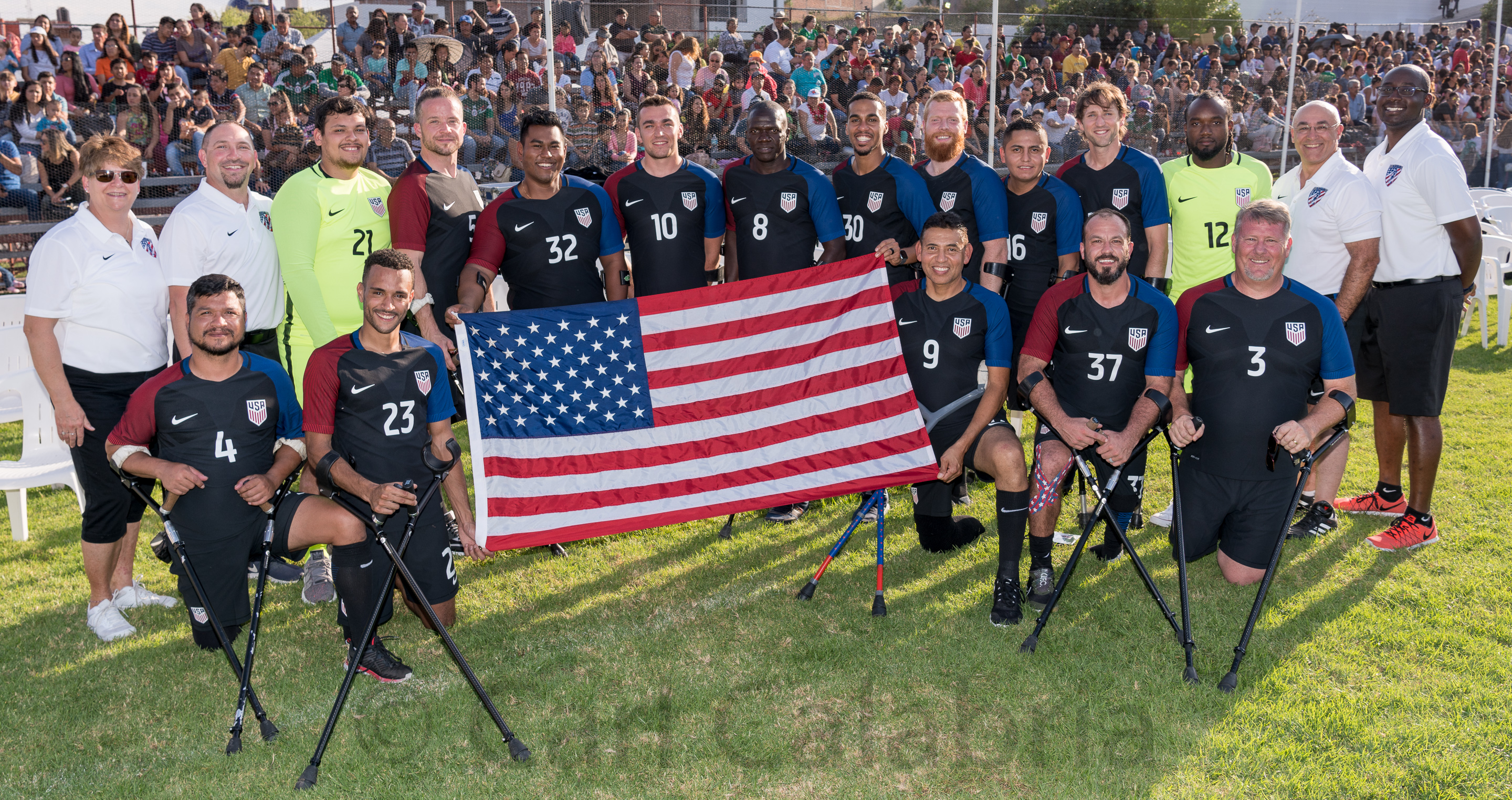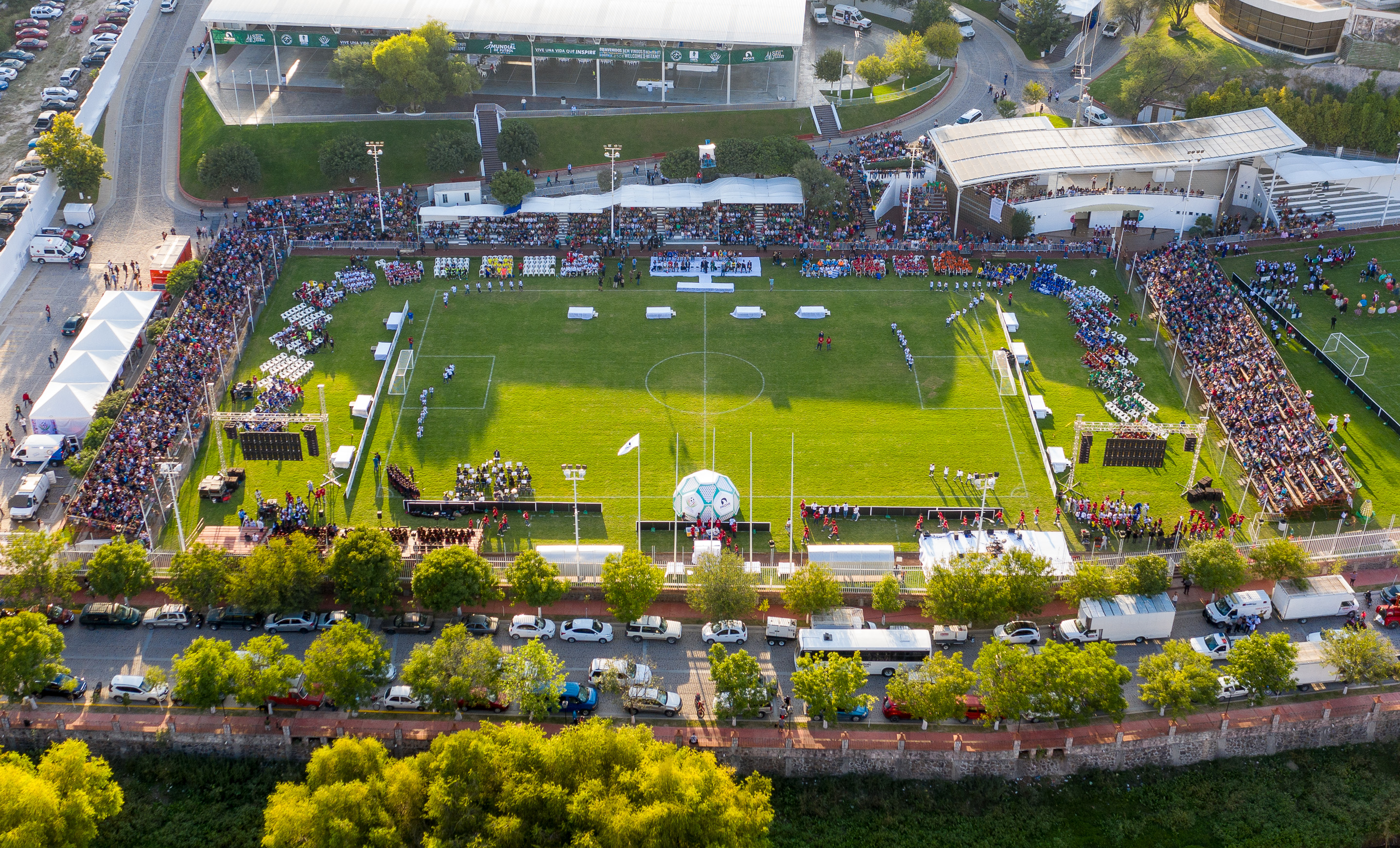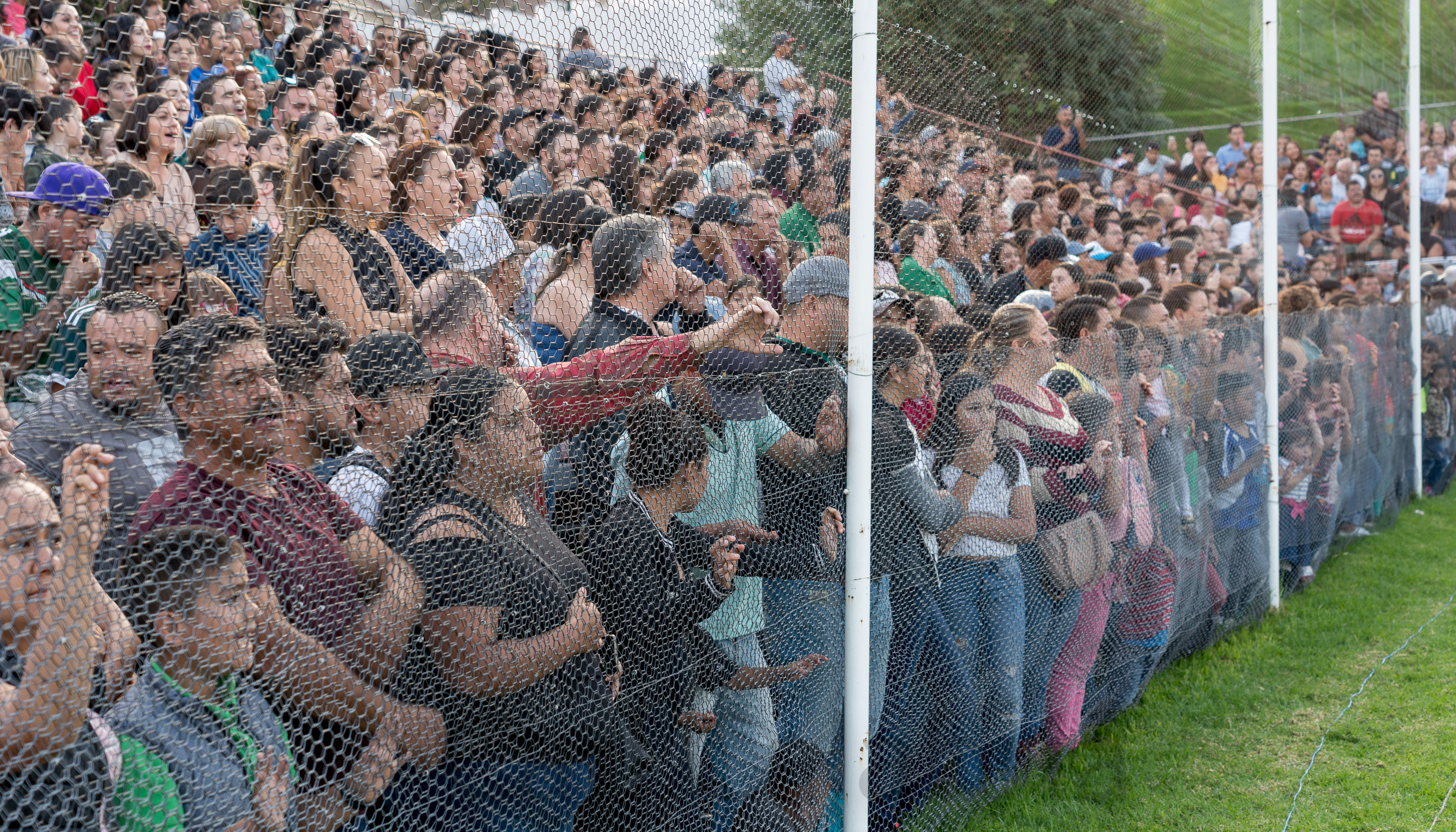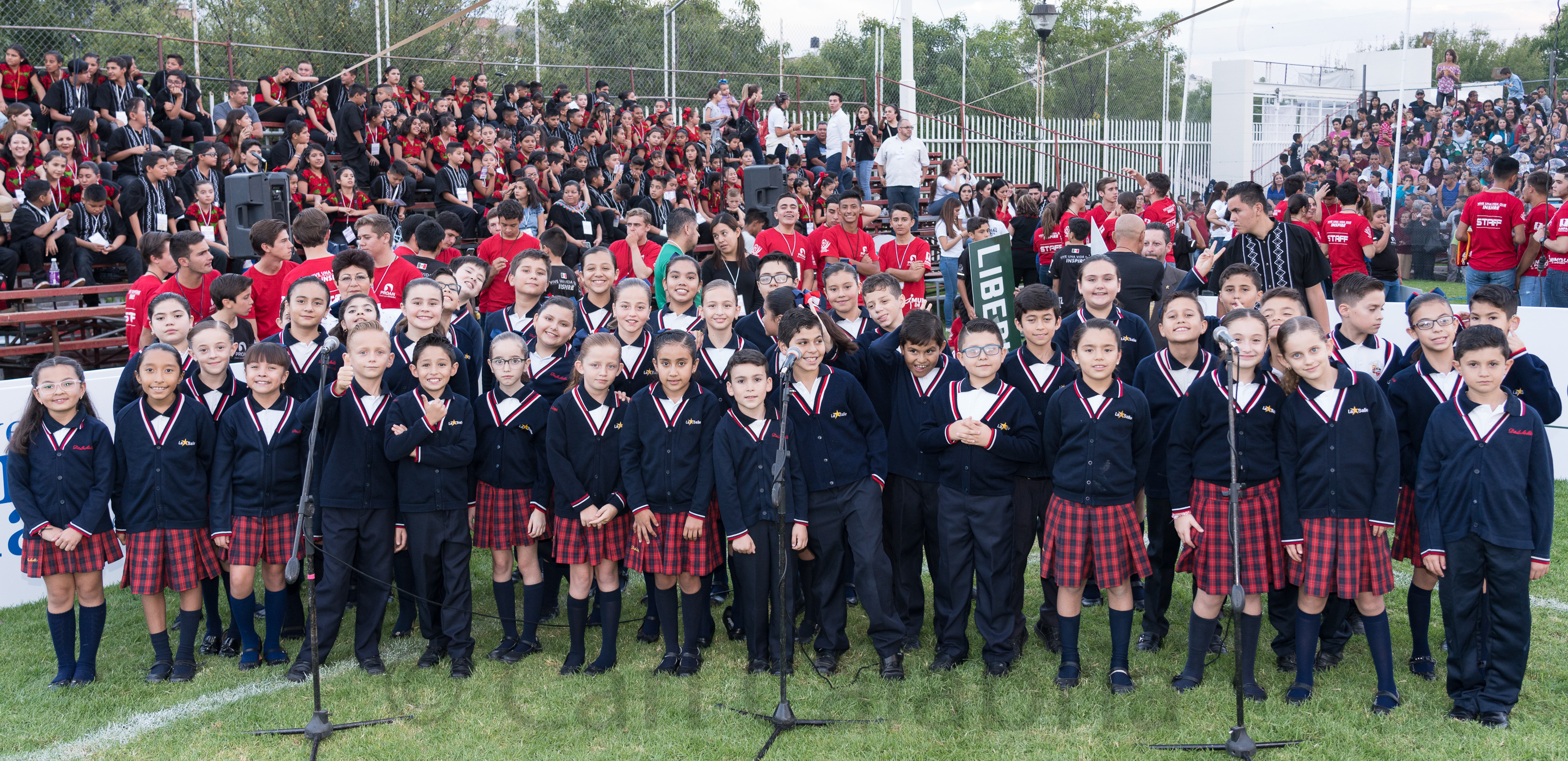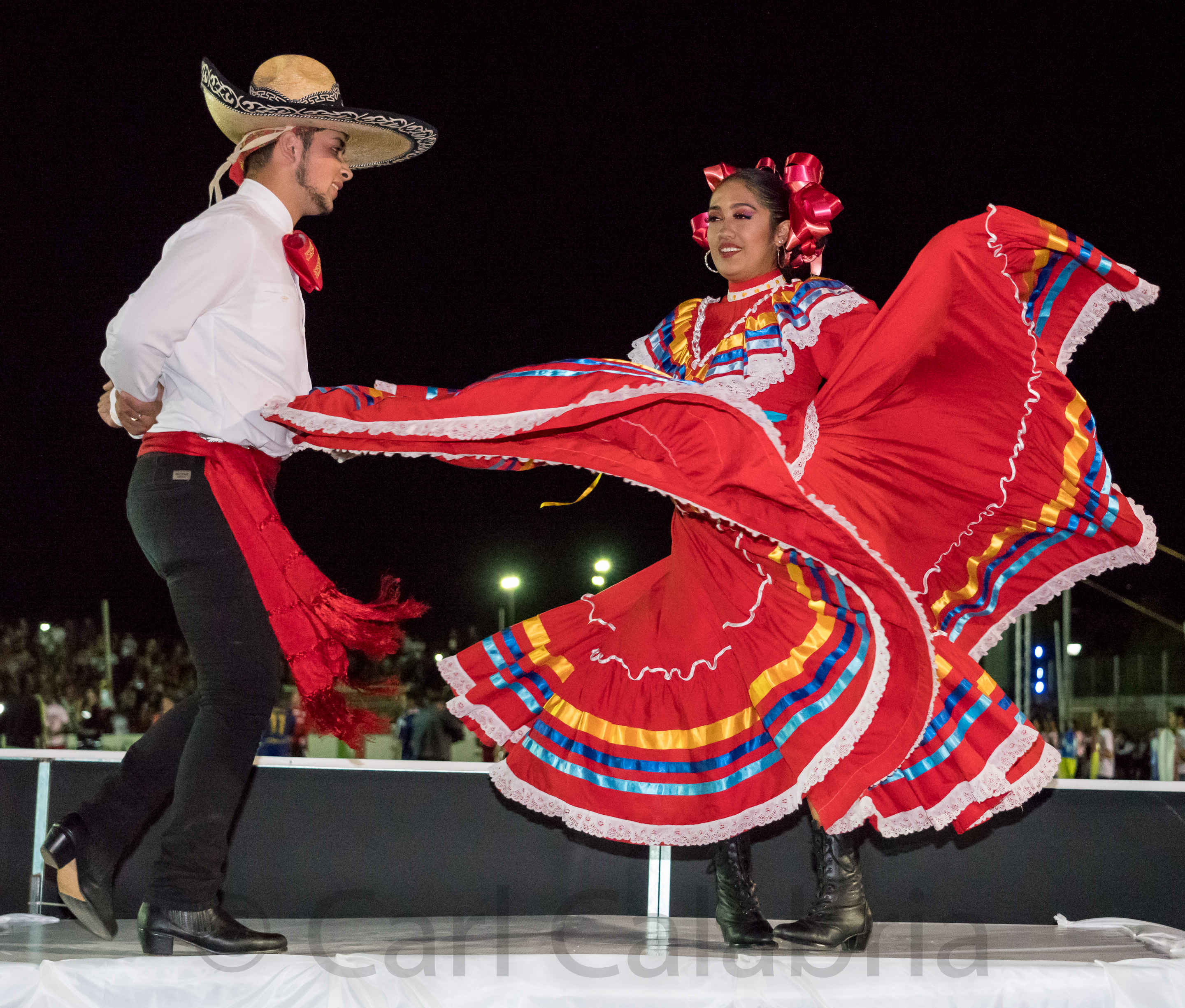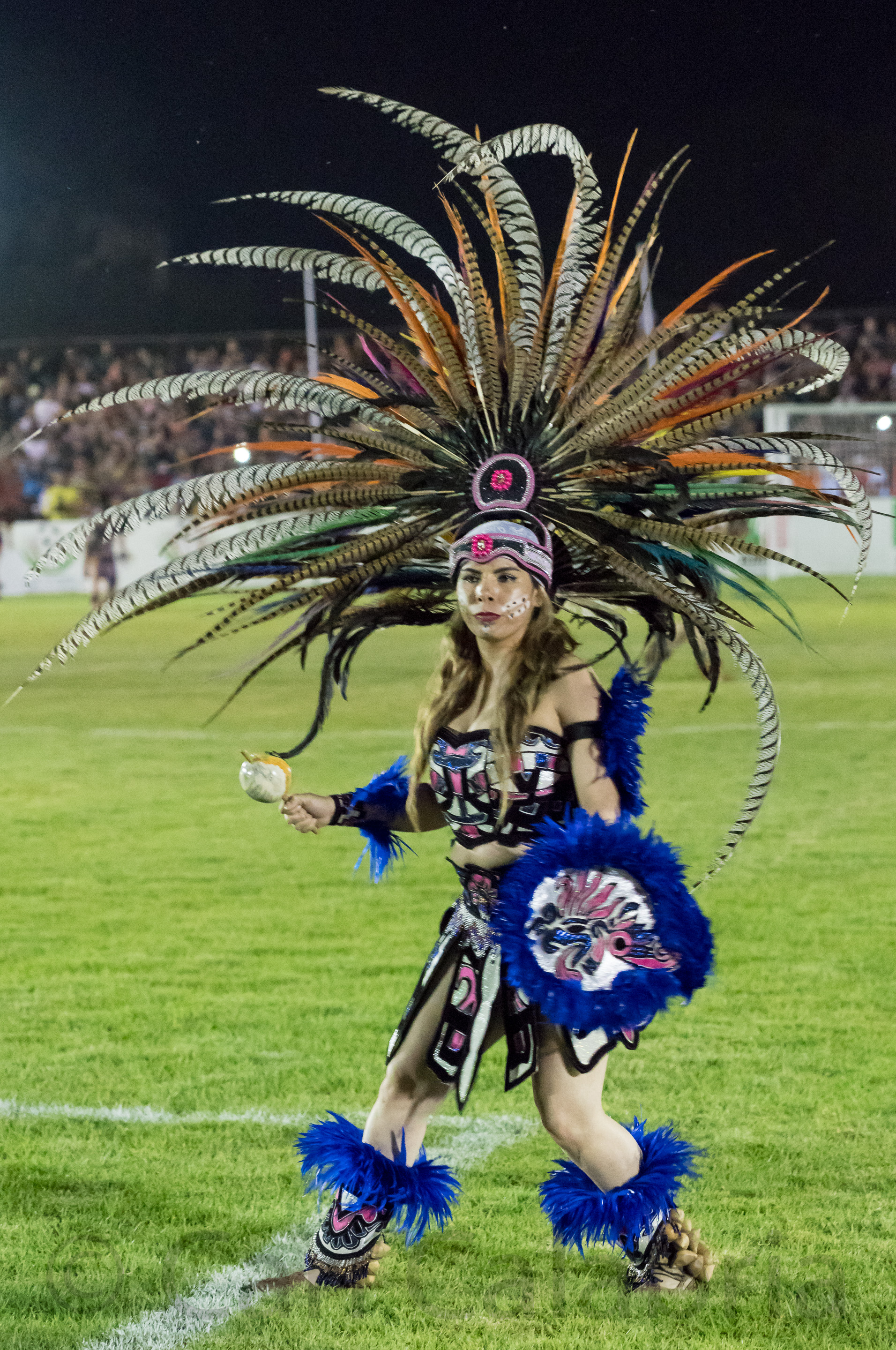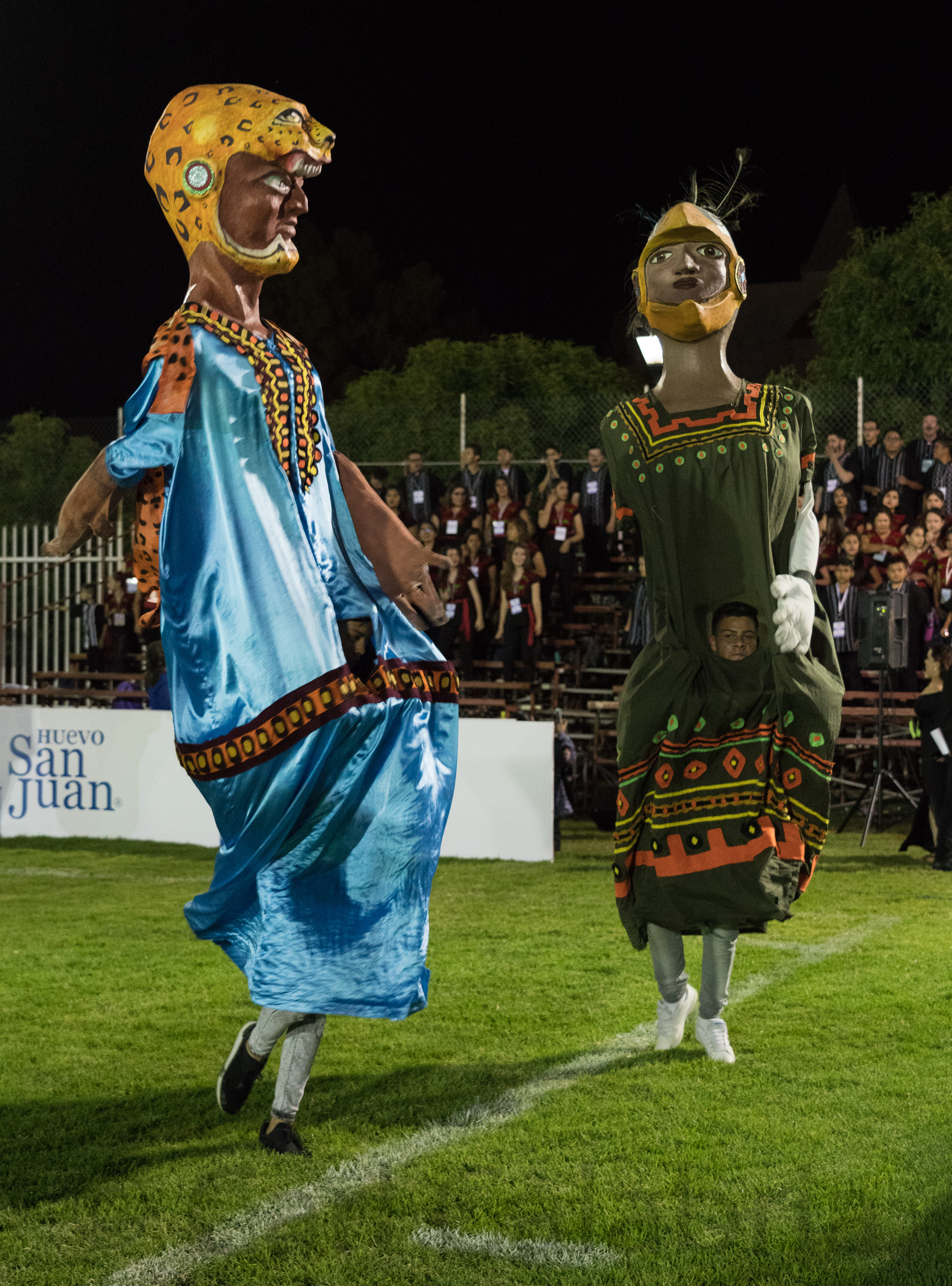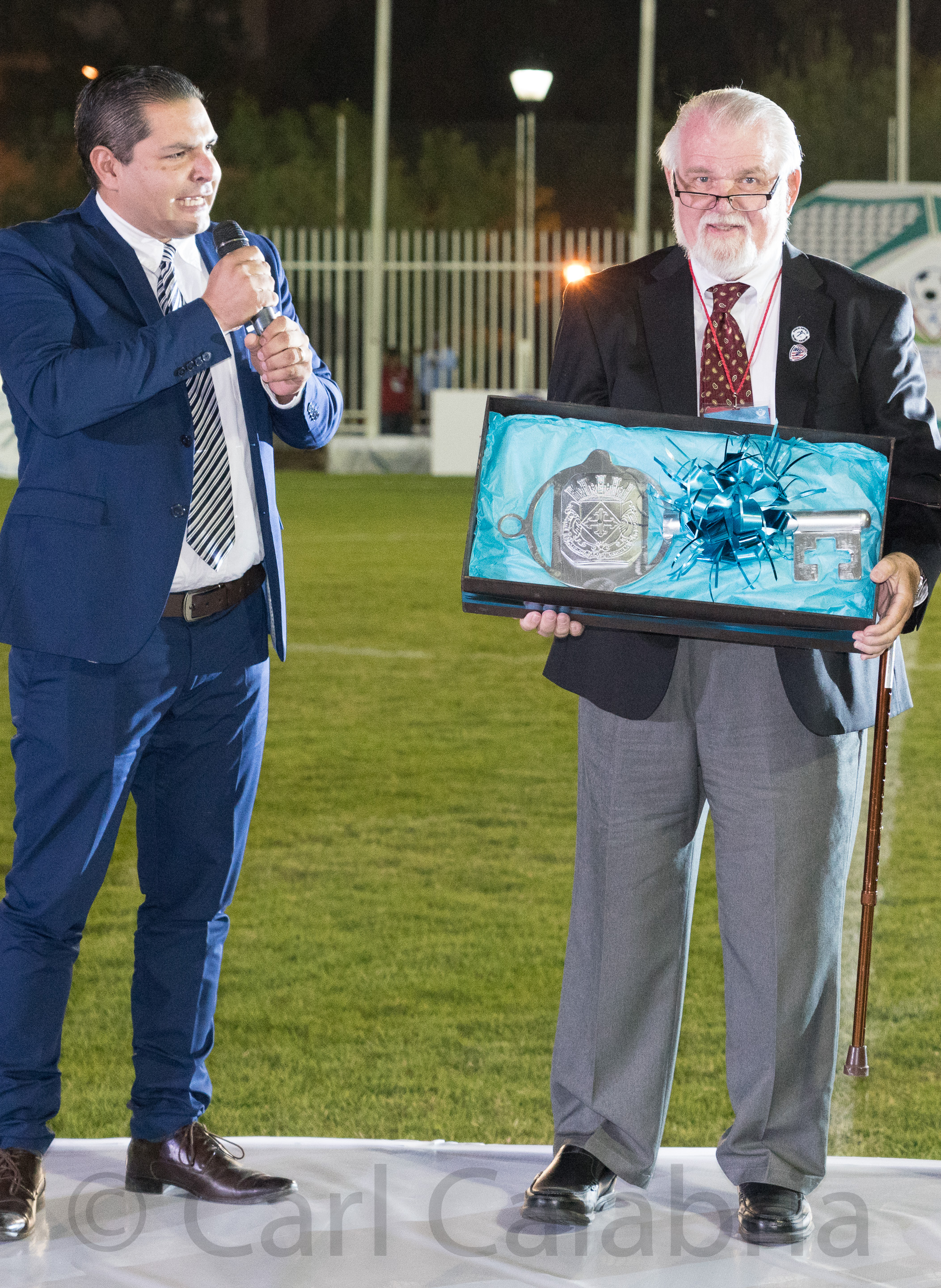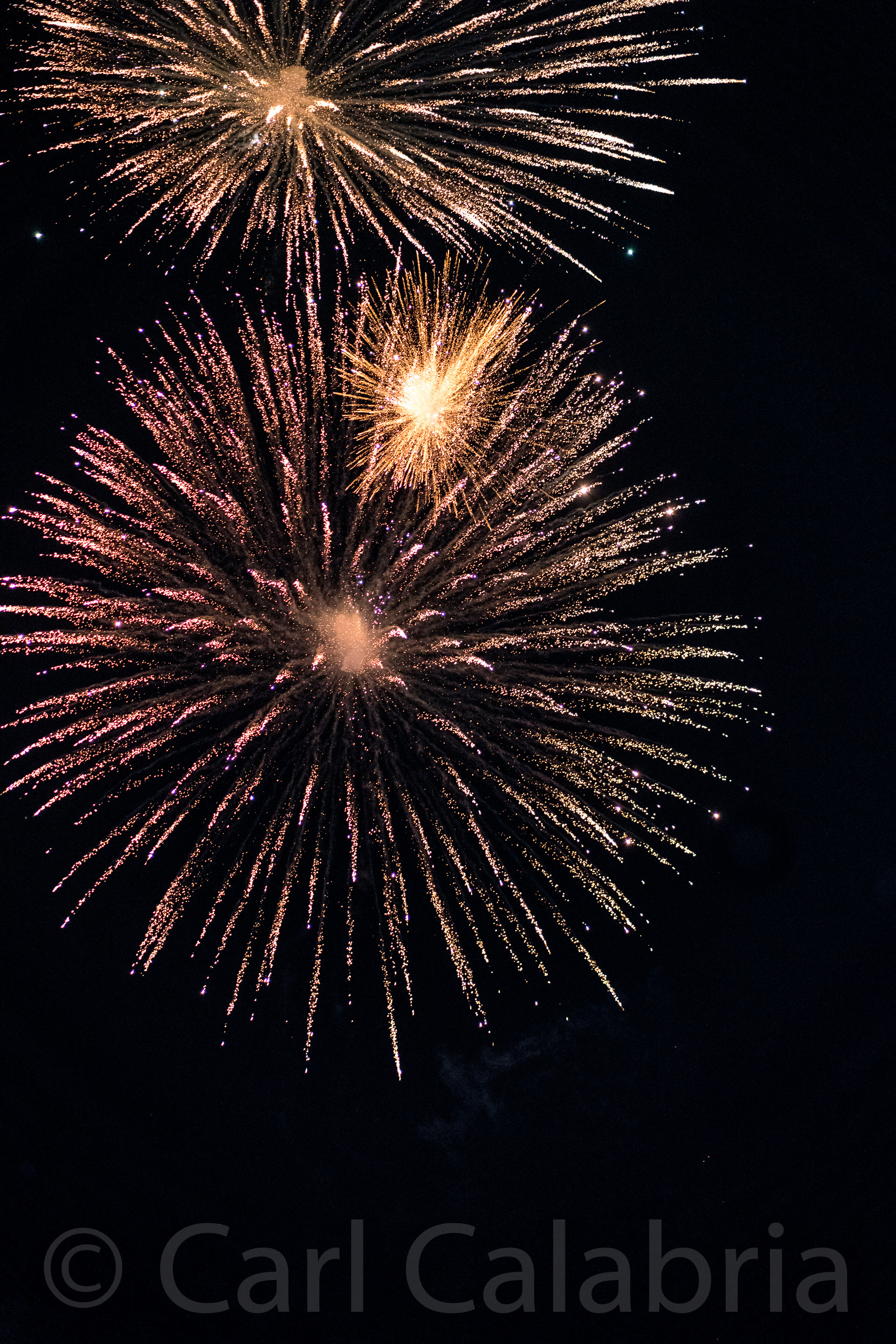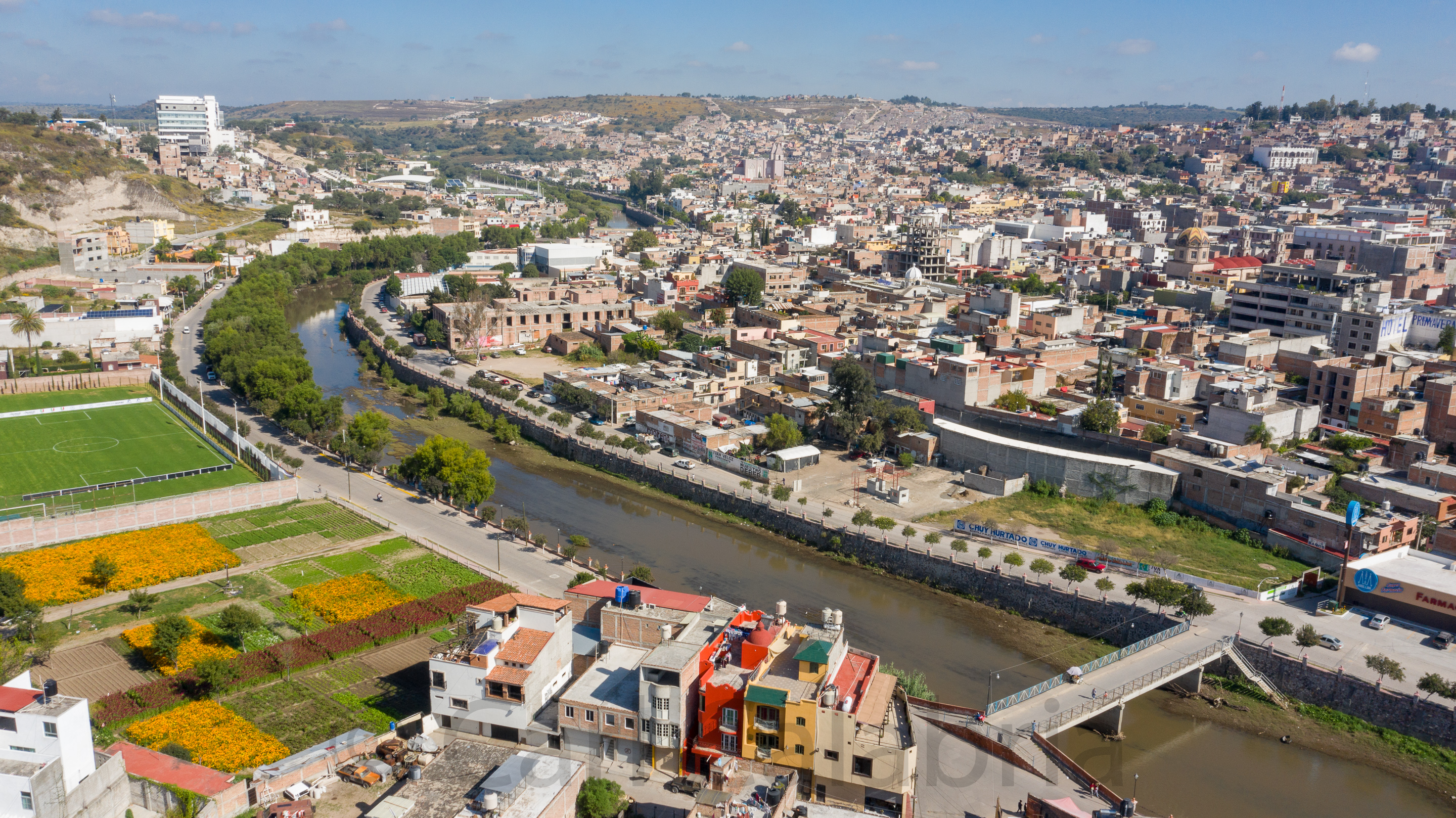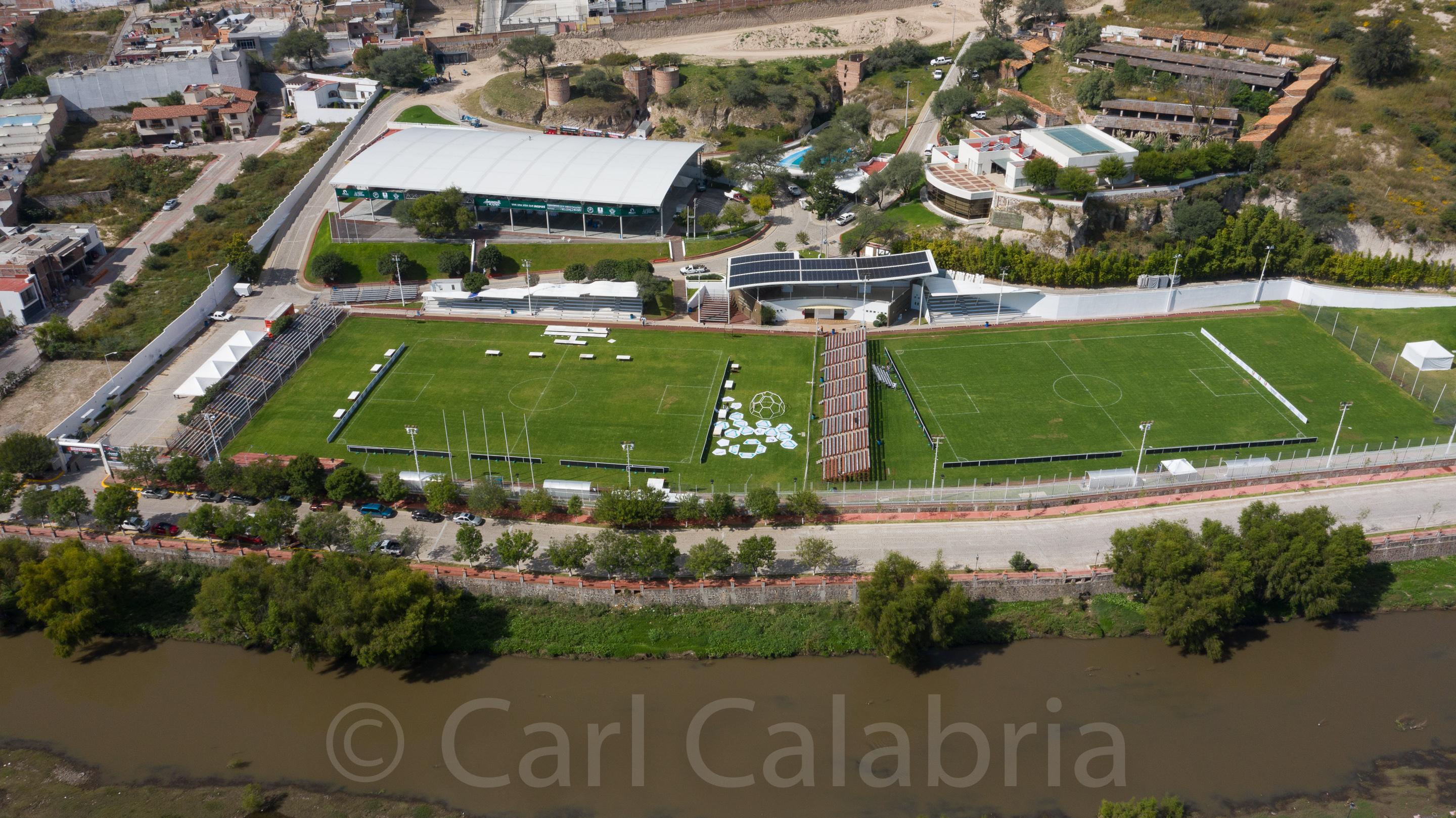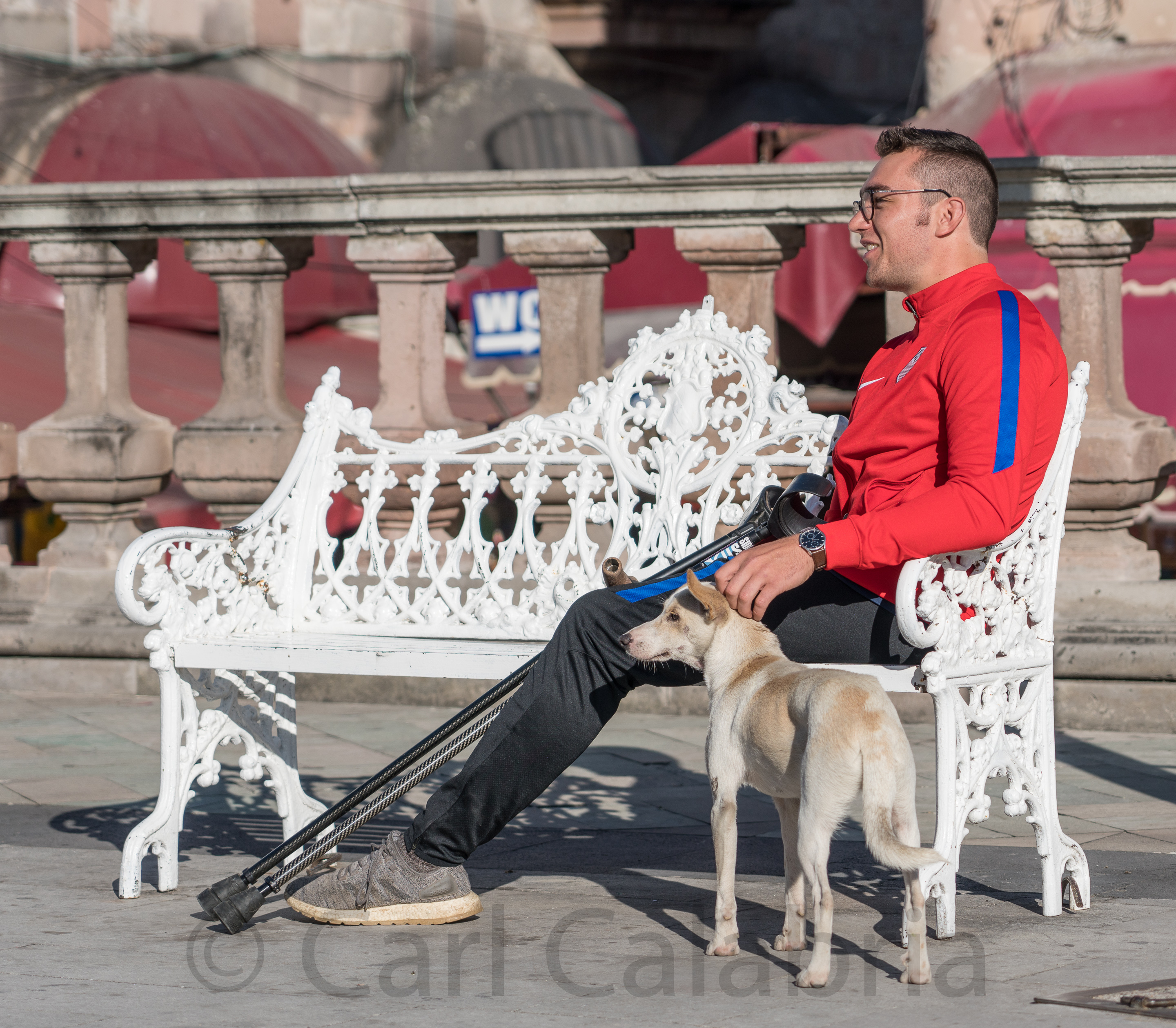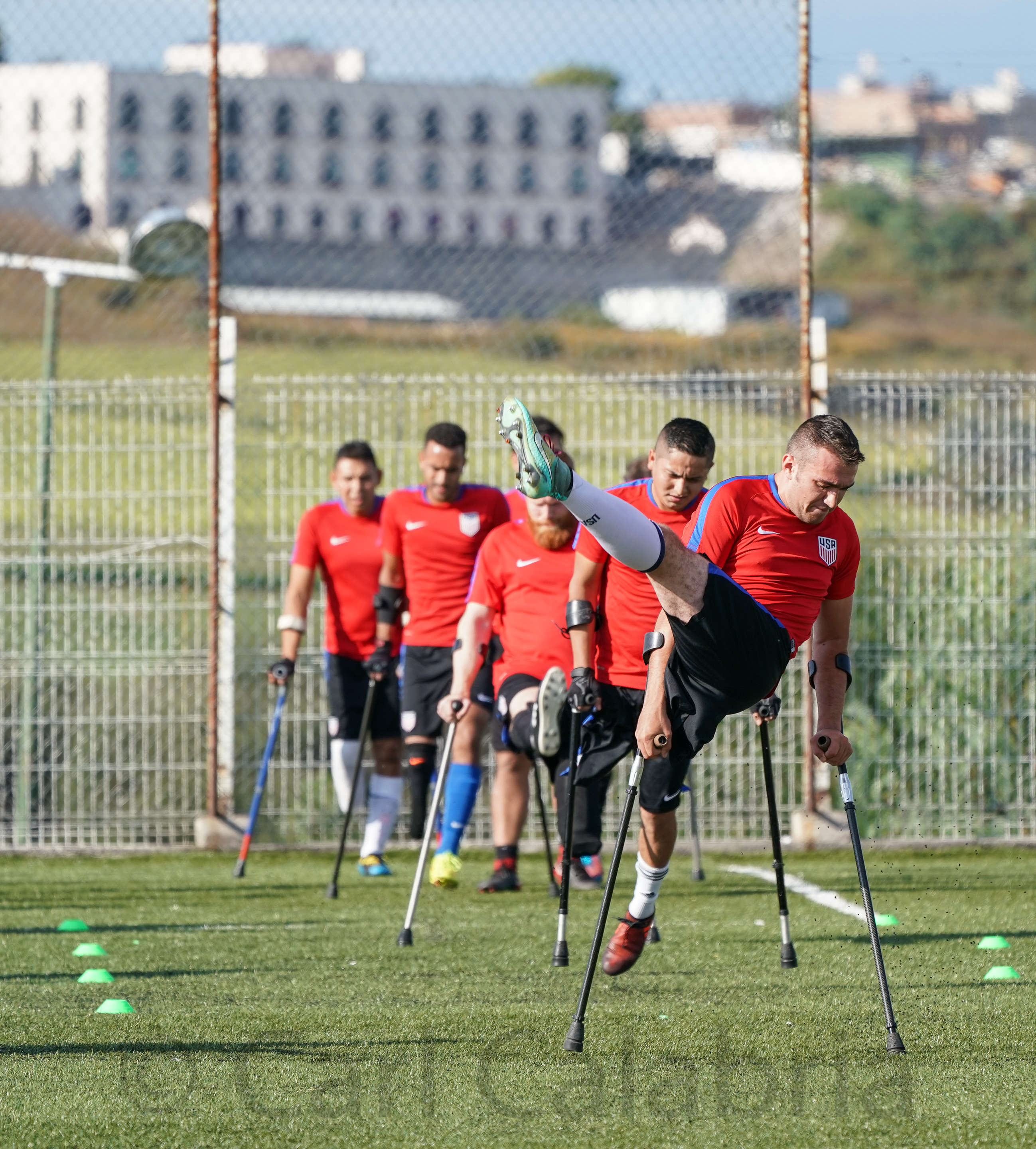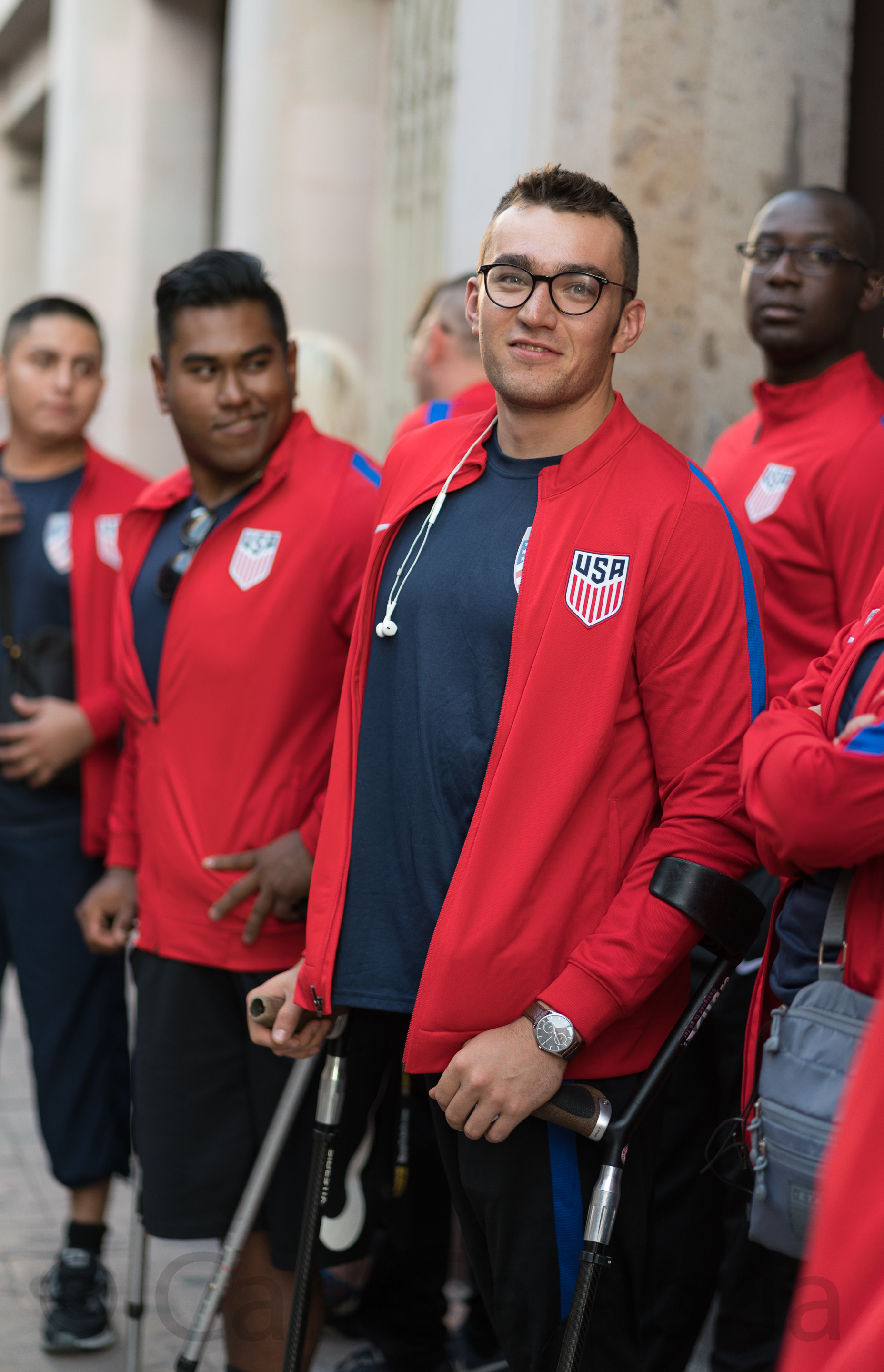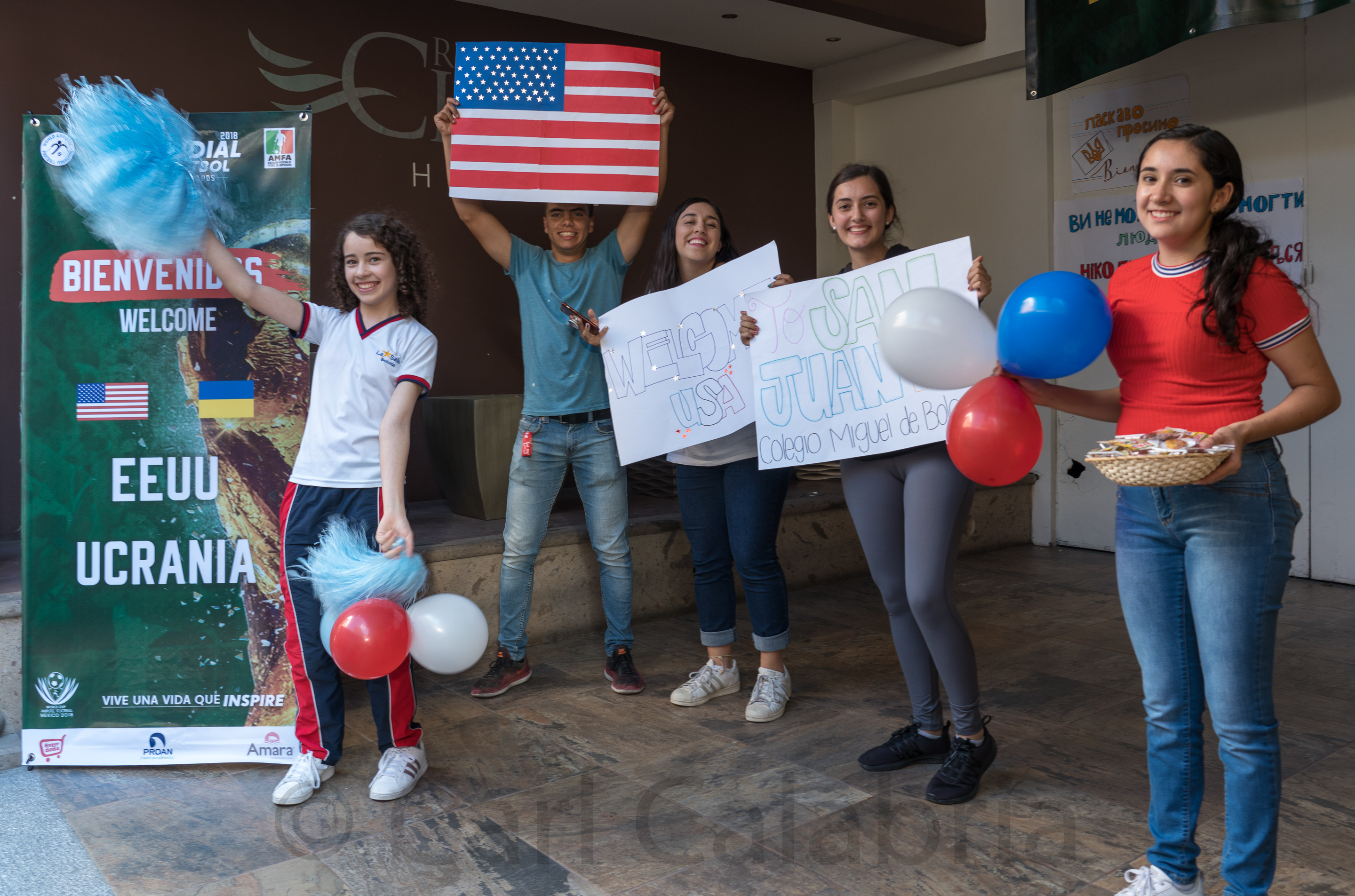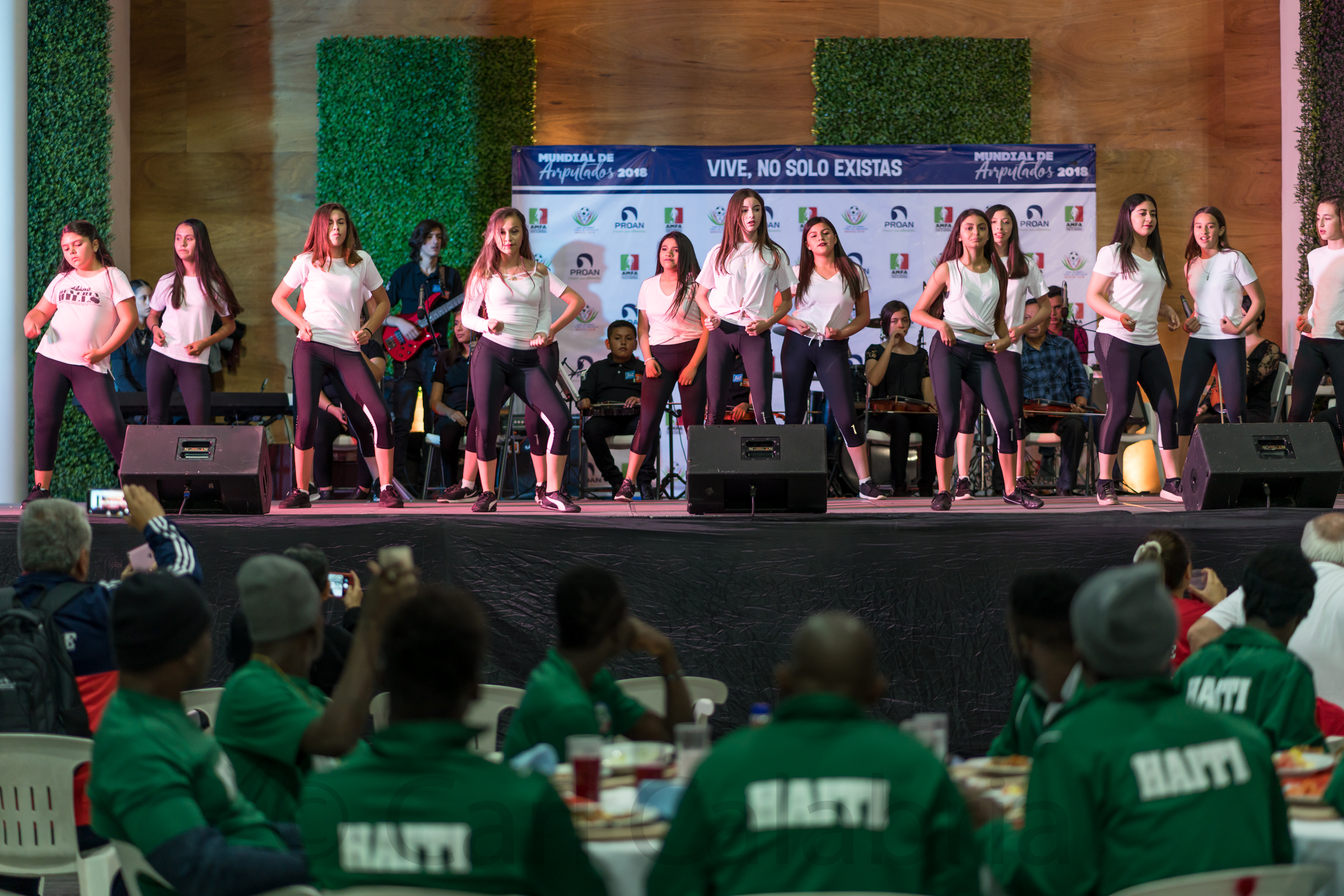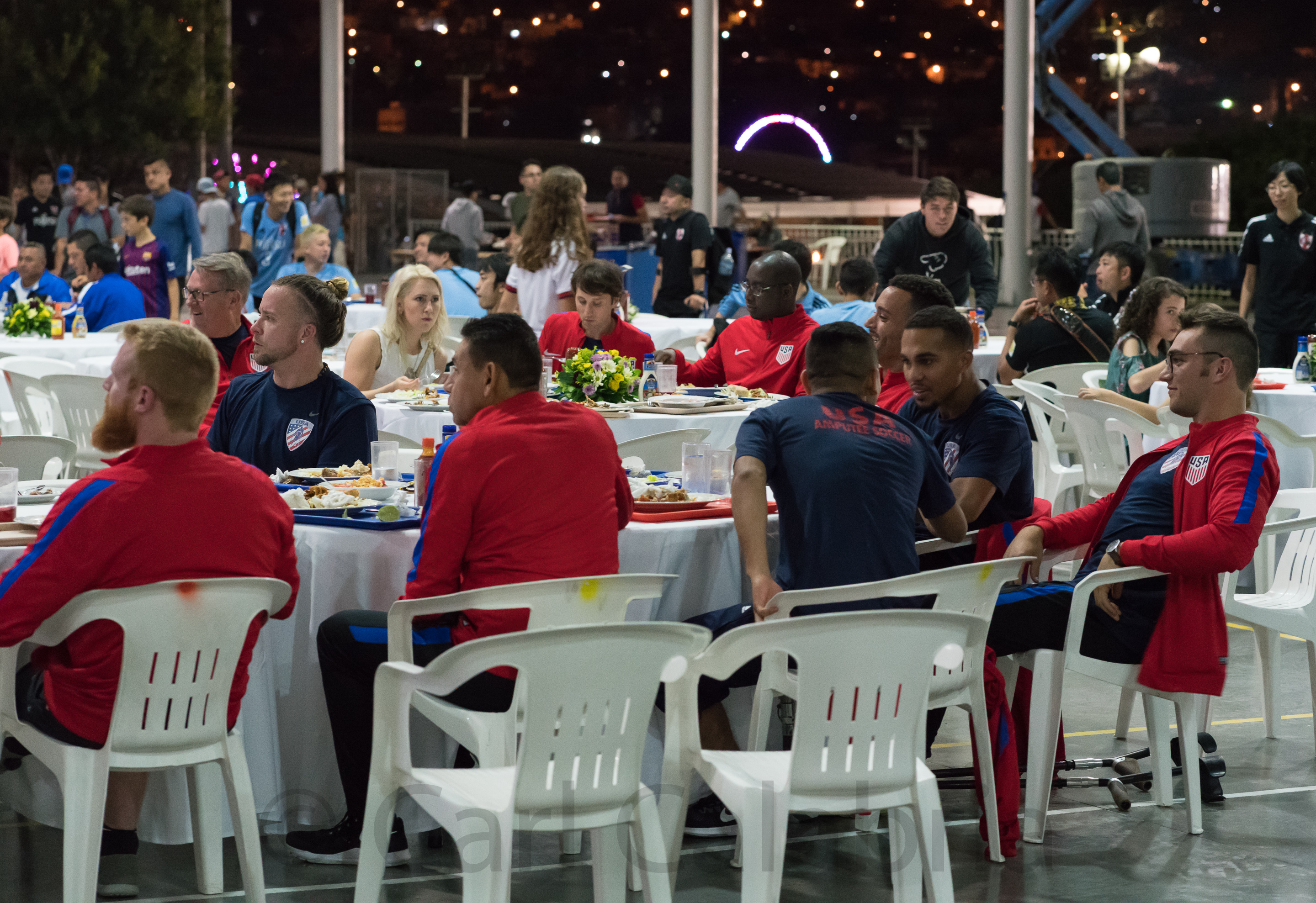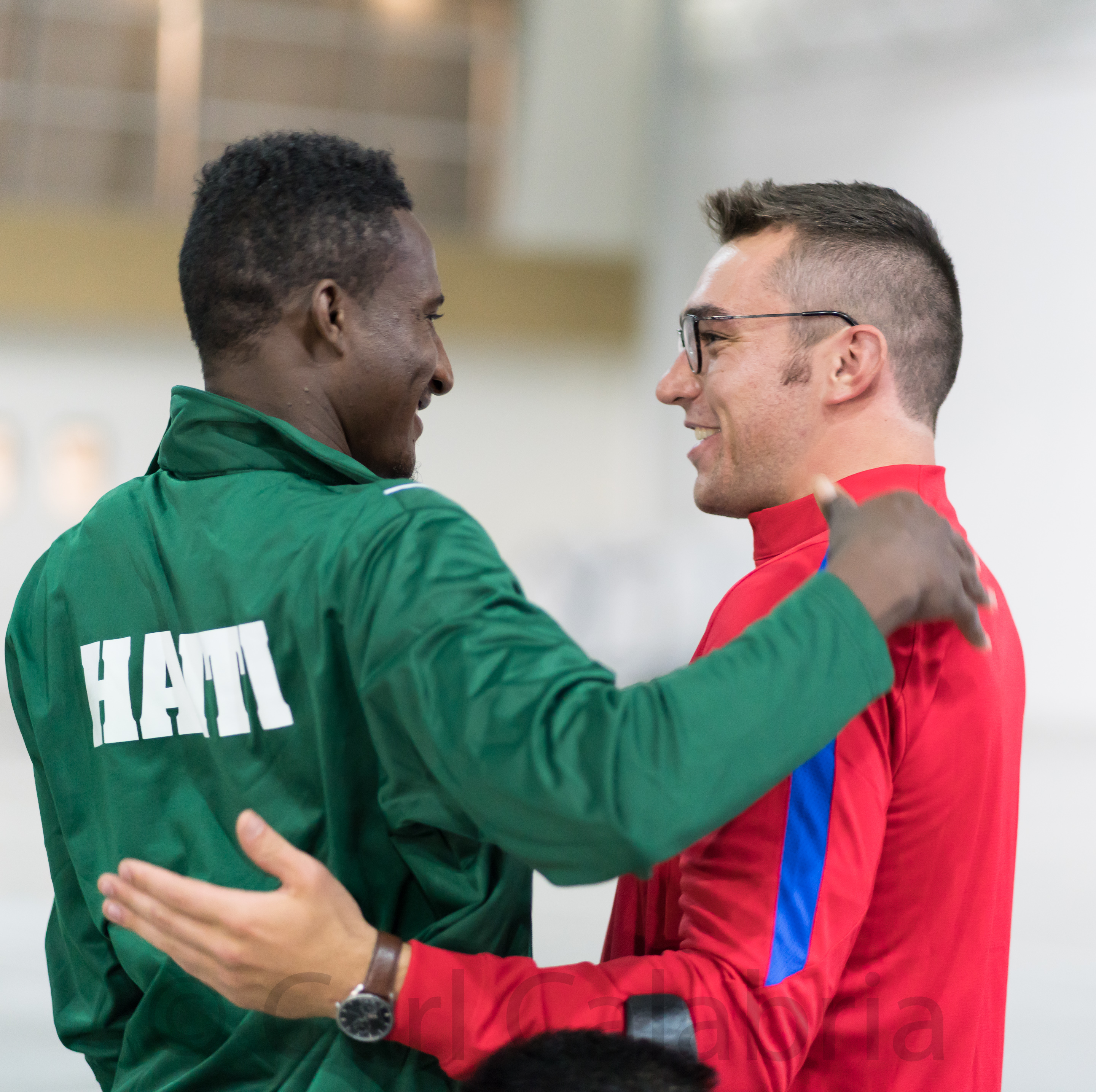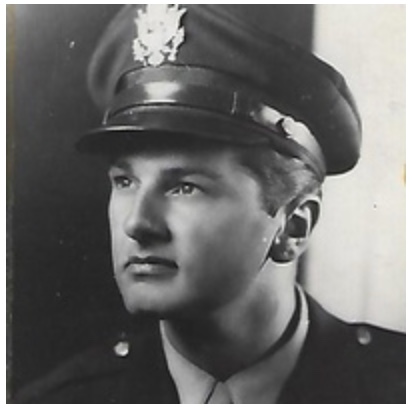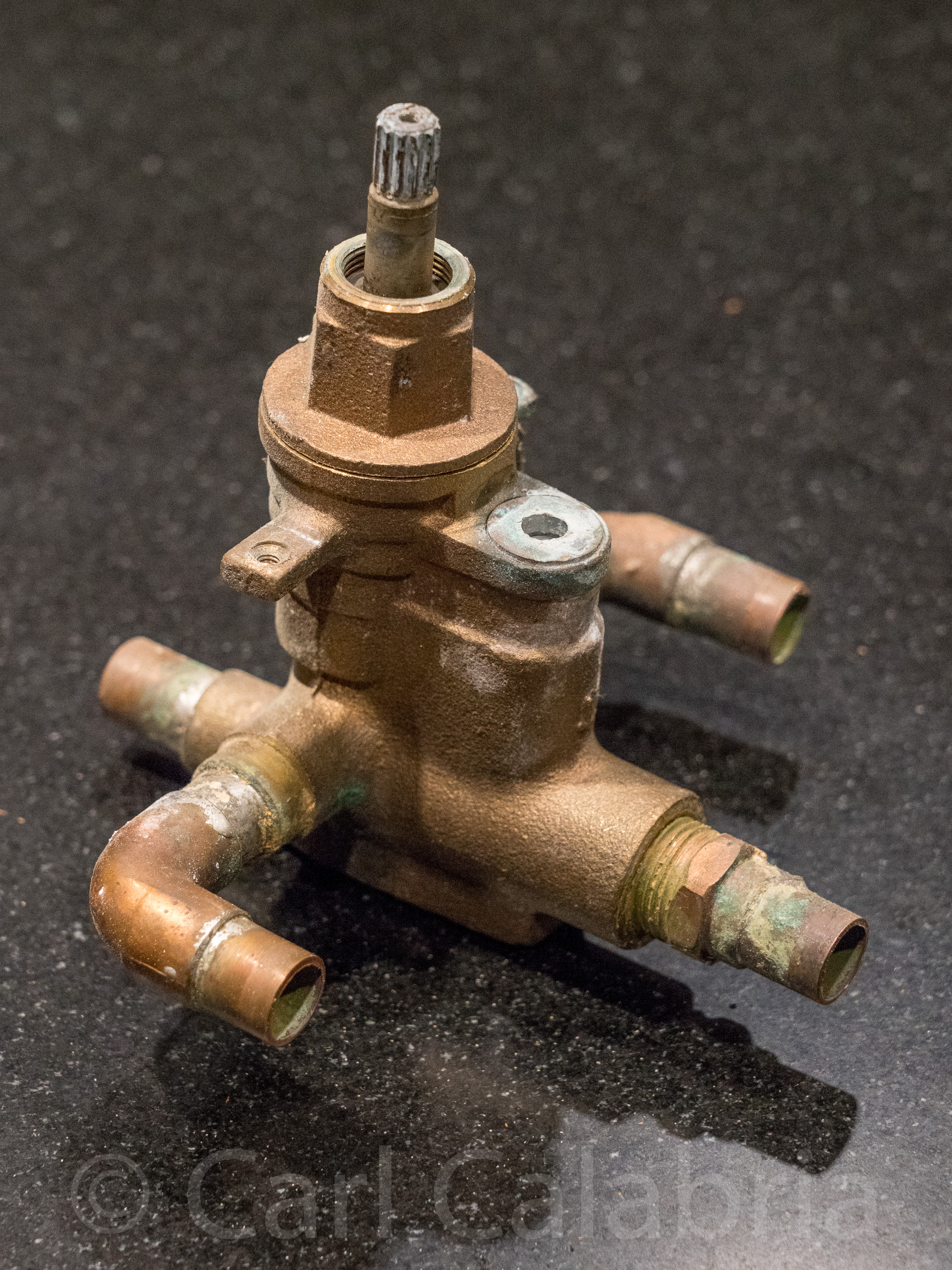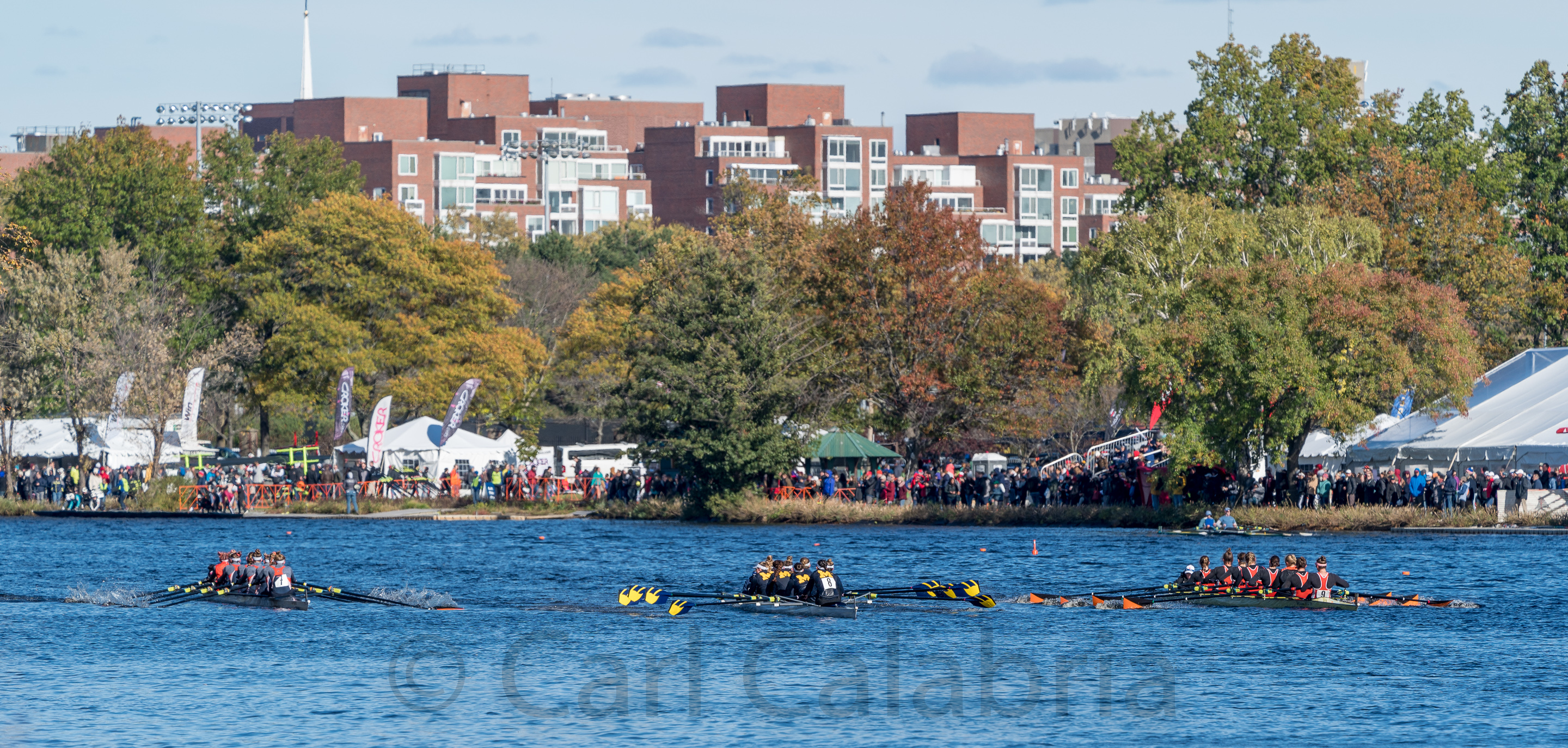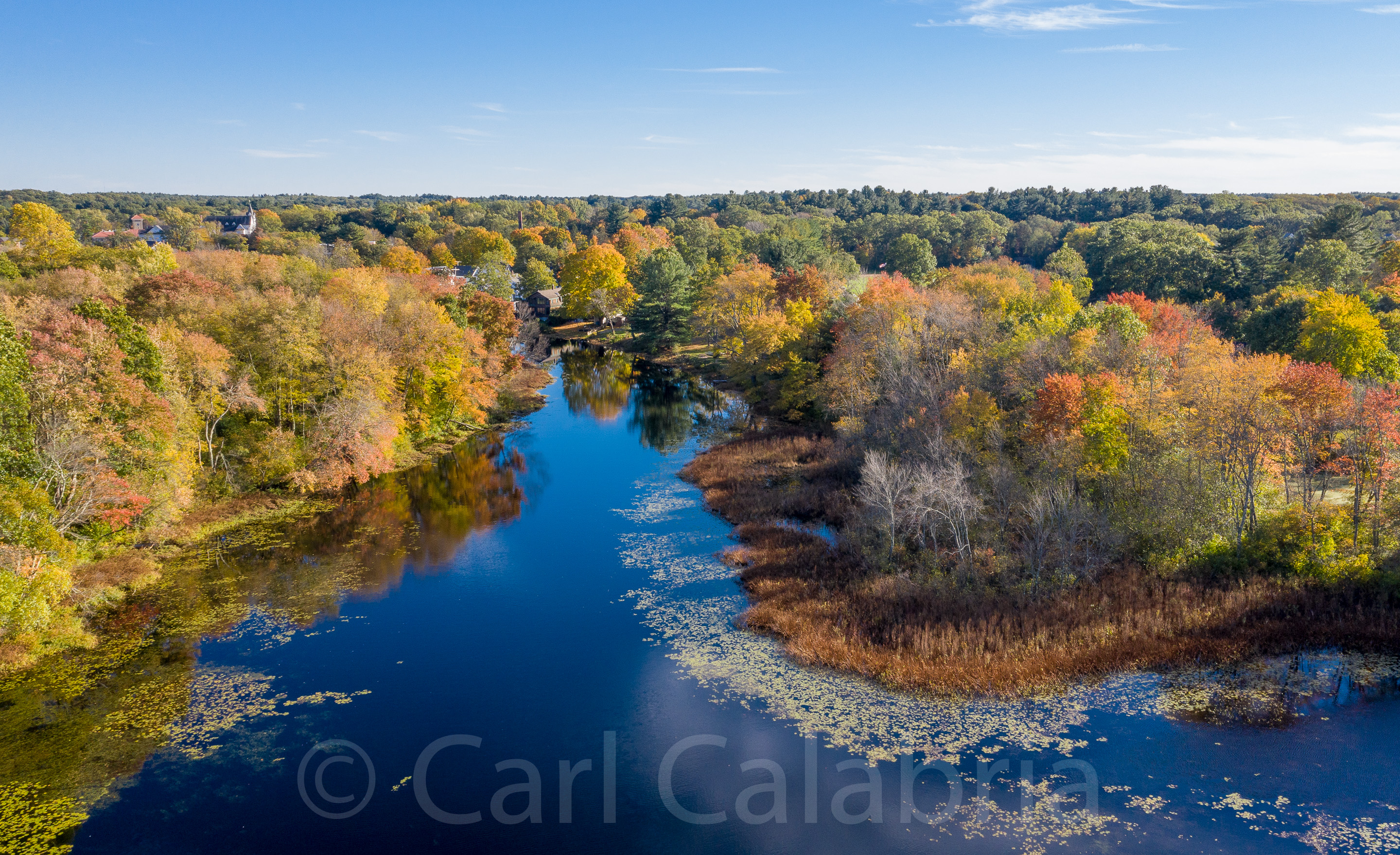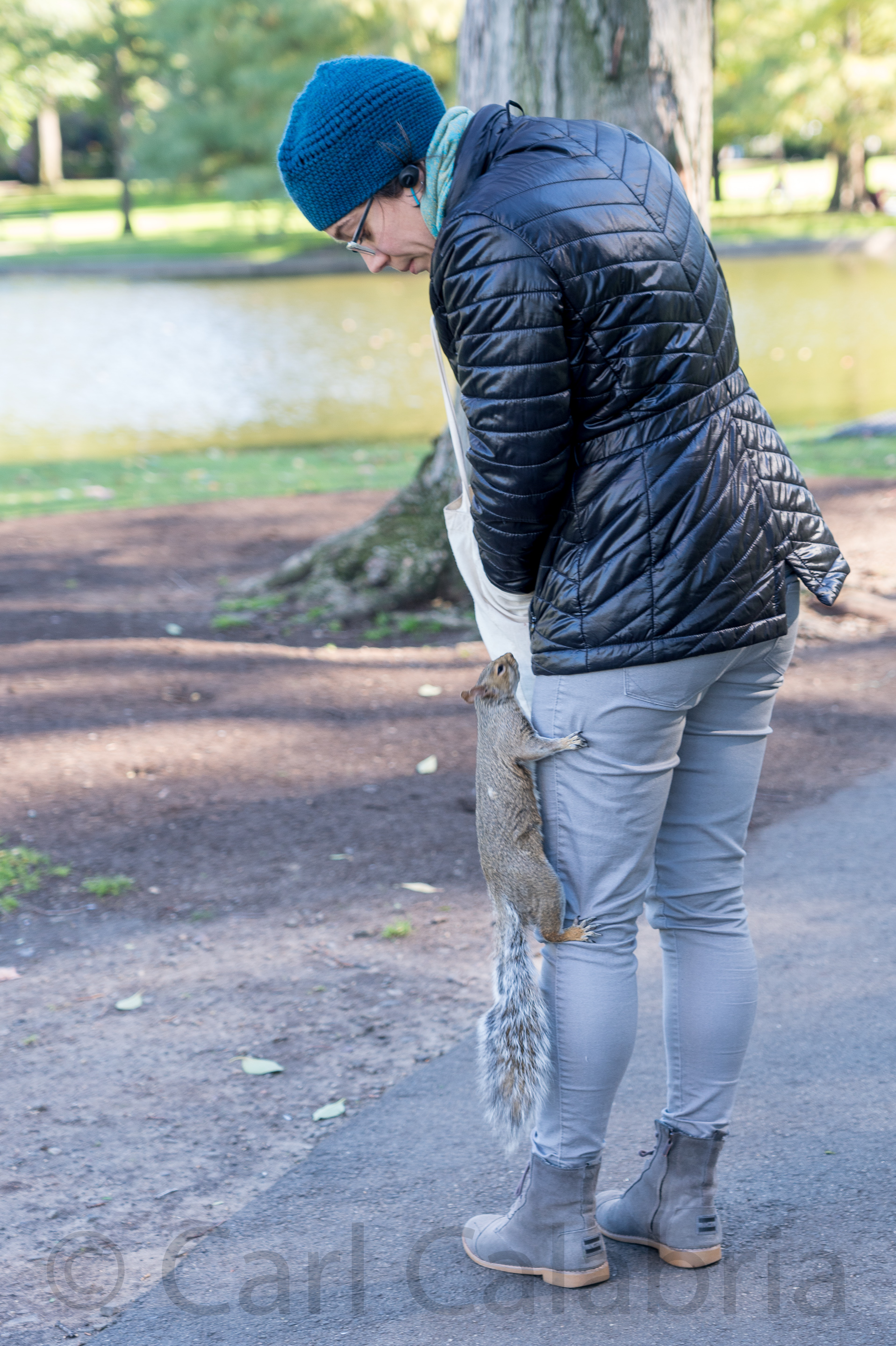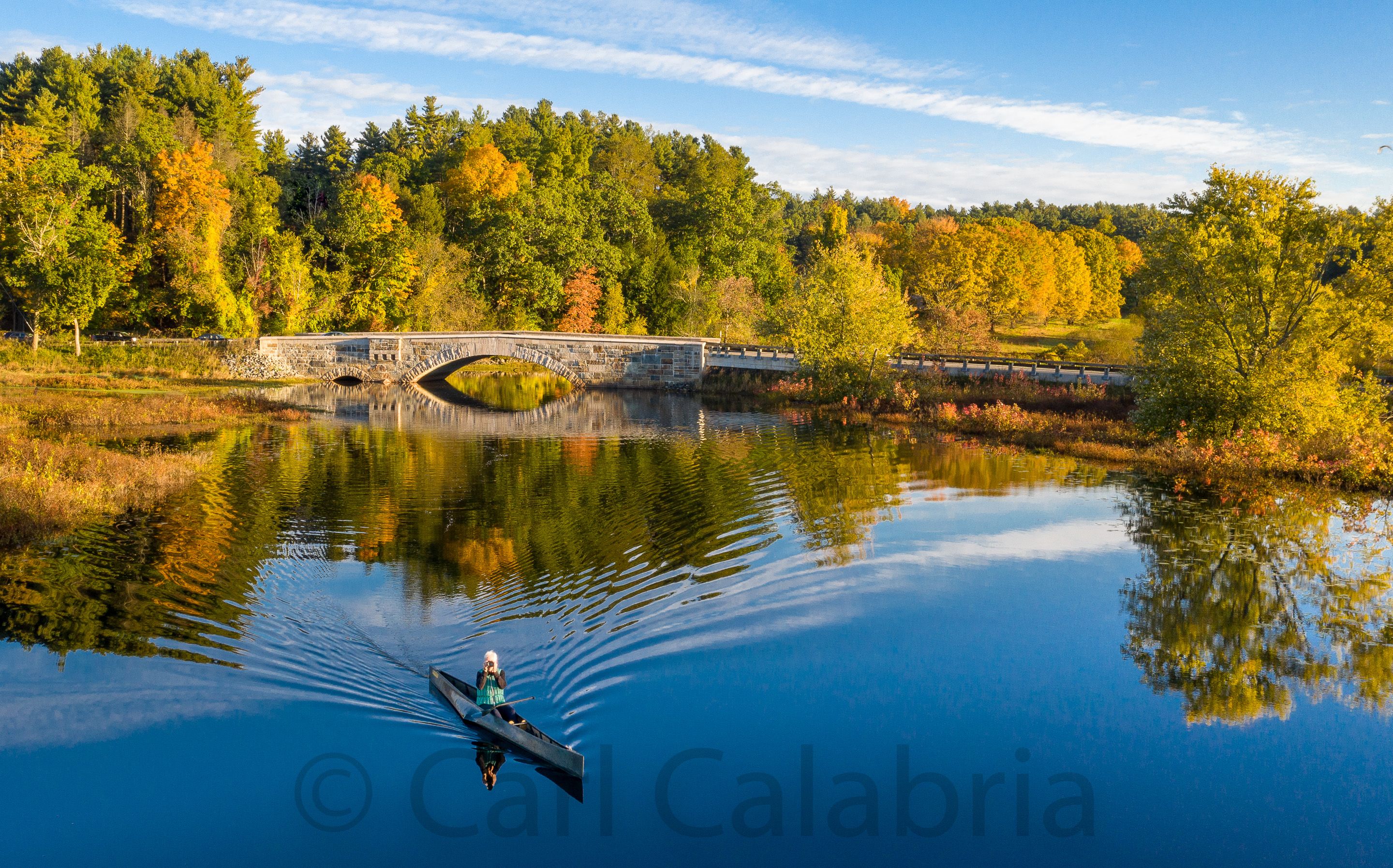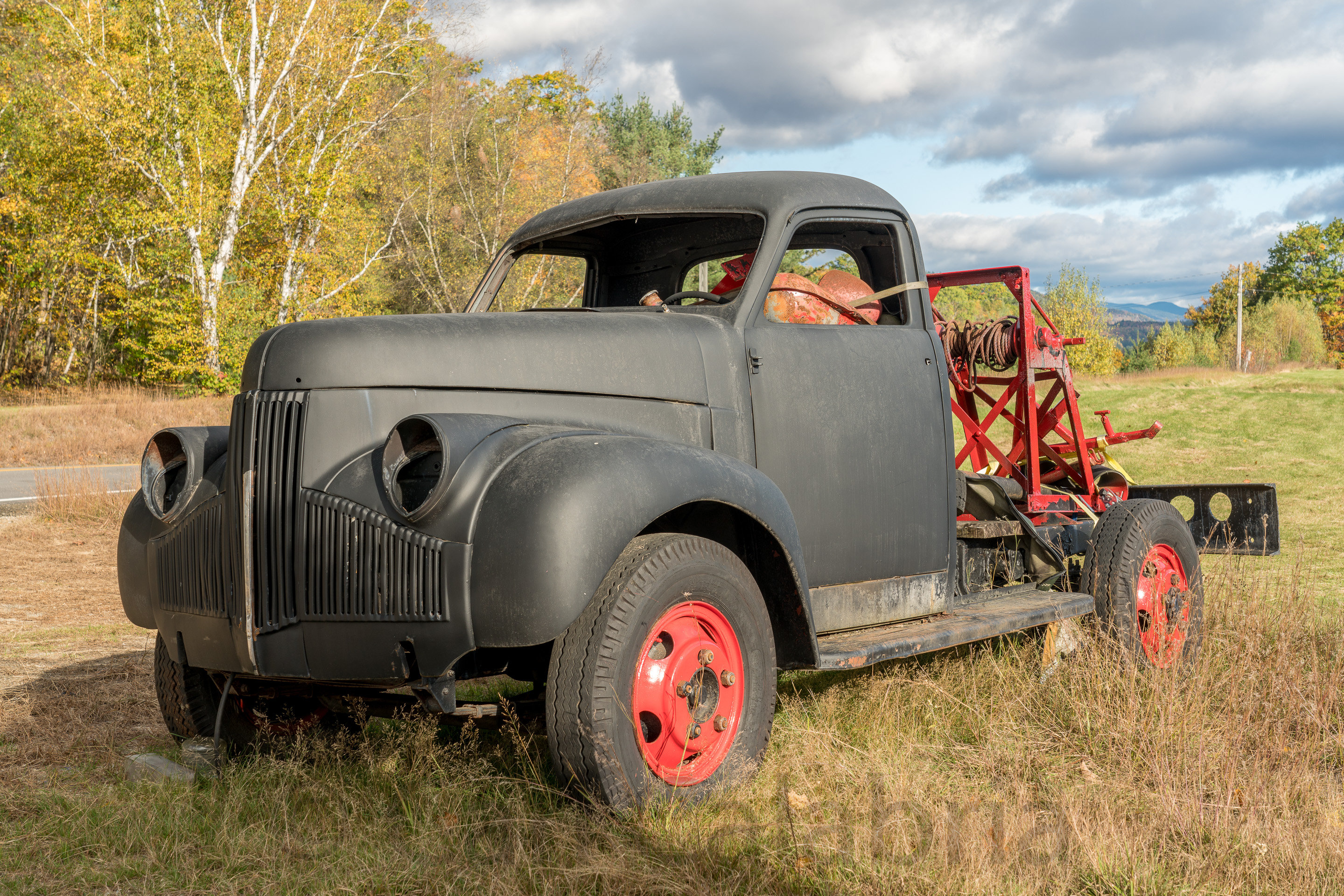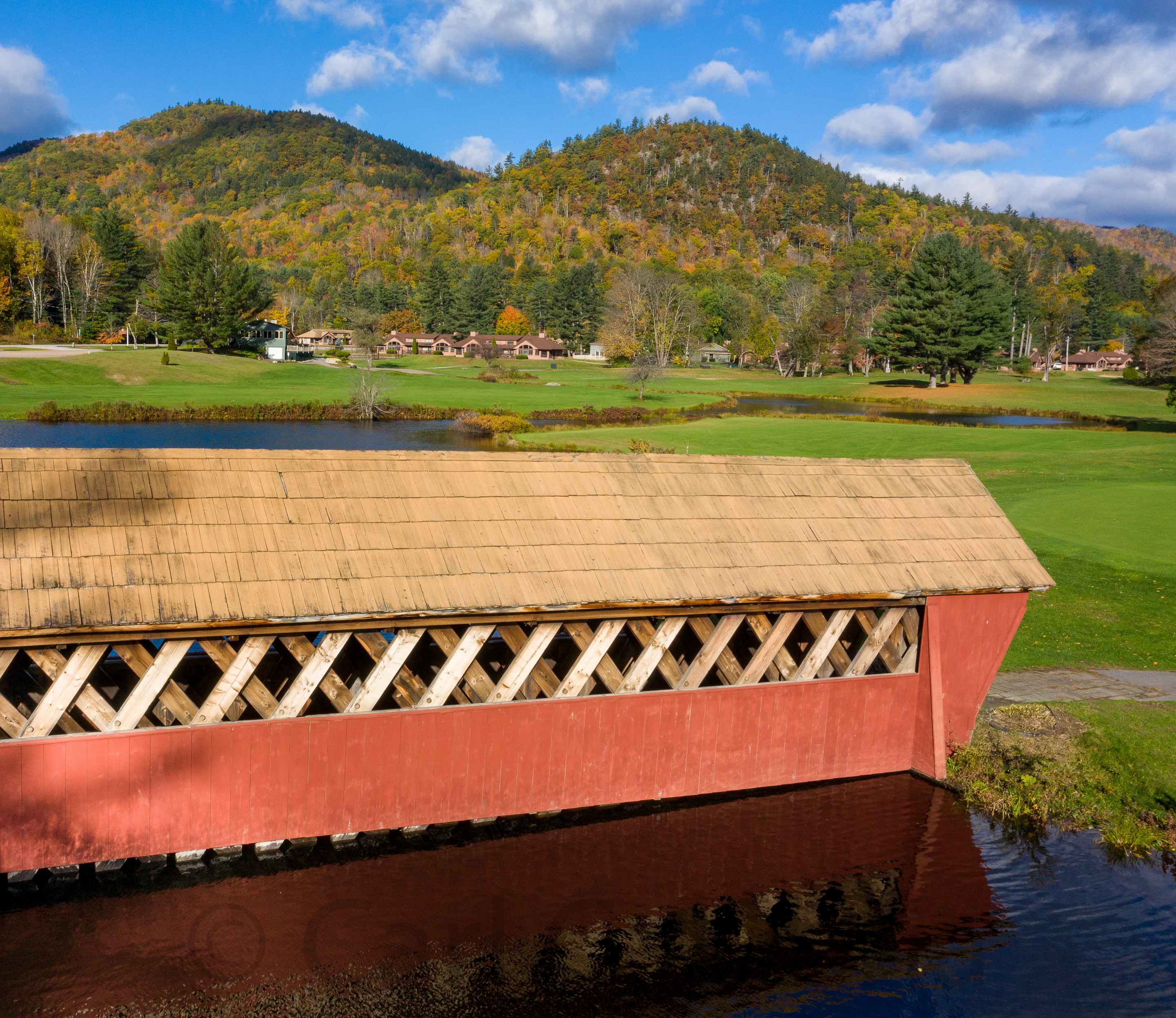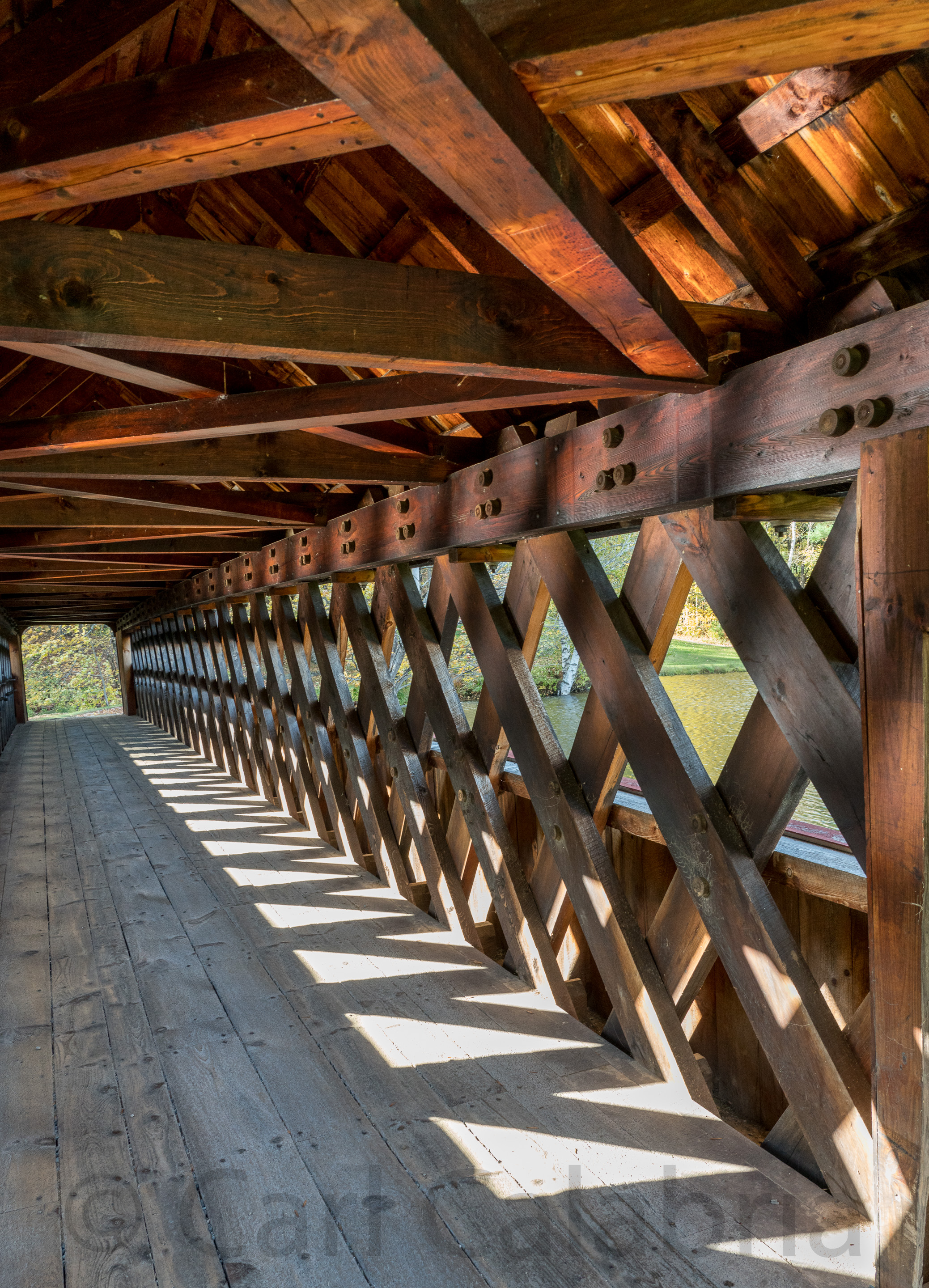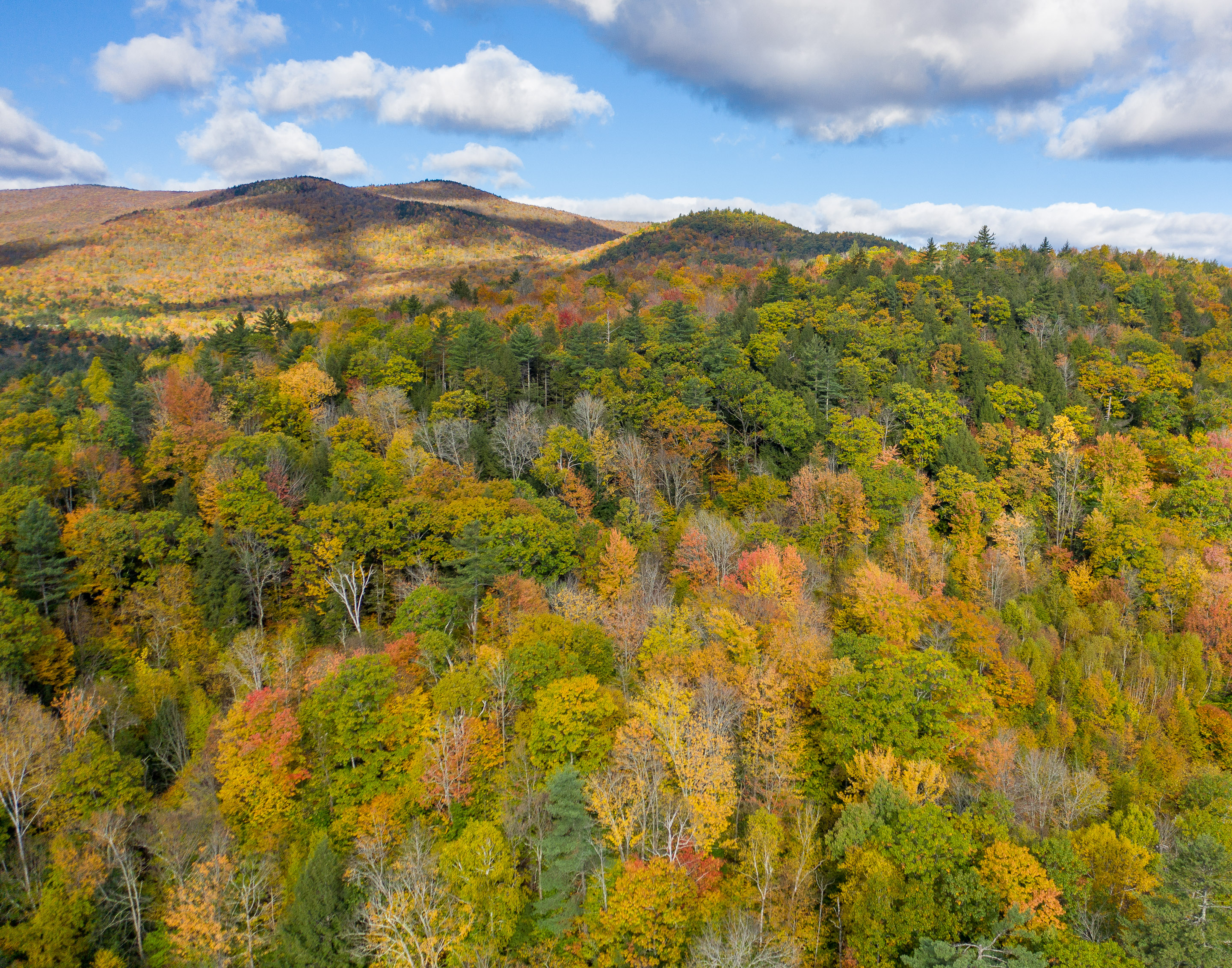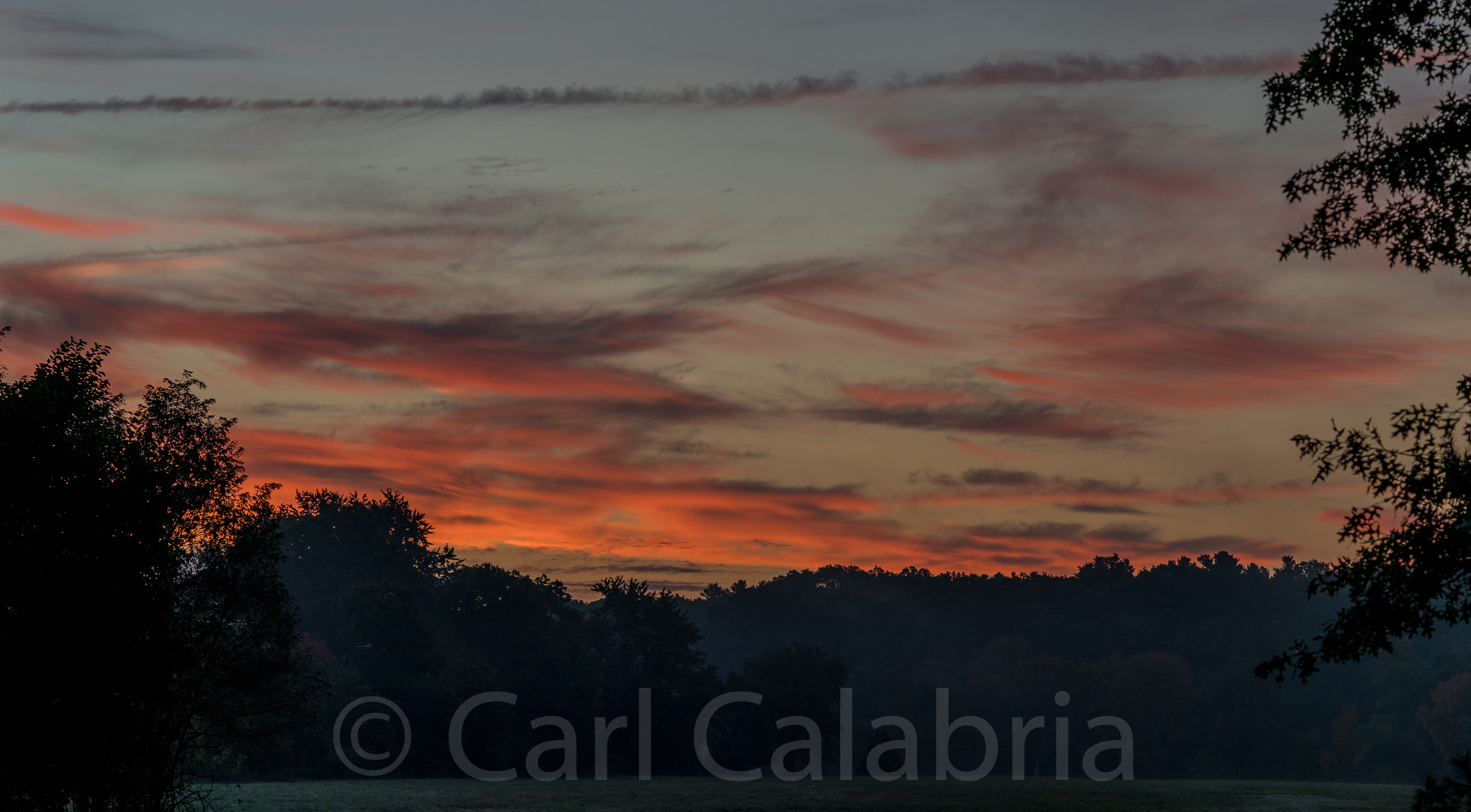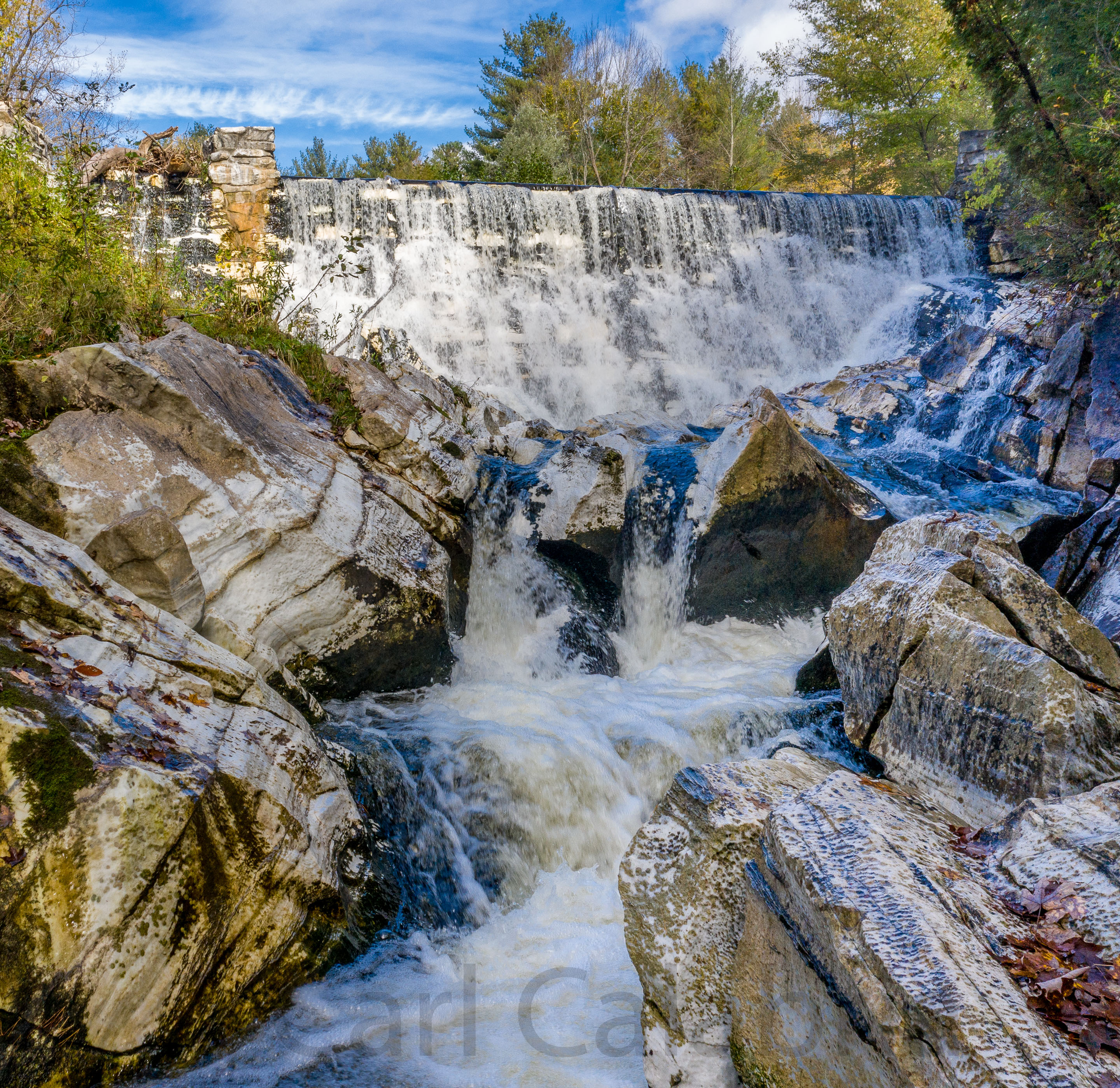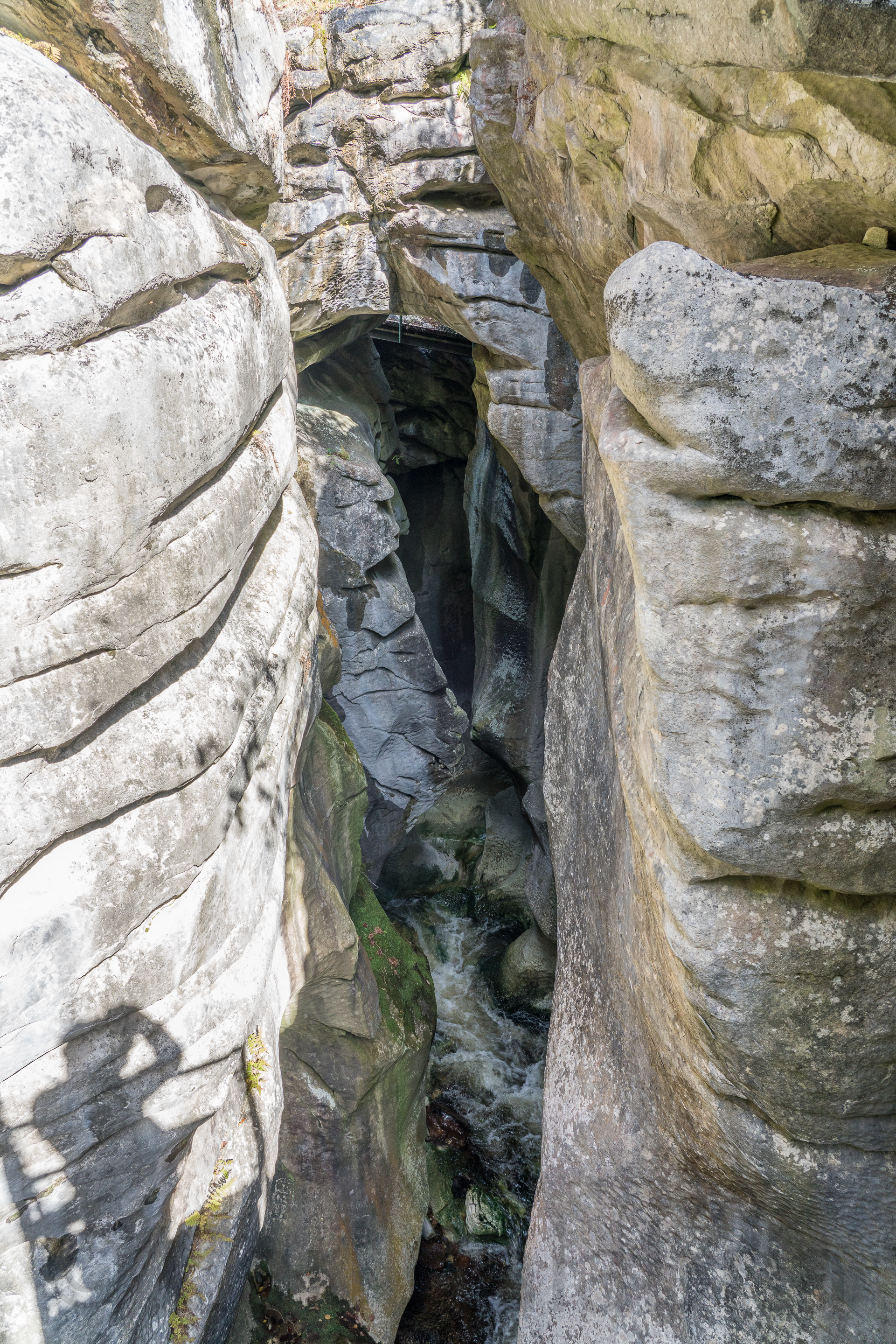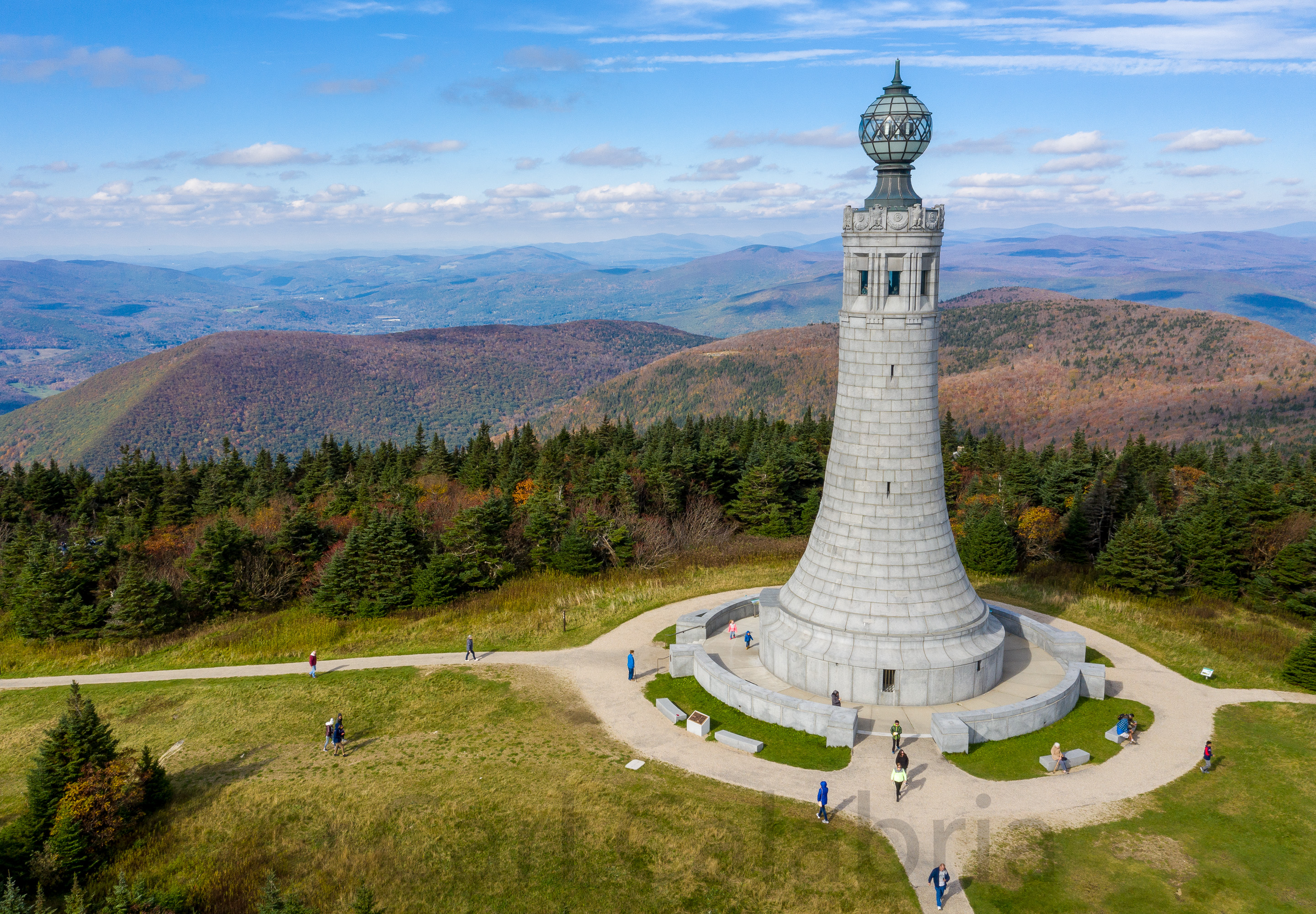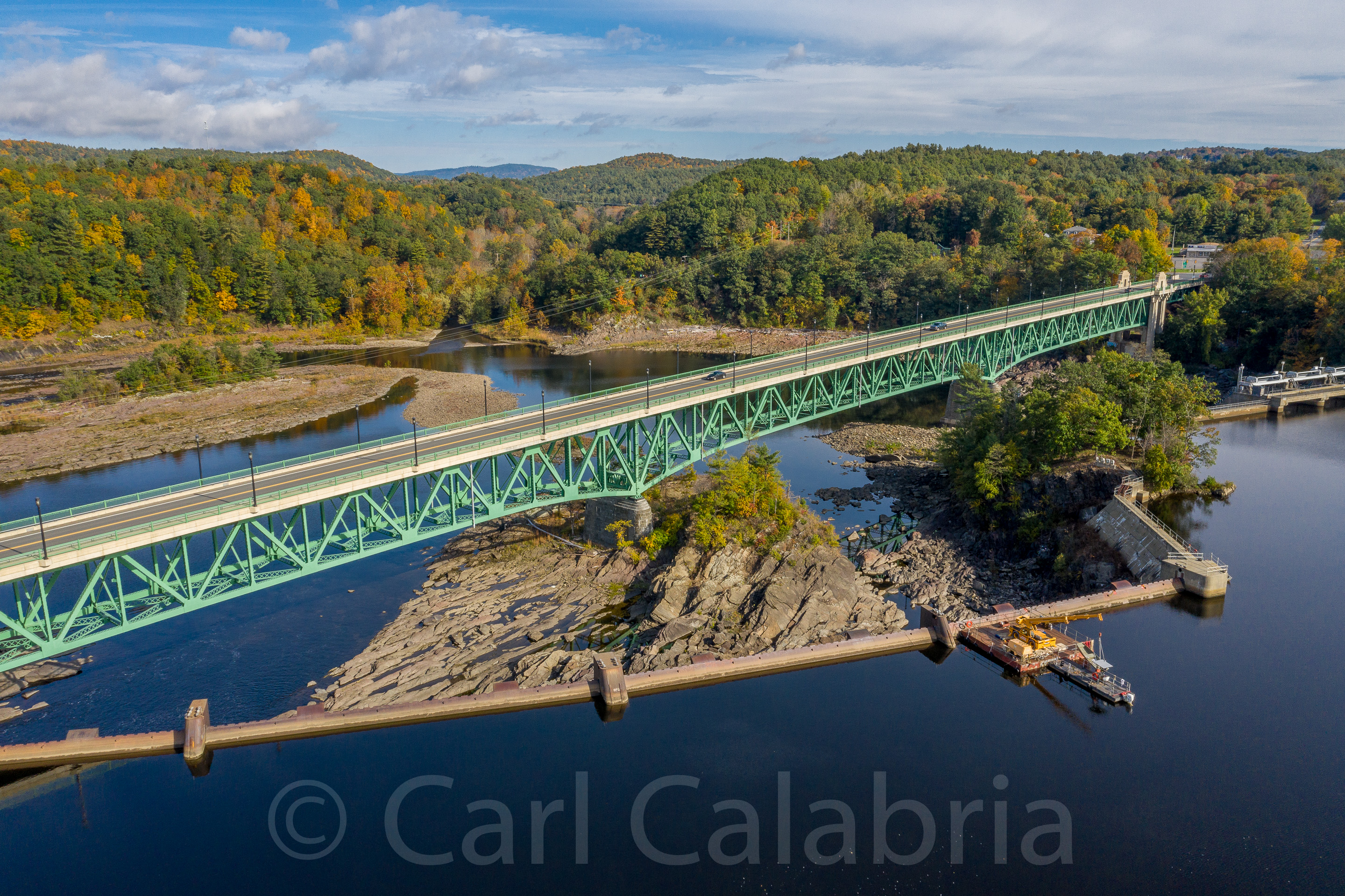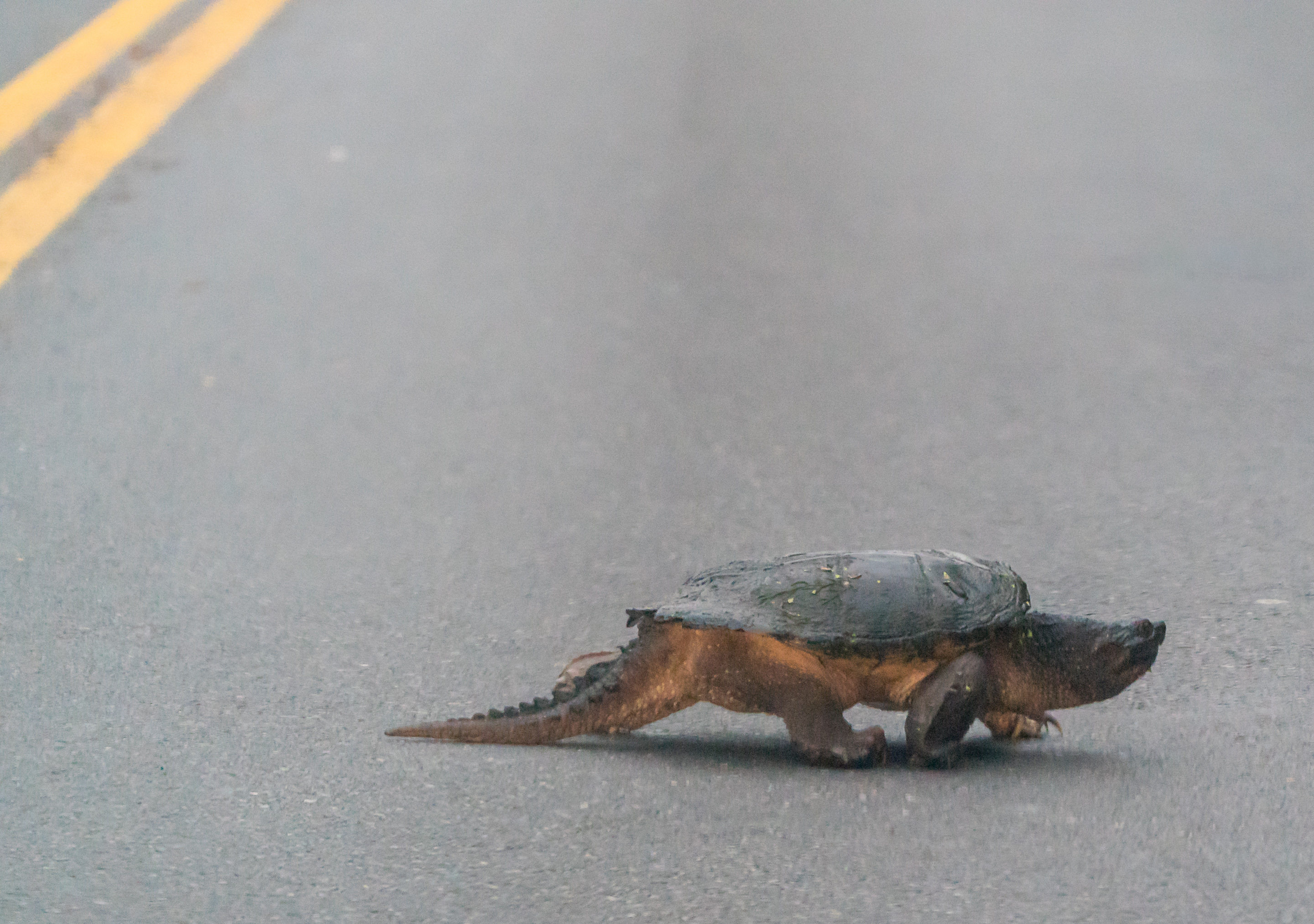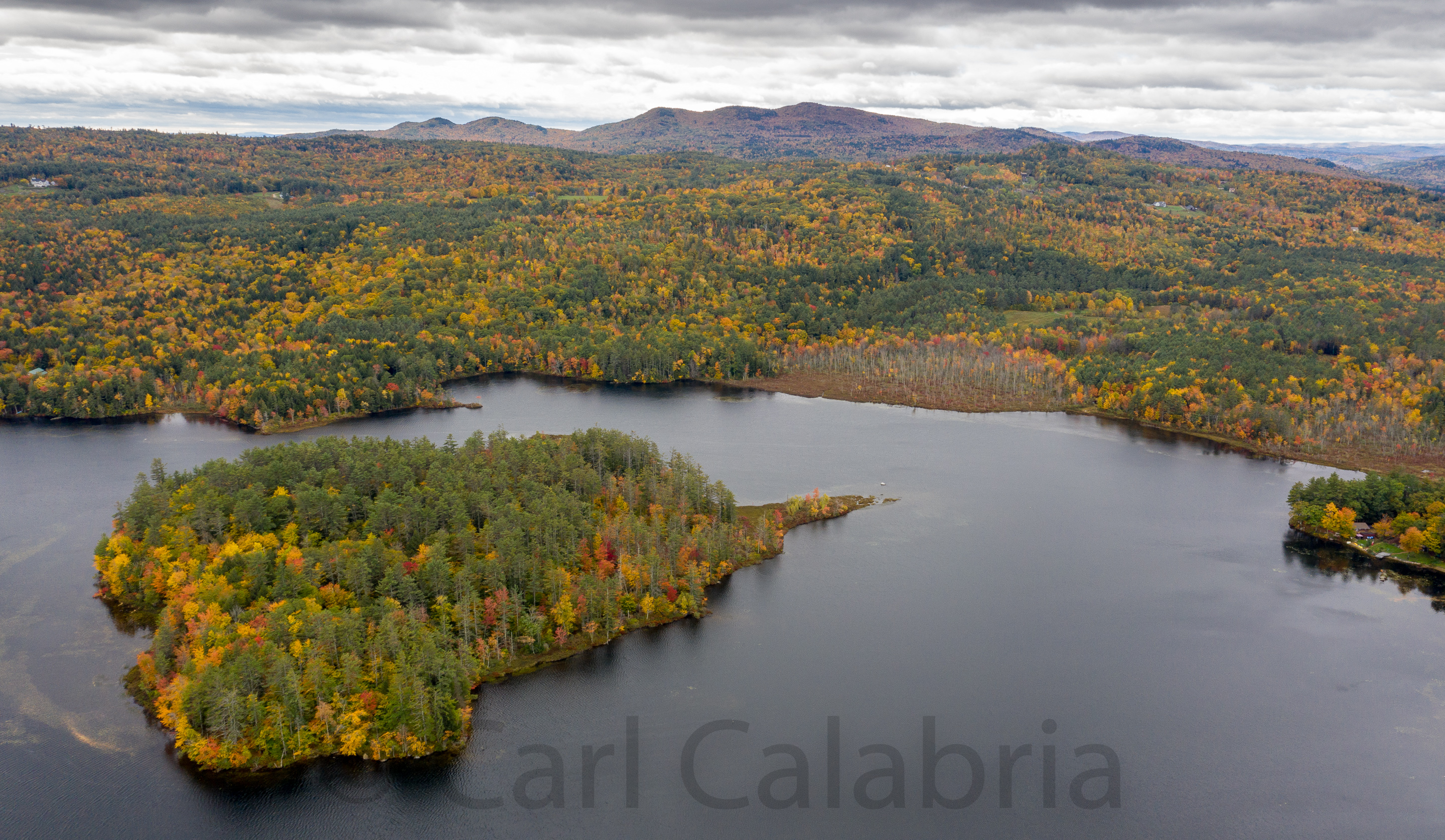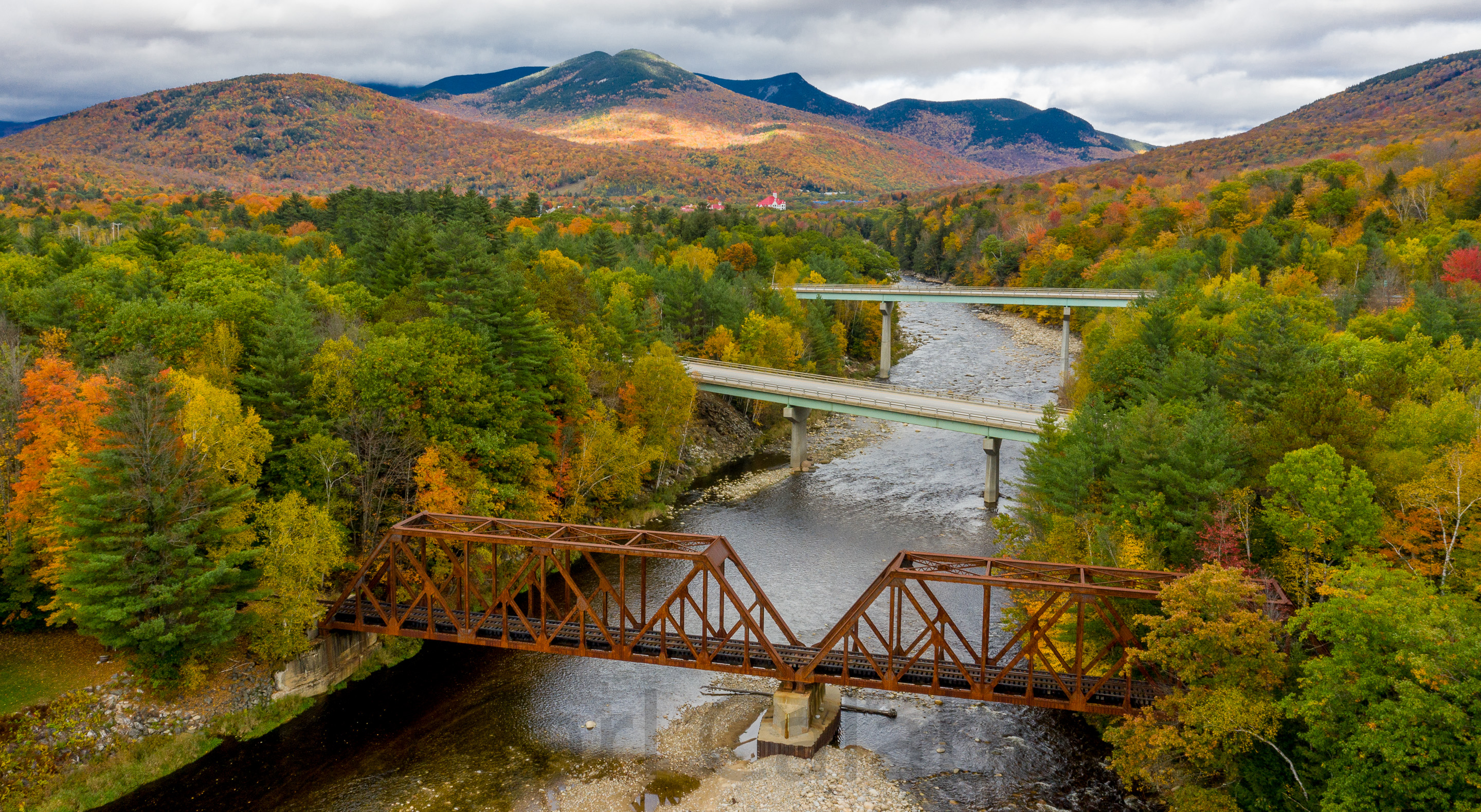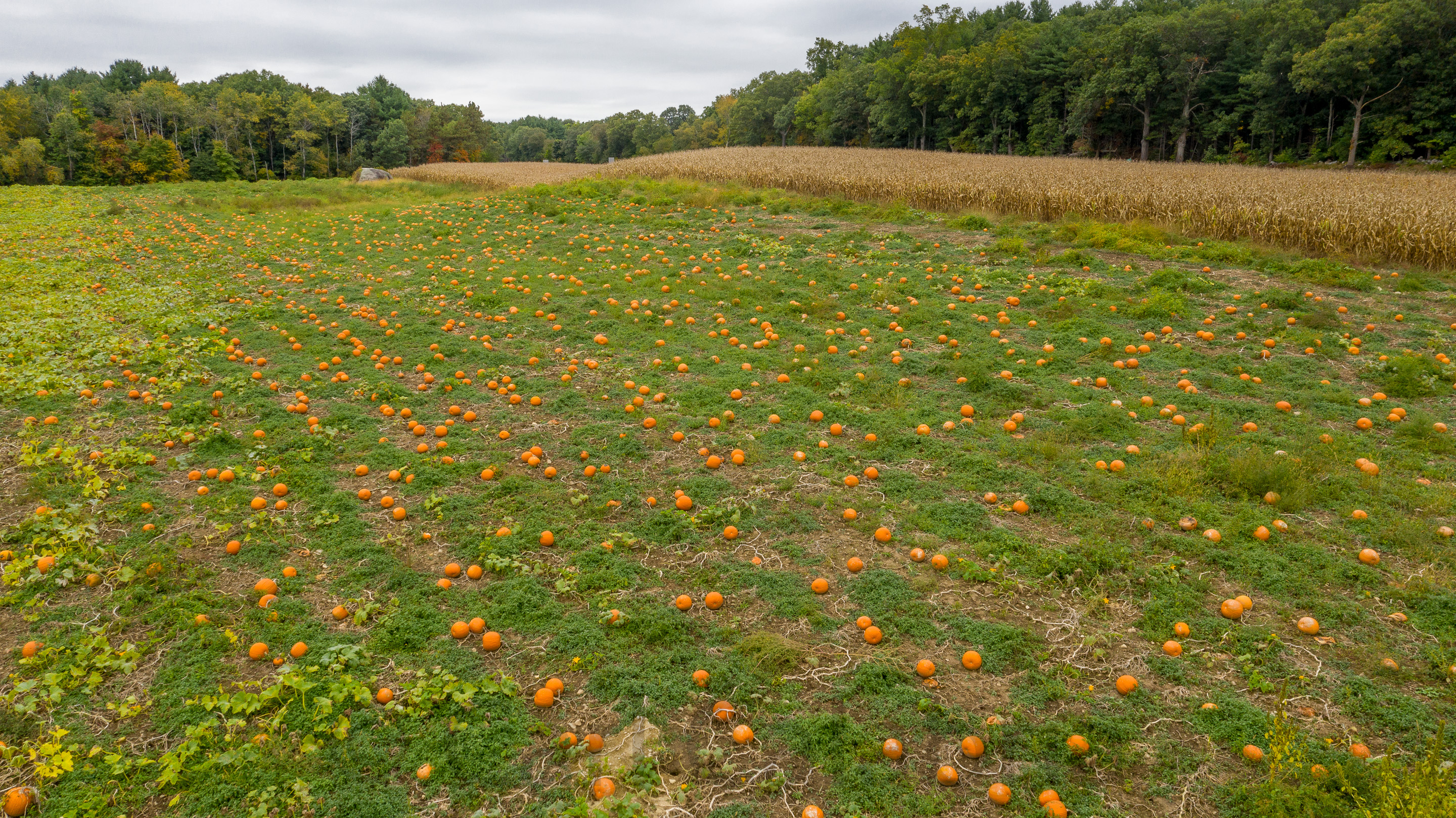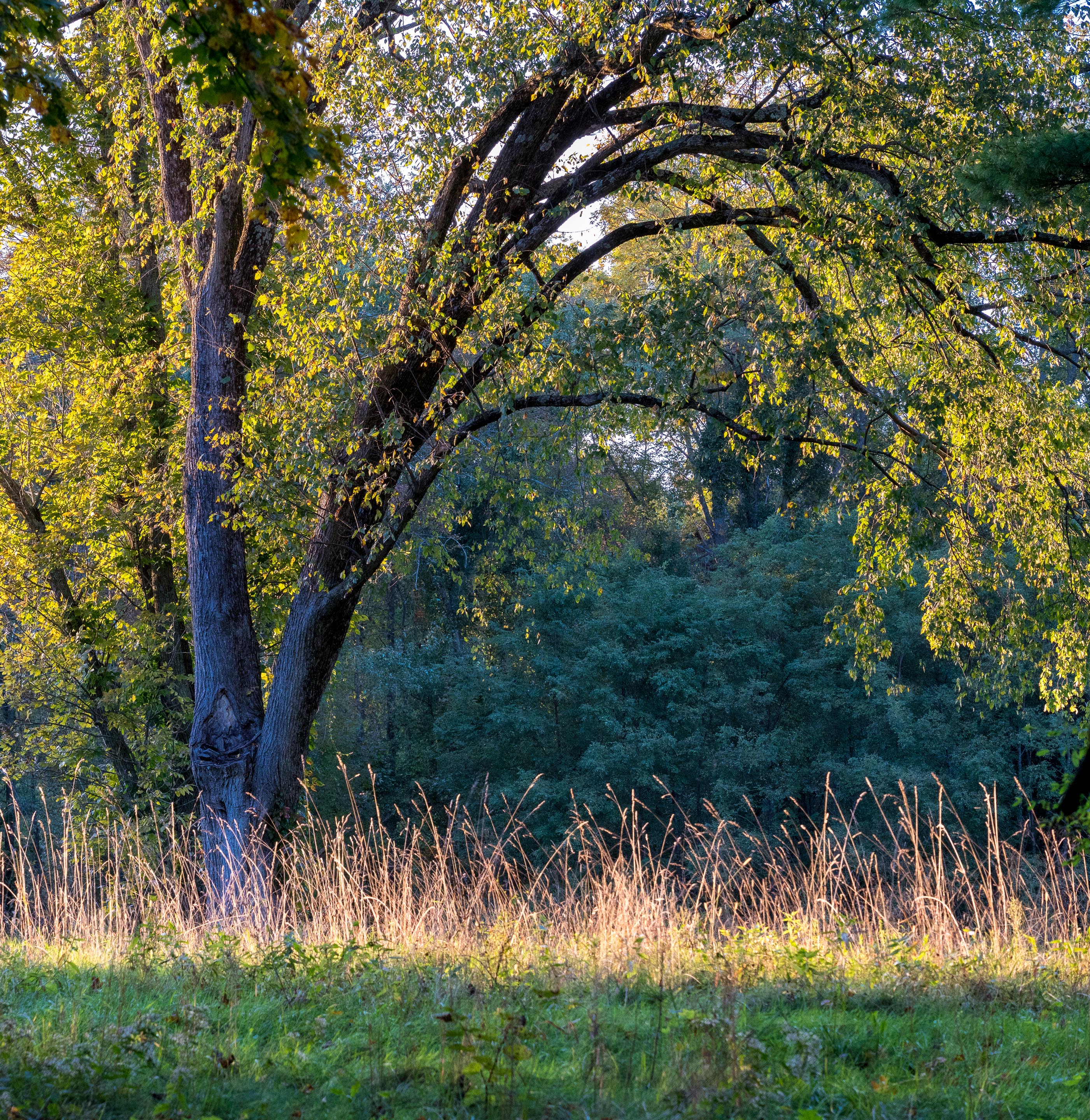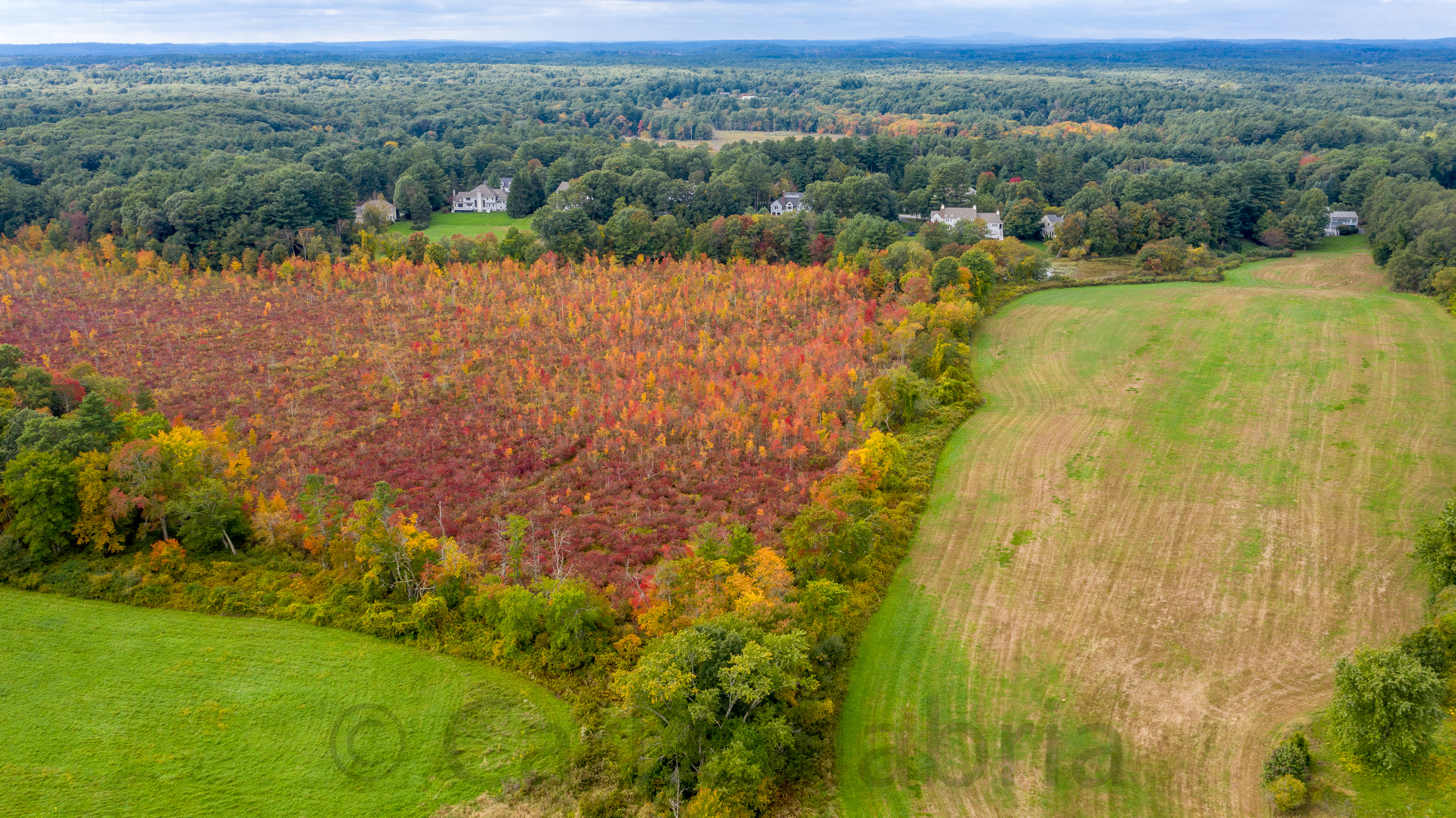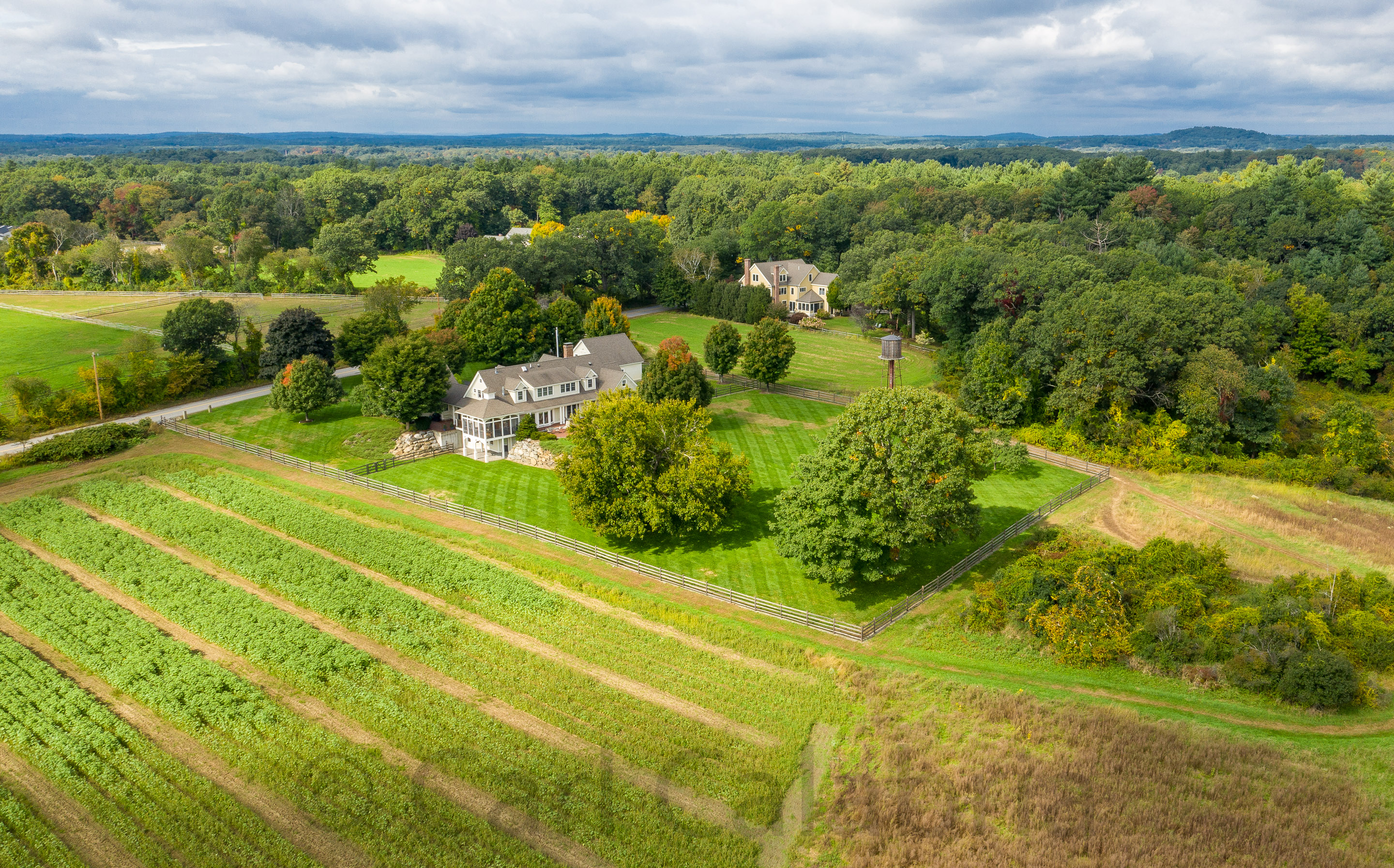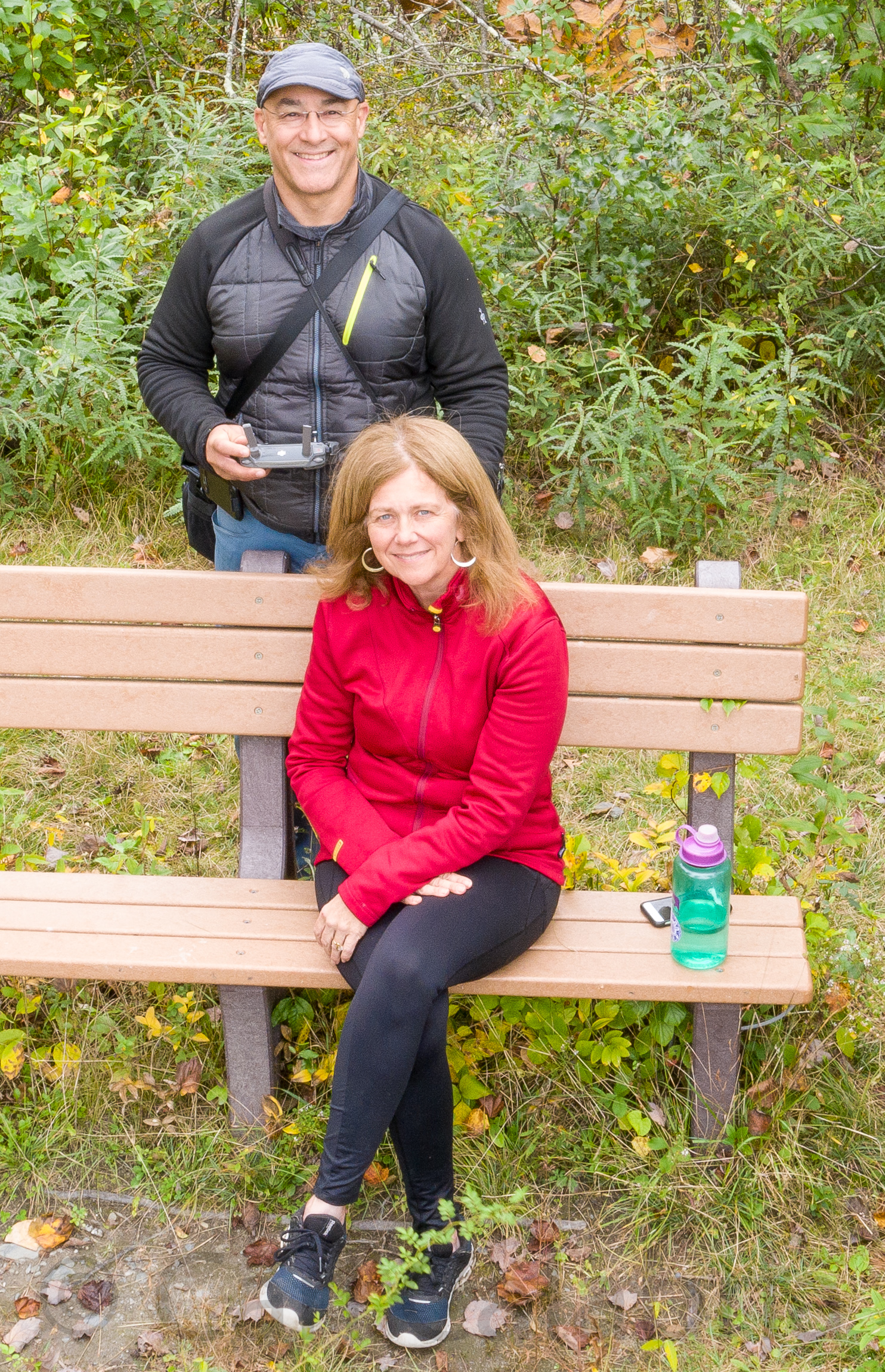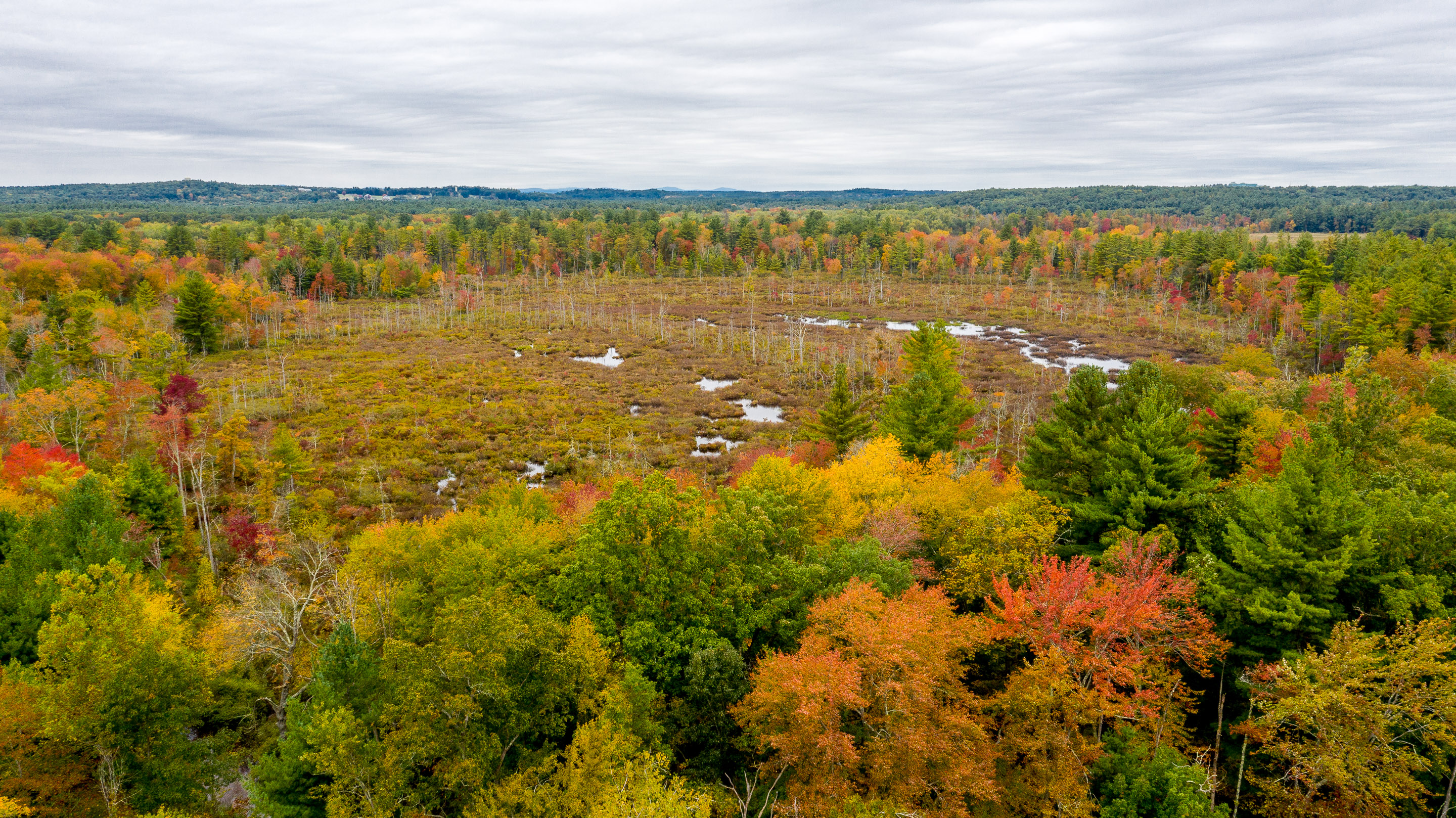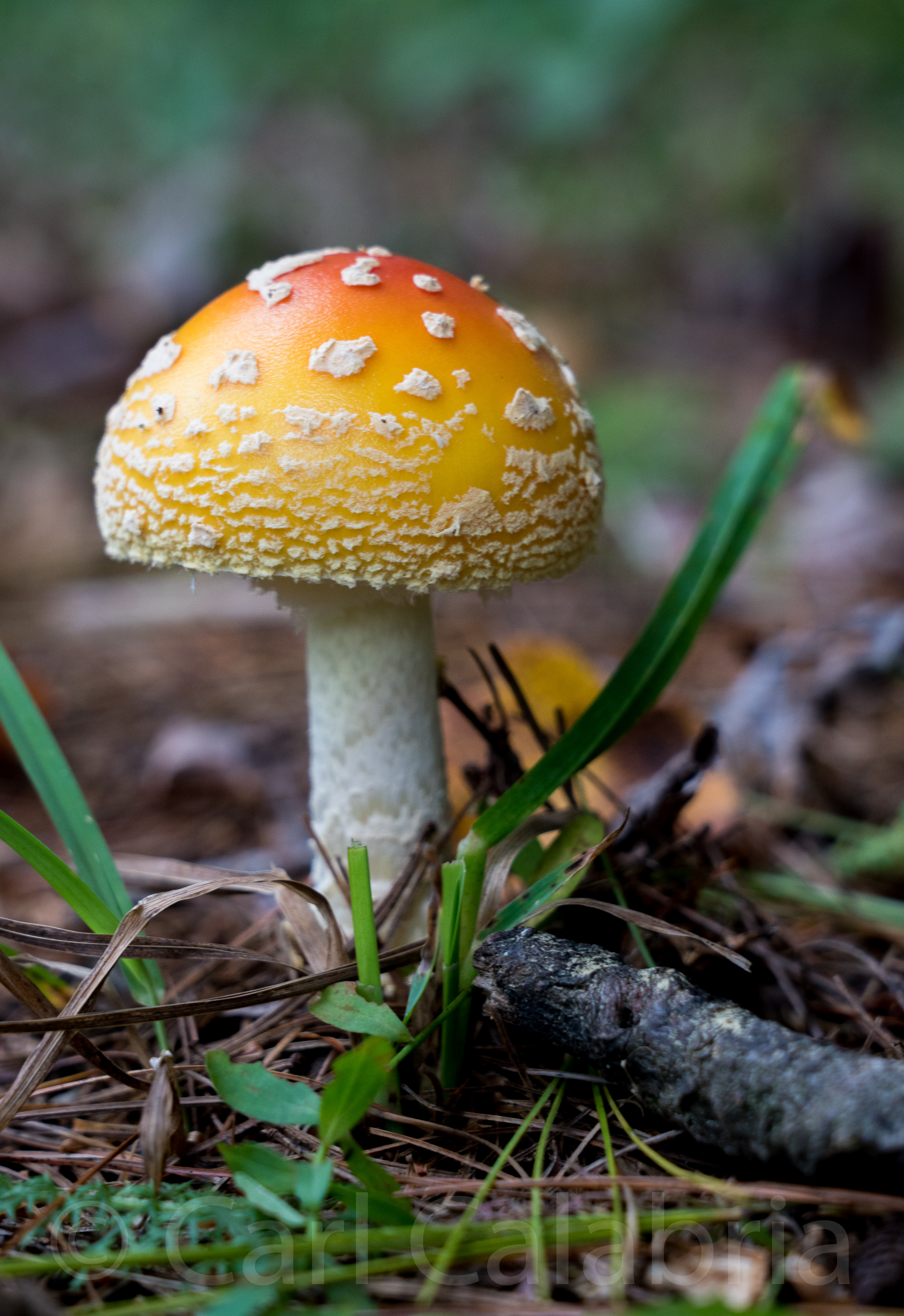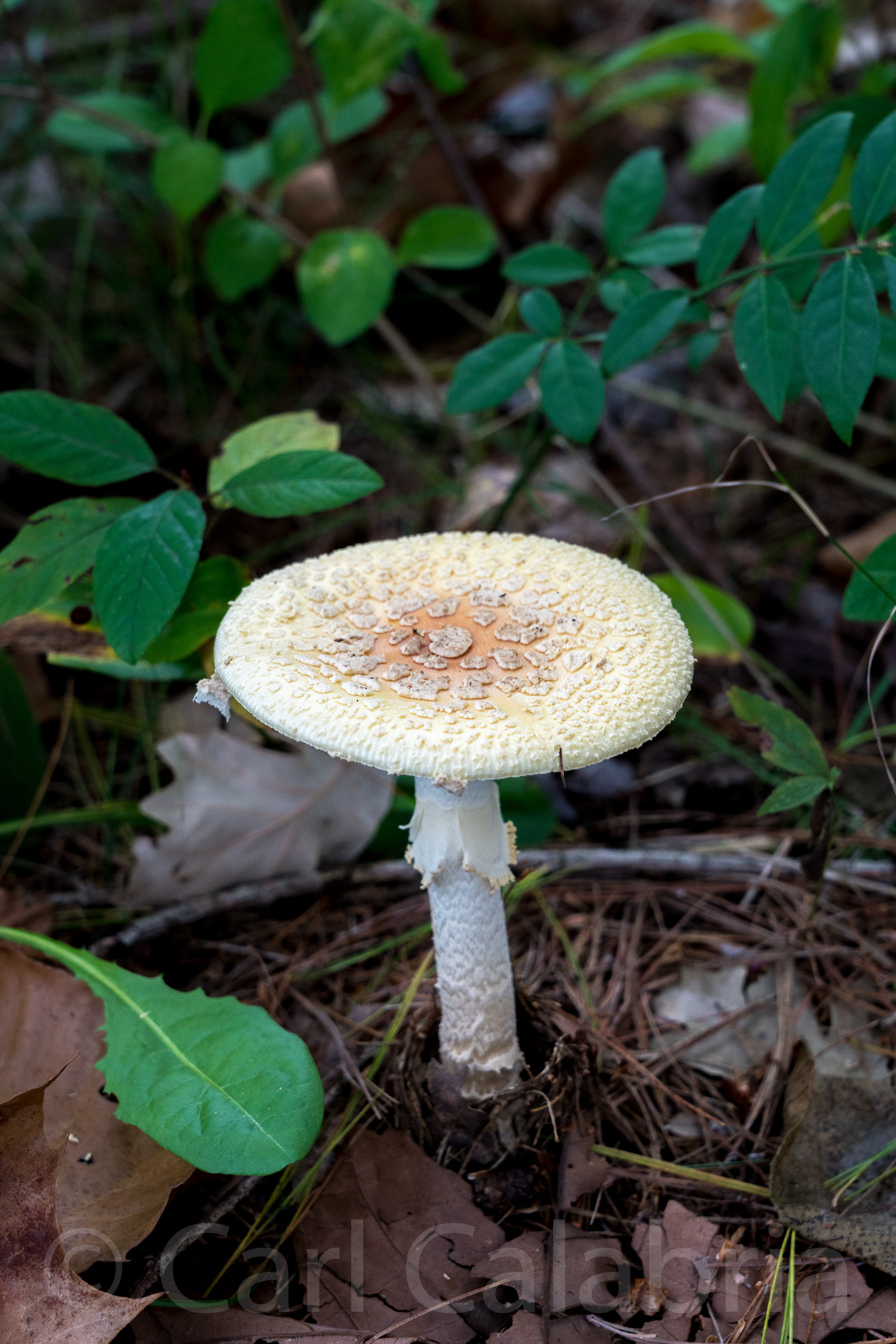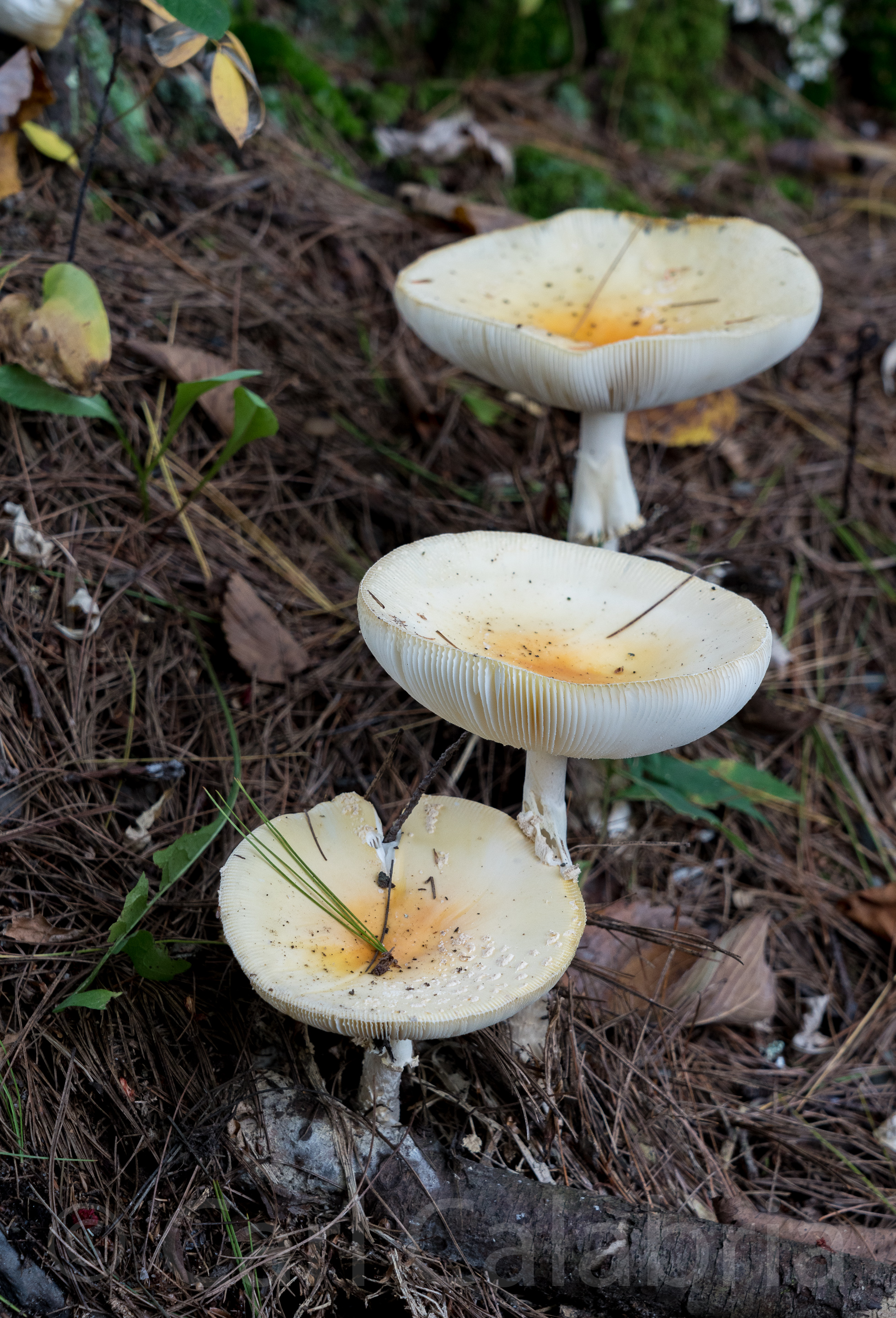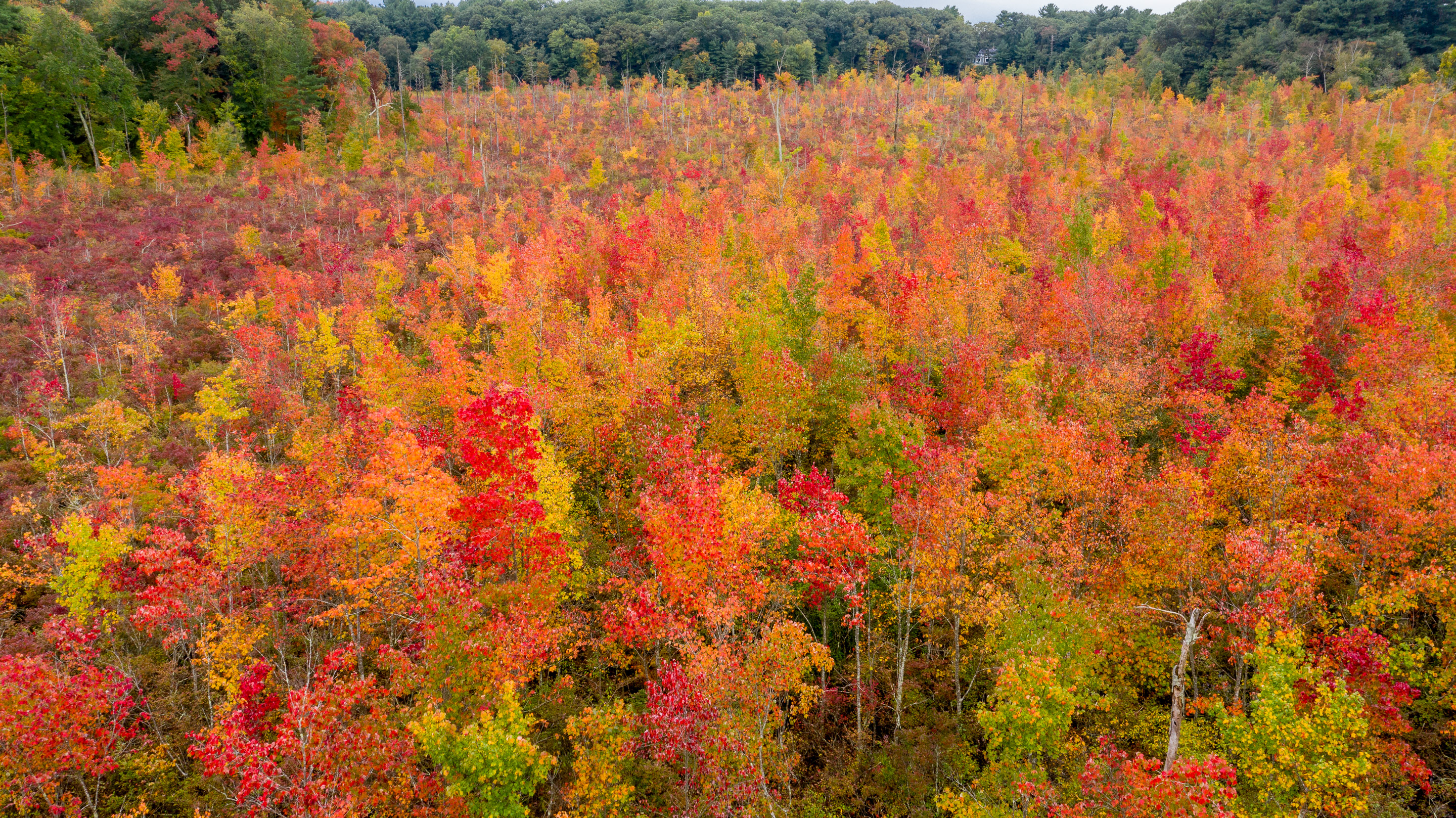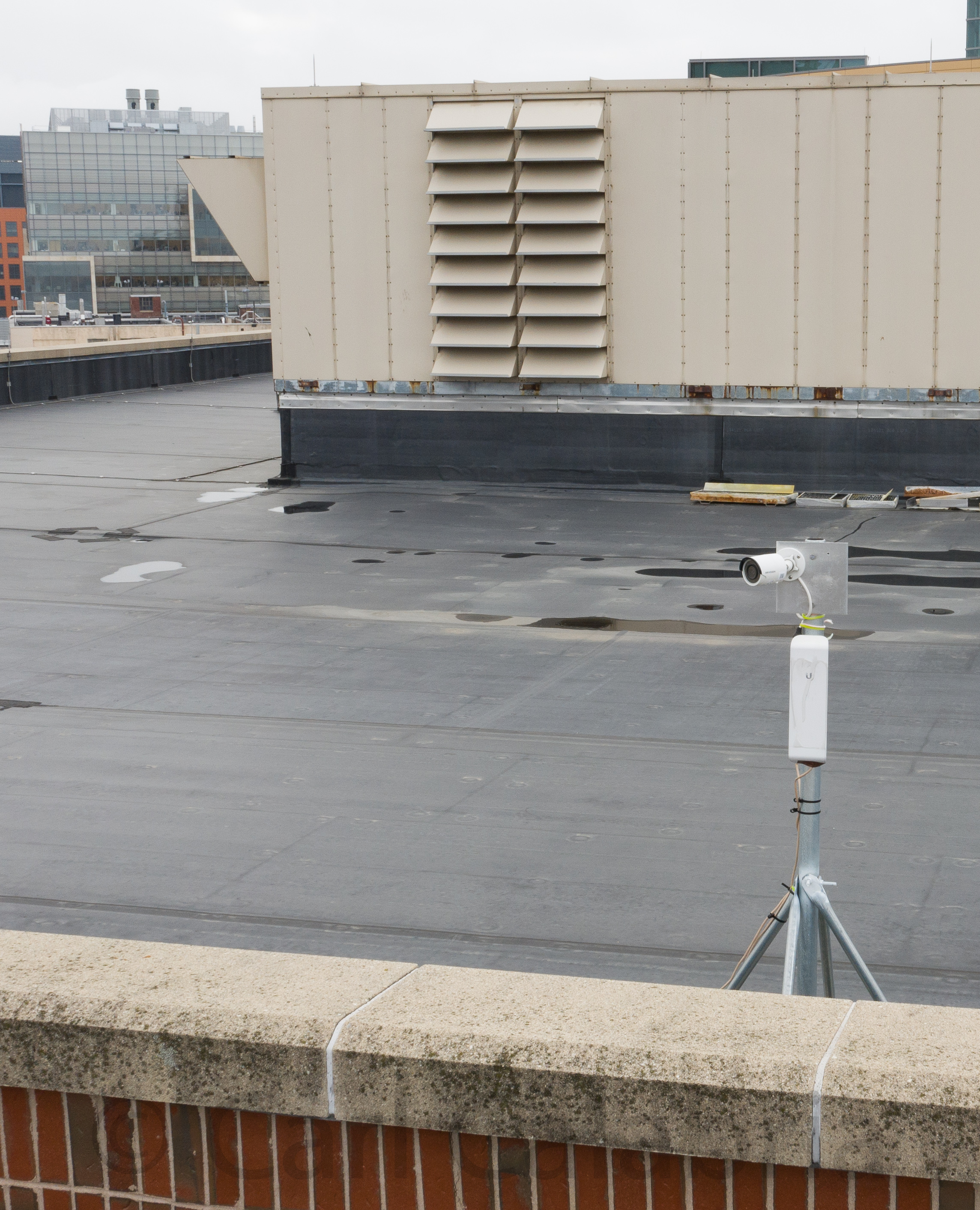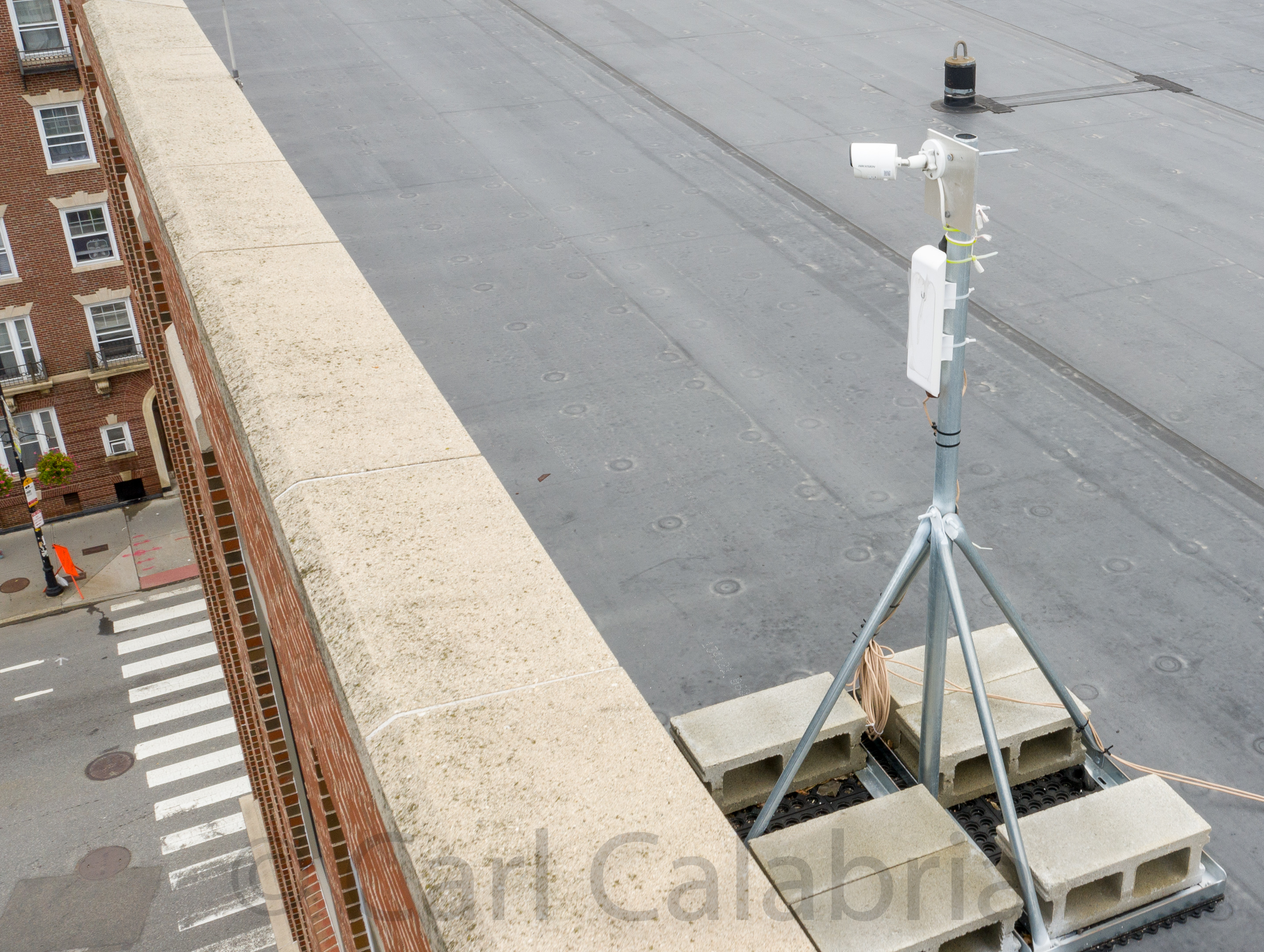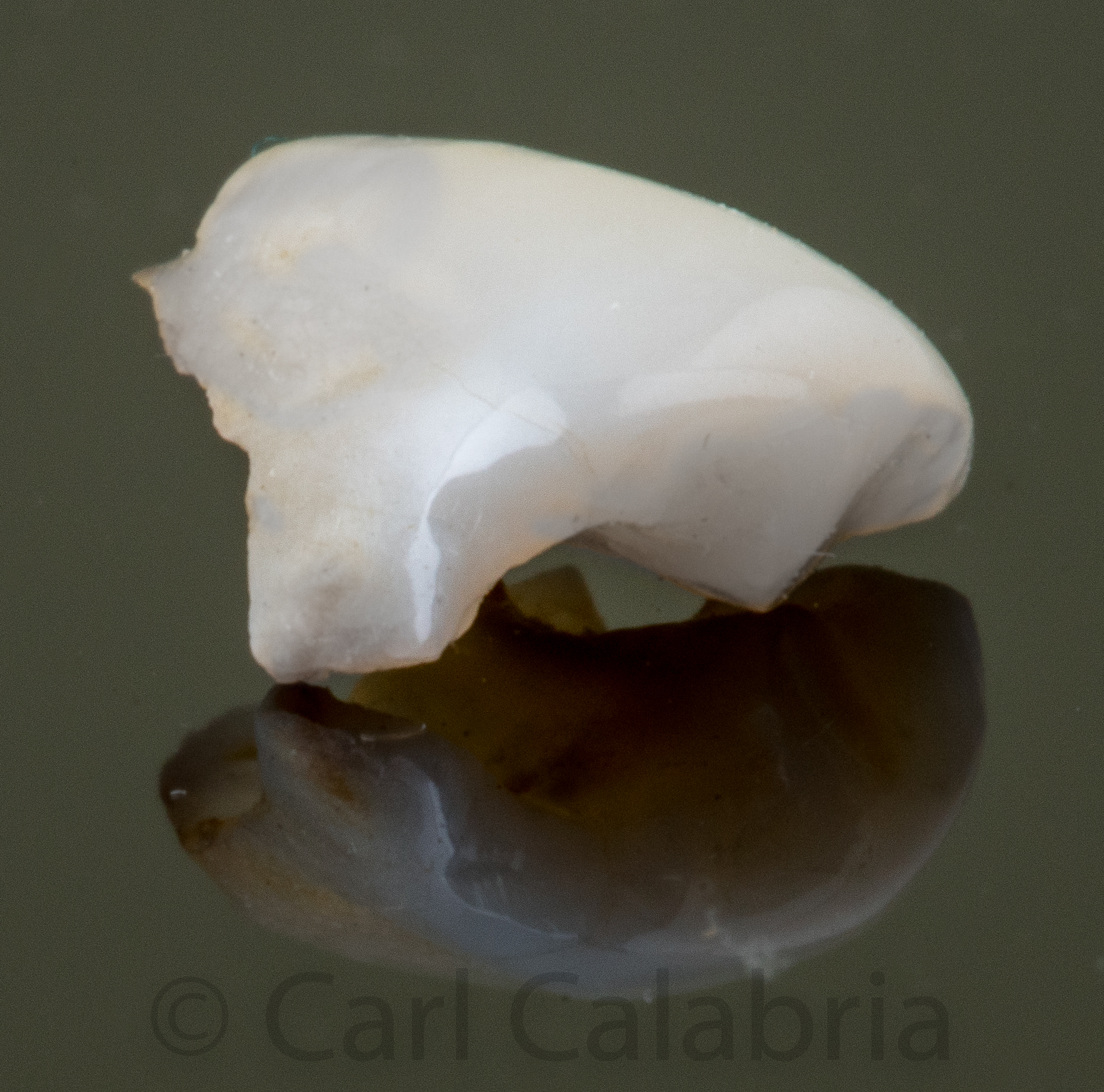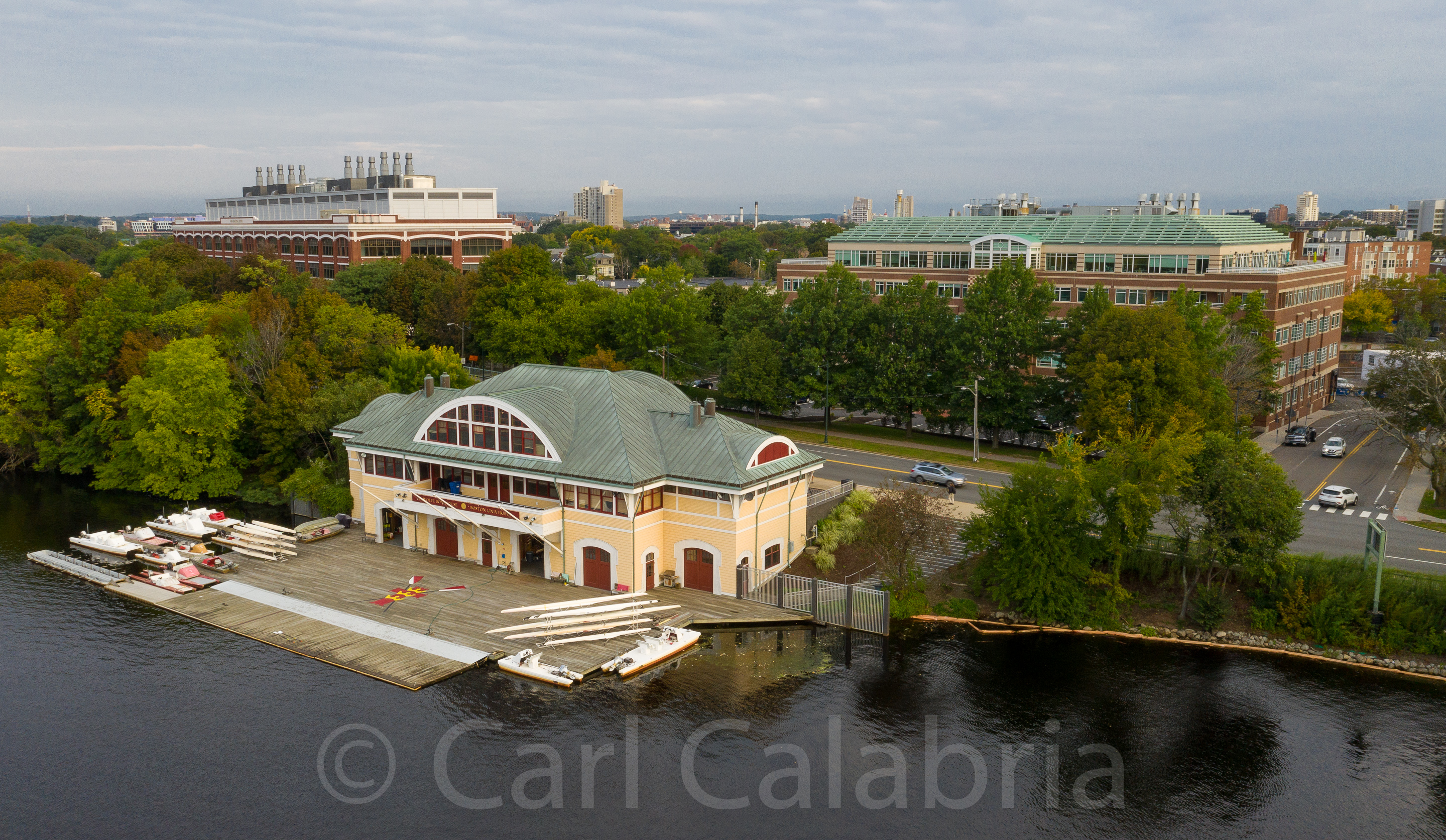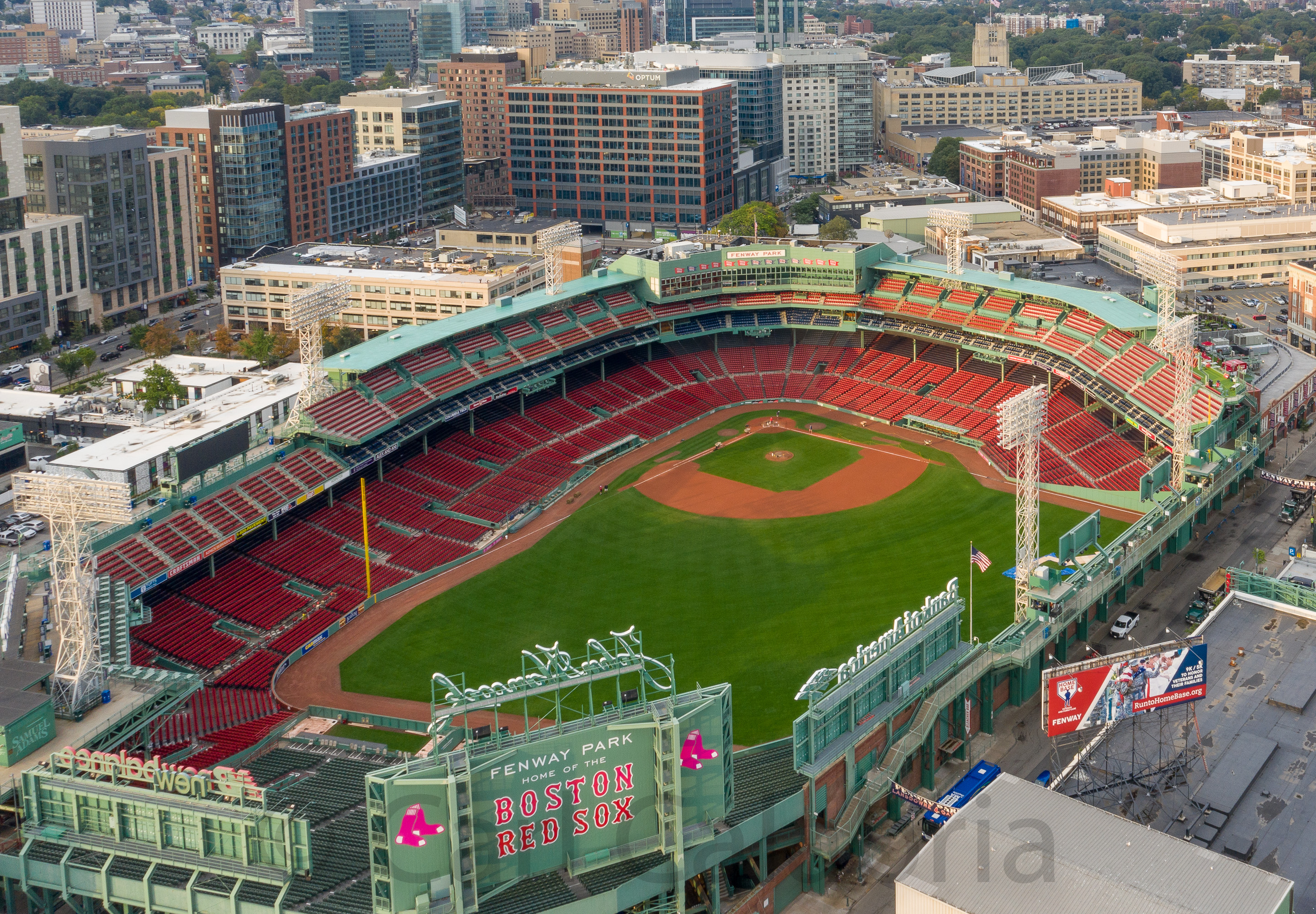Today is a rest day for all teams. A portion of the US contingent used the time to visit Guanajuato, one of the most beautiful urban tapestries I have ever seen. I have a 21 image stitched panorama of the entire city of which the above photo is but a single panel. It may be my favorite pano of all time.
After viewing the city from above we went on a short walking tour of the main open air market where we had lunch and later visited the Parroquia de Basílica Colegiata de Nuestra Señora de Guanajuato and the Teatro Principal.
We then re-boarded our tour van which took us to the Museo de las Momias de Guanajuato, a most appropriate destination on this first Day of the Dead (Día de Muertos). On display here are 59 mummies of a collection that totals 111. The naturally mummified bodies interred during a cholera outbreak in 1833 were later disinterred when a local tax was imposed for “perpetual” burial. Bodies for which the tax was not paid were exhumed and those in the best condition were stored and are now a major attraction for the city.
Continuing on our tour of truly haunting stuff, we next stopped at the Galeras de la Inquisicion, the most horrifying place I have ever visited. Here, in the name of the Catholic religion, indigenous people who failed to renounce their traditional beliefs were tortured to death in the most gruesome and drawn-out ways imaginable. For all the importance and meaning it has for so many, it never ceases to amaze me how much killing has been and continues to be done in the name of religion. Some victims were locked into the chamber pictured below until they bled to death or died of thirst. This was one of the more benign methods used. I will not describe the more heinous ones.
Our final destination was distinctly more uplifting, to the tune of 8,900 feet. The Cristo Rey (Shrine of Christ the King) stands 75 feet tall atop the summit of Cerro del Cubilete (Dice Cup Hill) and was completed in 1950 after a smaller statue was destroyed in 1928 by the anti-religious (and particularly anti-Catholic) regime of President Plutarco Elías Calles.
When we returned to San Juan de los Lagos we rejoined the rest of the team for a formal dinner in honor of all the World Cup athletes, their delegations and the referees, some 500 people. We were treated to more musical and dance performances as well as a lovely dinner. Pictured below are a couple of the 40 odd tables located in the open air court yard of a local school. Nicolai can be seen on stage, where team captains from all countries were invited to try a Mexican game of dexterity called Barrel on a Stick. Not a single one could catch the barrel, including the Mexican captain who, no doubt, was both familiar with the game and had plenty of time to practice.

